Rich History
Christopher Columbus is credited with “discovering” the Virgin Islands in 1493, but, in fact, they had already been inhabited for 3,000 years. It is believed that the original settlers were the nomadic Ciboney Indians, who migrated from the mainland of South America and lived off the islands’ fish and vegetation.
Distinct Owners of the Islands
Holland, France, England, Spain, Denmark and the Knights of Malta all sought colonies. England and Holland colonized and jointly inhabited St. Croix in the 1620s. The neighboring Spanish on Puerto Rico invaded the small colony; the French then quickly moved in, removing the Spanish and taking over themselves. St. Croix remained a French colony until 1733.
Enter the United States
In 1867, the United States attempted to purchase the islands from Denmark, but the treaty was rejected by the U.S. Senate in 1870; the asking price was $7.5 million. Following its acquisition of Puerto Rico in 1902, the United States expressed renewed interest in acquiring the Danish islands. This time, the United States offered to pay only $5 million, and the Danish parliament spurned the offer.
On the eve of its entry into World War I, Denmark agreed to sell them in 1916 for $25 million, a staggering sum to pay for island real estate in those days.
By 1917, the United States was in full control of the islands, and Denmark retreated from the Caribbean after a legacy of nearly 2 1/2 centuries. The U.S. Navy looked after the islands for 14 years, and in 1954, they came under the sovereignty of the U.S. Department of the Interior.
The Danes Are Gone But Their Architecture Still Stands — Some of the architectural legacy left by the colonizing Danes still remains in the islands, especially in Christiansted and Frederiksted on St. Croix, and in Charlotte Amalie on St. Thomas.
Many of the commercial buildings constructed in downtown Charlotte Amalie are restrained in ornamentation. Pilasters and classical cornices were commonplace on many buildings. Most door arches and windows were framed in brick. To “dress up” a building, ornamentation, such as cornices, was added in the final stages. The walls were covered with plaster, but in recent decades this plaster and stucco have been stripped from the walls. Underneath the rubble, well-designed shapes and patterns of old brick and blue bitch — a stone made of volcanic tuff — were discovered. The old masons may have known what they were doing. Once stripped of their plaster coating, the walls don’t stand up well in the Caribbean sun and salt air. Cast-iron grillwork on some of the second-floor overhanging balconies displays a certain architectural flair. Many of the buildings in St. Thomas originally had courtyards, or still do. These added to the living space on the second floor. In the courtyard were kitchens and, almost more vital, cisterns to capture the precious rainwater.
Similar building techniques were used on structures that went up on St. Croix. Christiansted remains one of the most historically authentic towns in the West Indies, true to its original Danish colonial flavor. The basic style was a revival of the European classic look of the 18th century, but with variations to accommodate the tropical climate. As early as 1747, the Danes adopted a strict building code, which spared Christiansted from some of the violent fires that virtually wiped out Charlotte Amalie. Frederiksted, the other major town of St. Croix, has a well-designed waterfront, with blocks of arcaded sidewalks. The quarter is protected by the government as part of Frederiksted’s National Historic District. (From: History in Virgin Islands | Frommer’s)
I flew into St Thomas and made Charlotte Amalie’s historic city center my base for the trip. The architecture is still quite preserved for the time. Jewelry stores adorn a full block in the city. These stores are private names (generally speaking), though they did sell the popular brands of luxury watches.
US Virgin Islands pay US Federal taxes but are more or less governed by themselves. Majority of what they need is imported in from mainland US.
I noticed locally made alcohol was very inexpensive, prices in general were lower than most major US cities (Prices for dinners, drinks etc).
One unique thing I saw was the one dollar Safari buses, basically a pick up truck converted with horizontal sitting for the local folks to use to get around cheaply.
I did decide to wander on one and just explored the island on the open air vehicle.
What I noticed the most about these Islands is that they didn’t have those massive resorts everywhere. Which was really nice to see, the charm of the islands is still present. Gorgeous beaches everywhere. You can see beautiful new homes to small cottages. Some of the islands are still recovering from the recent hurricanes.
All in all, a great way to spend a week and get away from the colder weather in the US. Ferry service is a great way to island hop.
I took a sea plane to get to St Croix, which was a fun experience…quick 35 minute flight with beautiful views. I took a walking history food tour on St Croix. First stop was Singhs Fast Food, hole in the wall place, serving Trinidad style stuffed puris, called doubles! Very tasty!
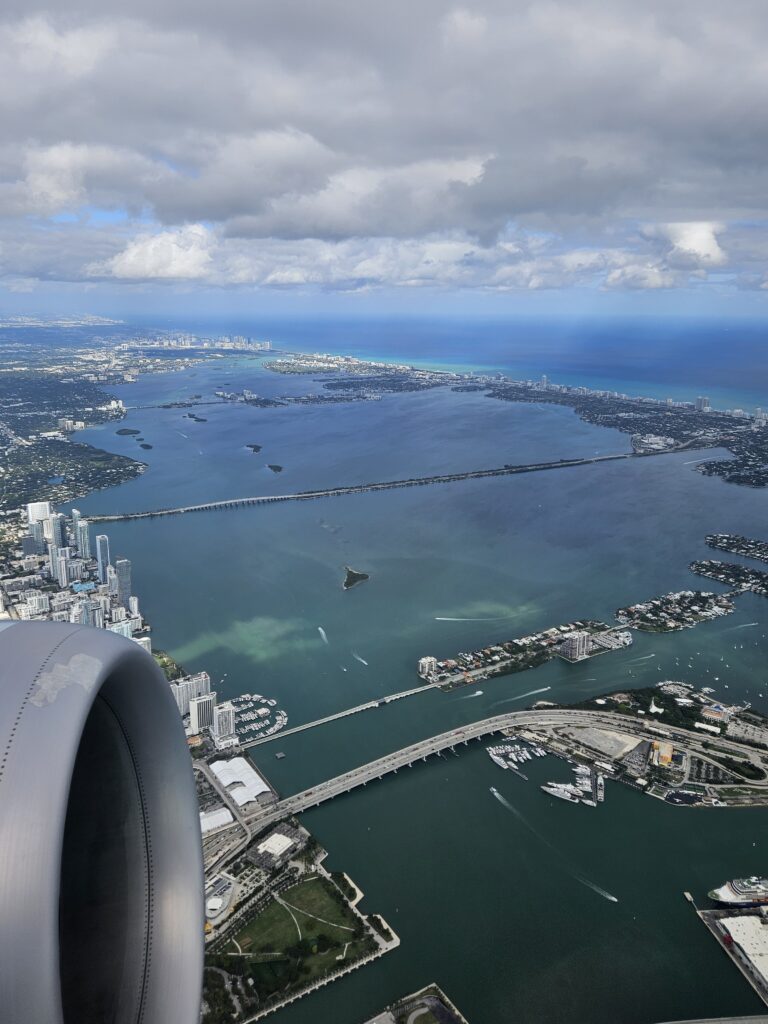
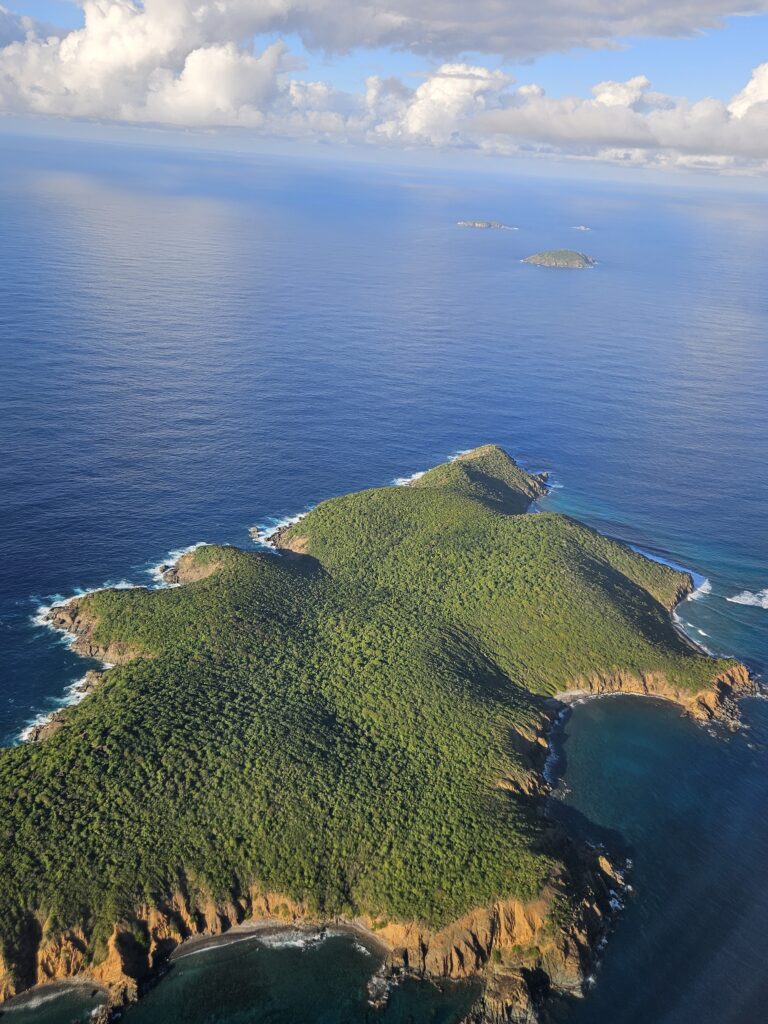
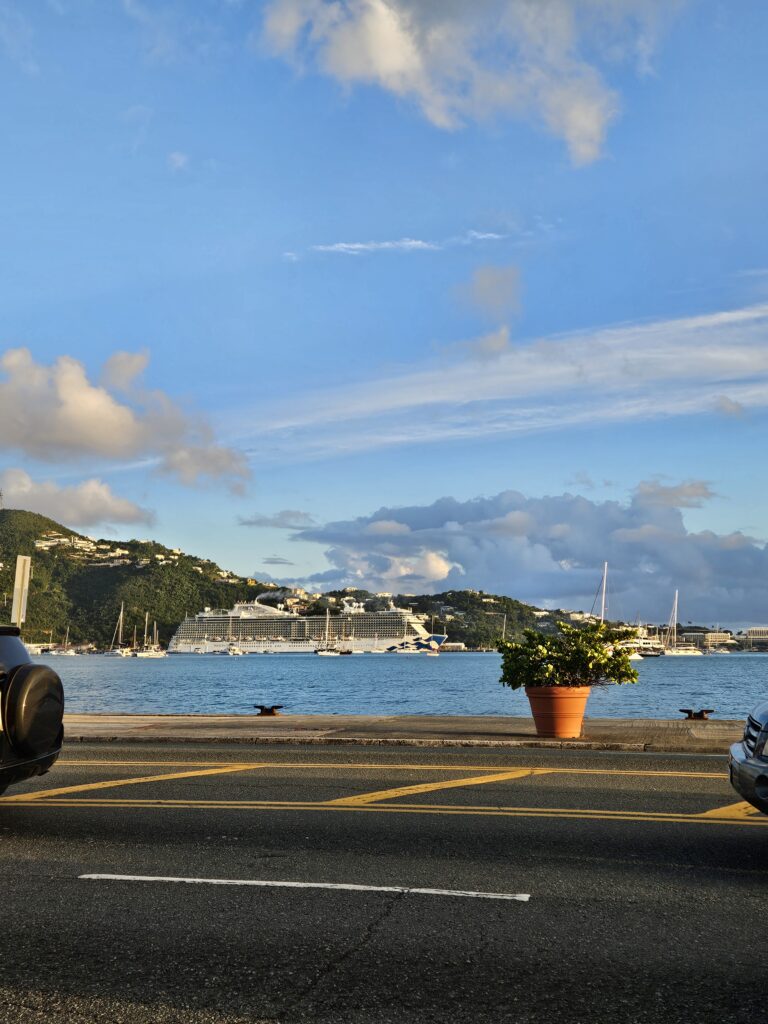
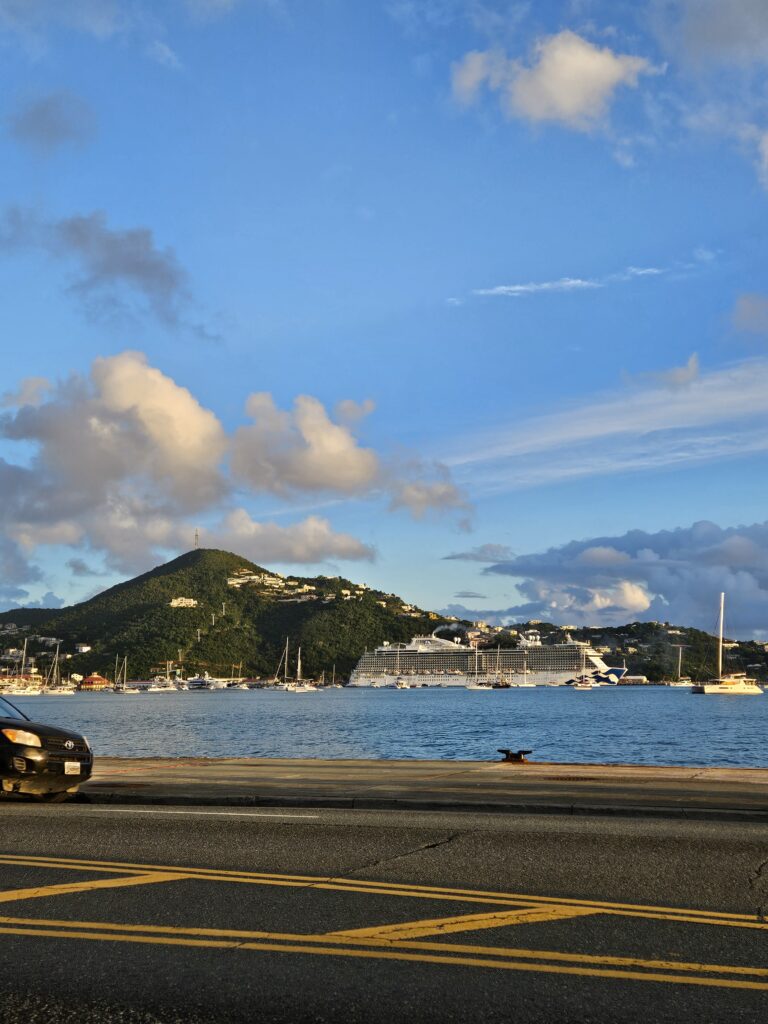
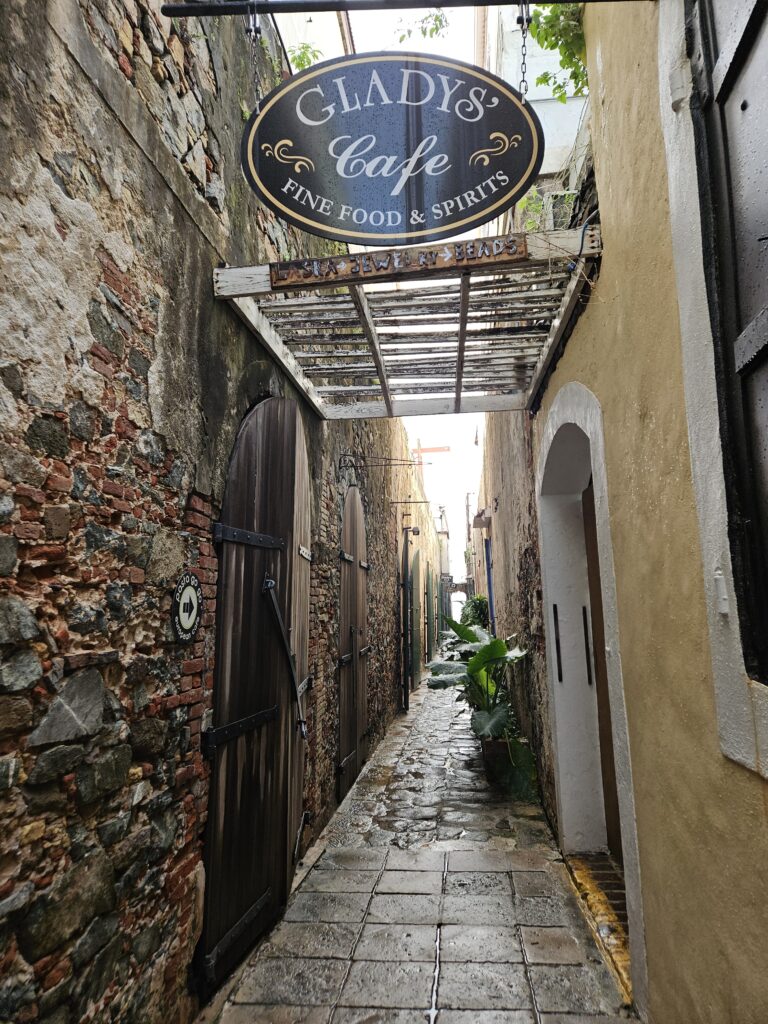
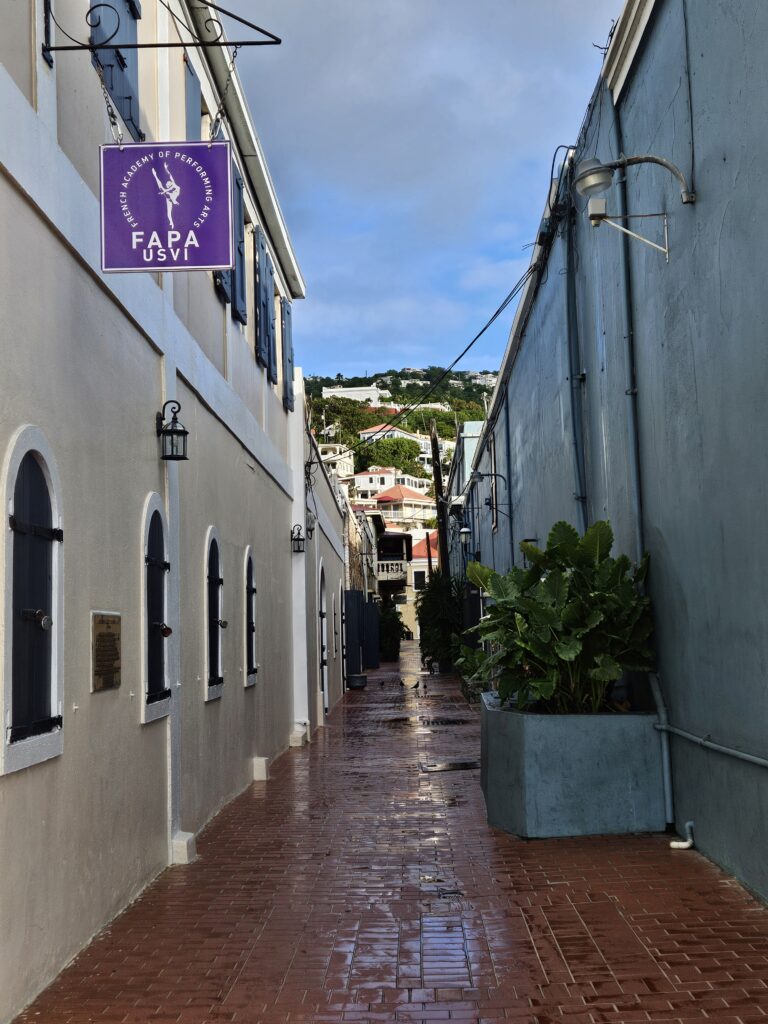
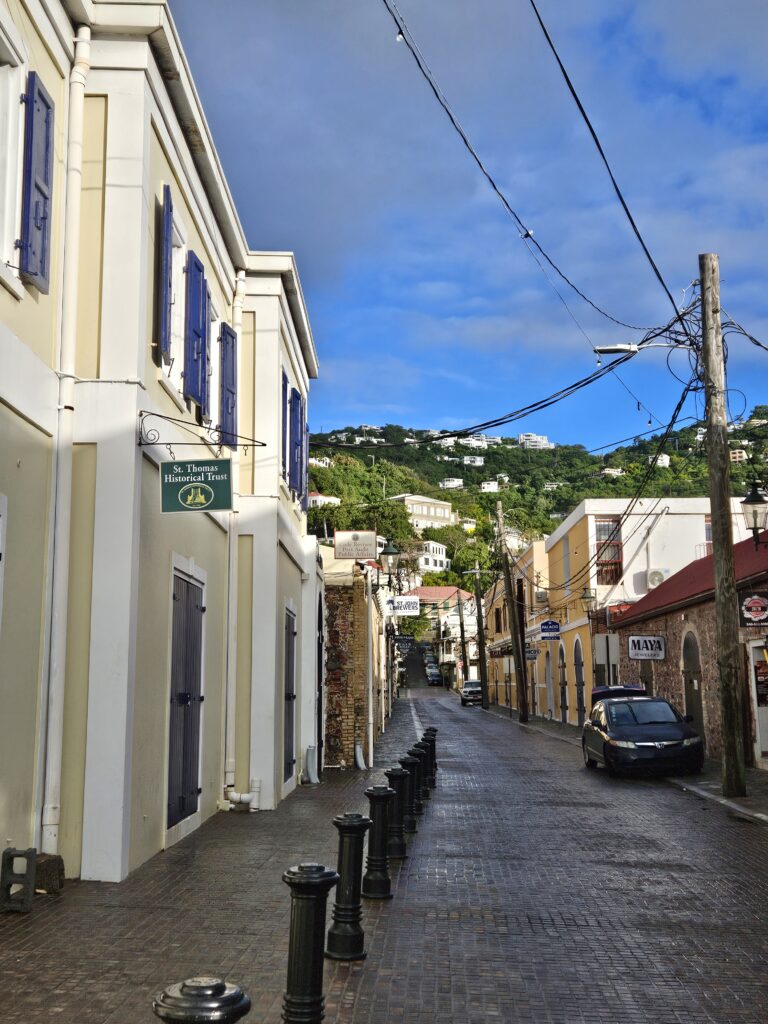
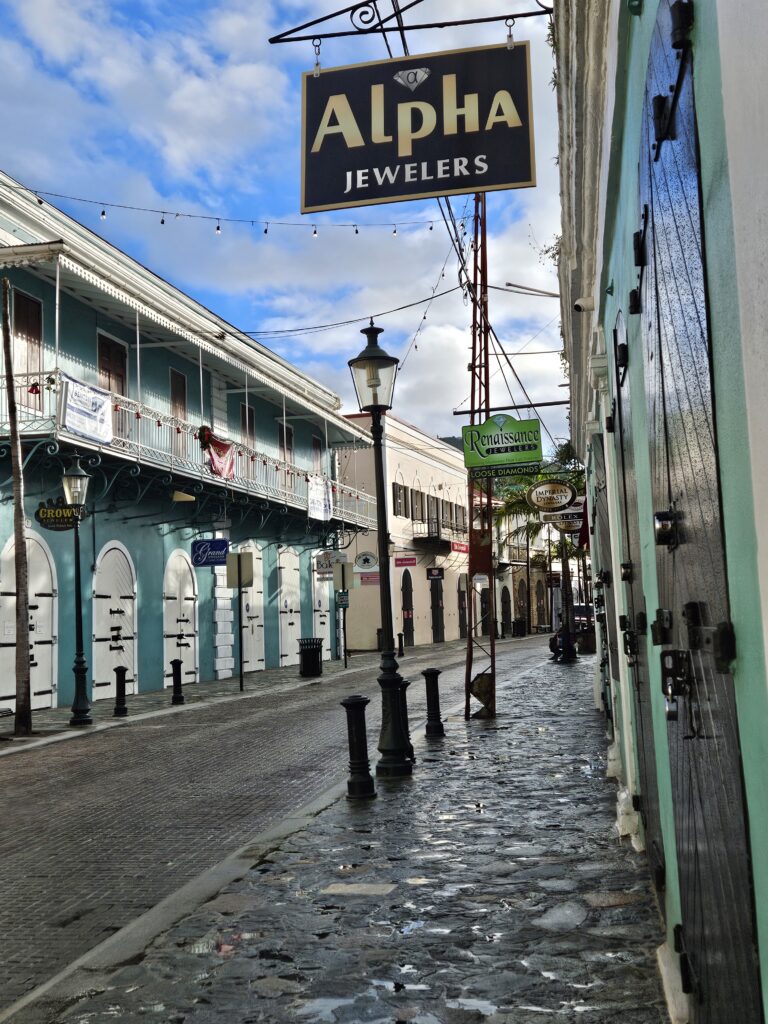
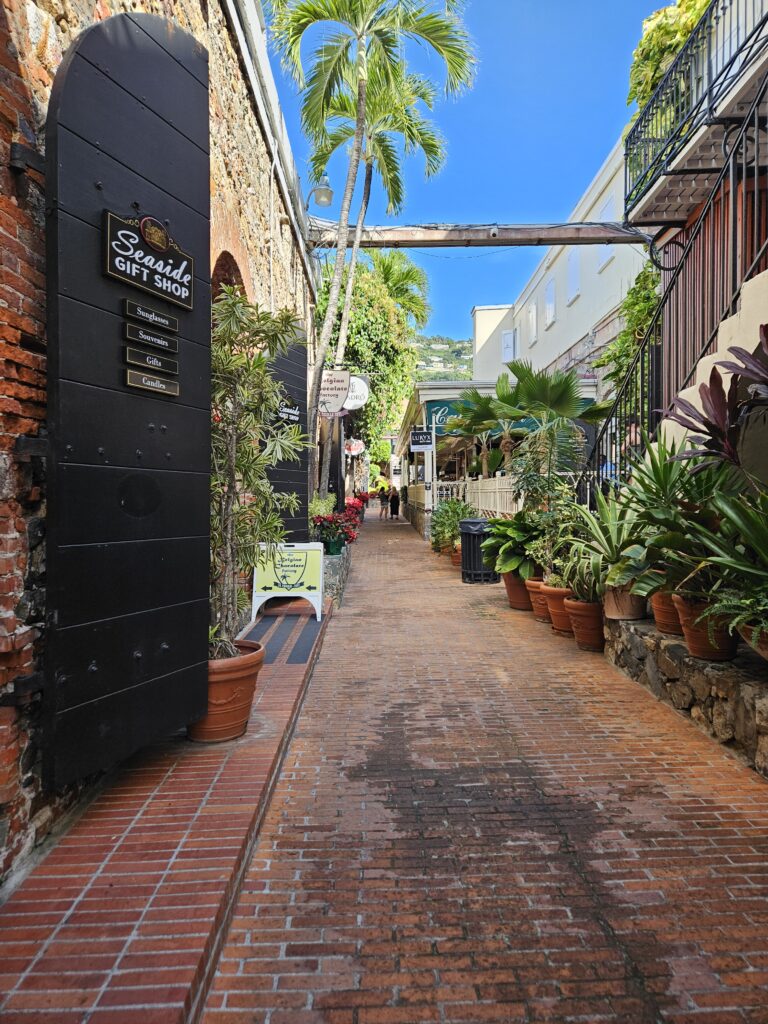
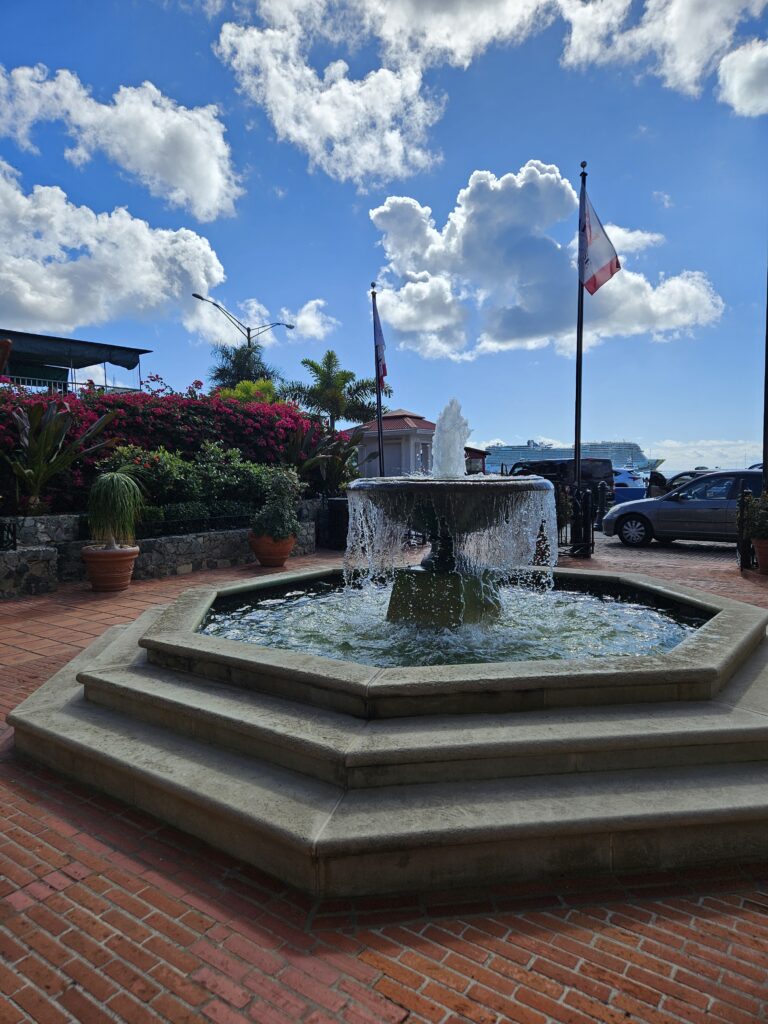
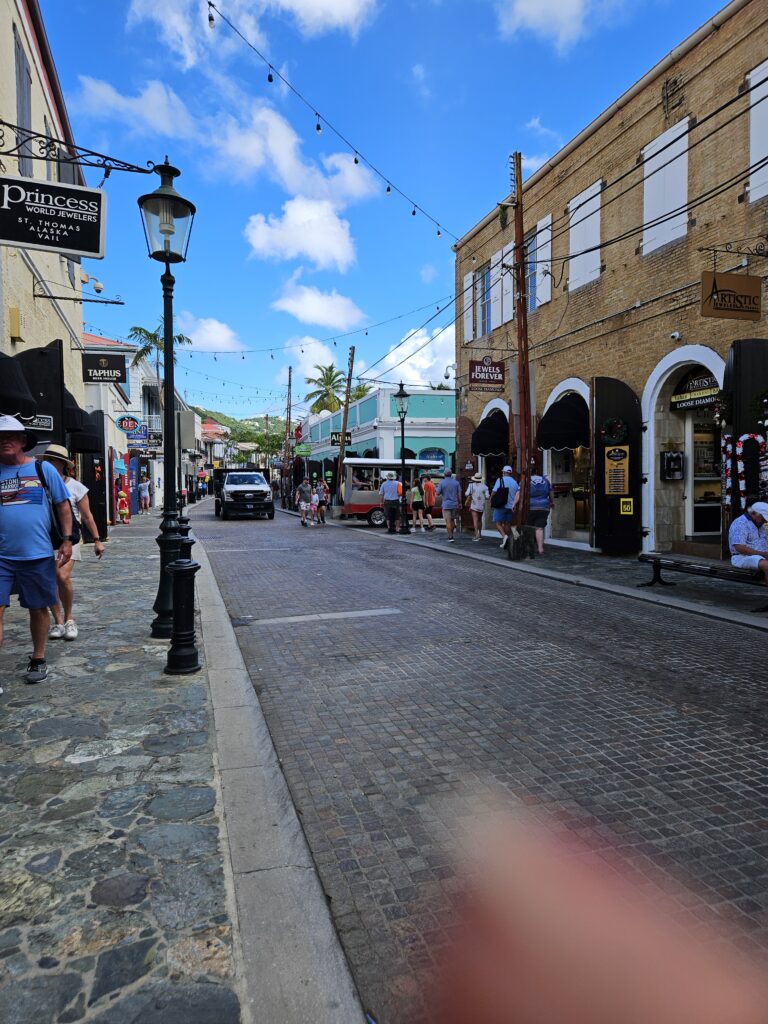
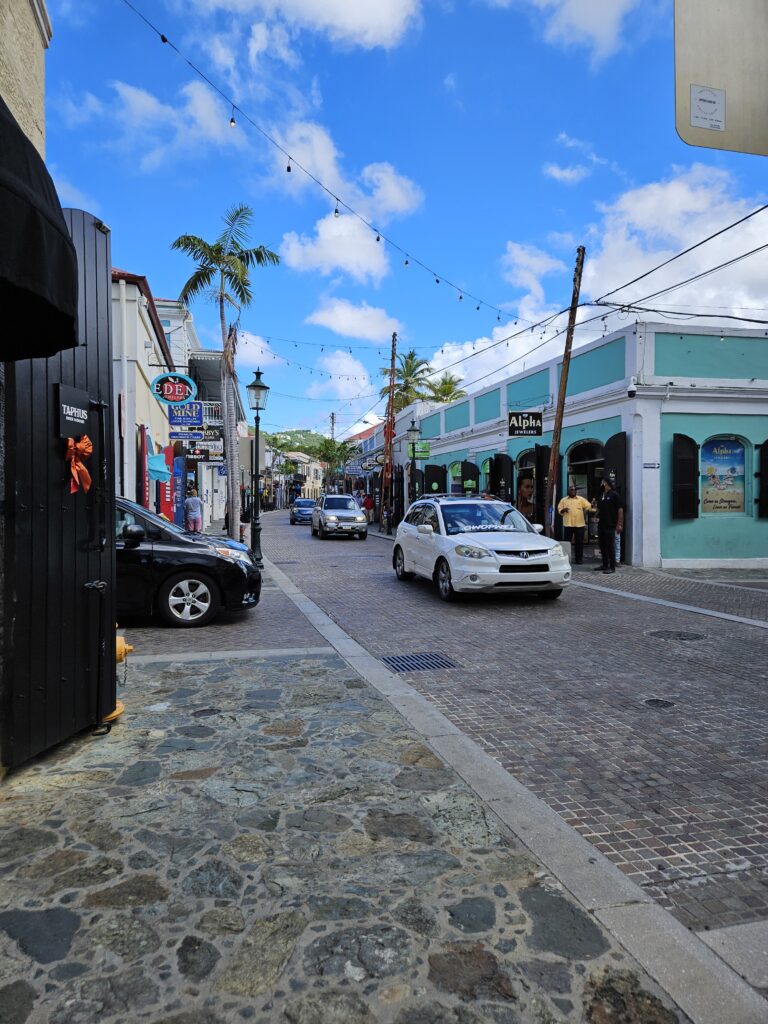
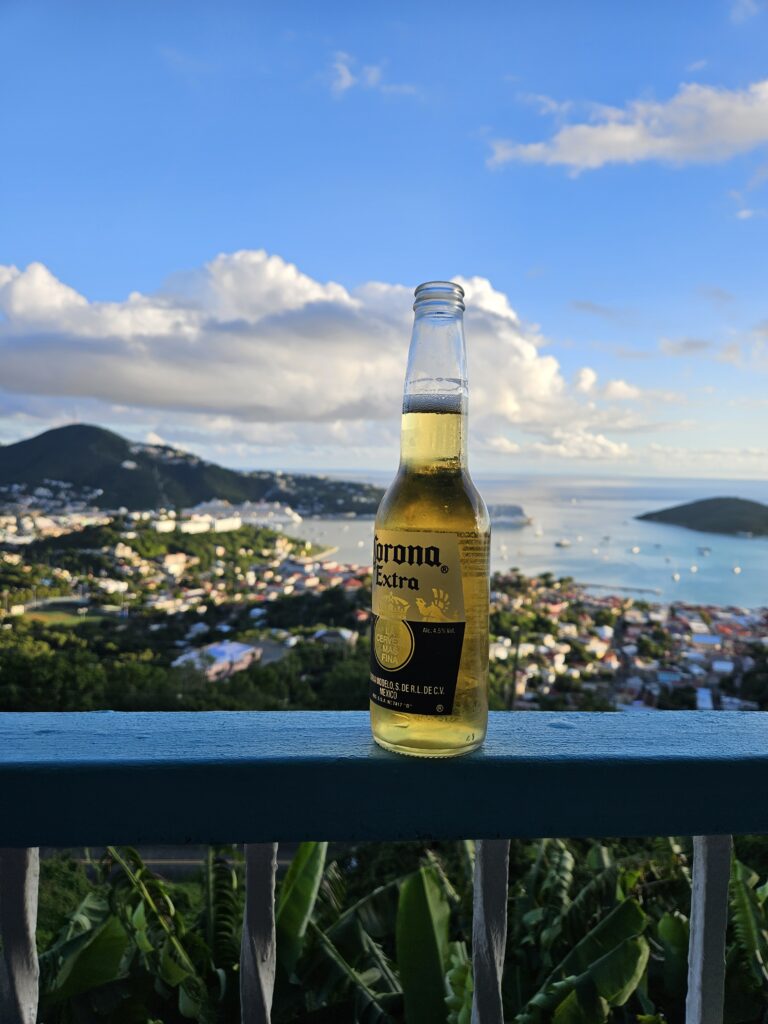
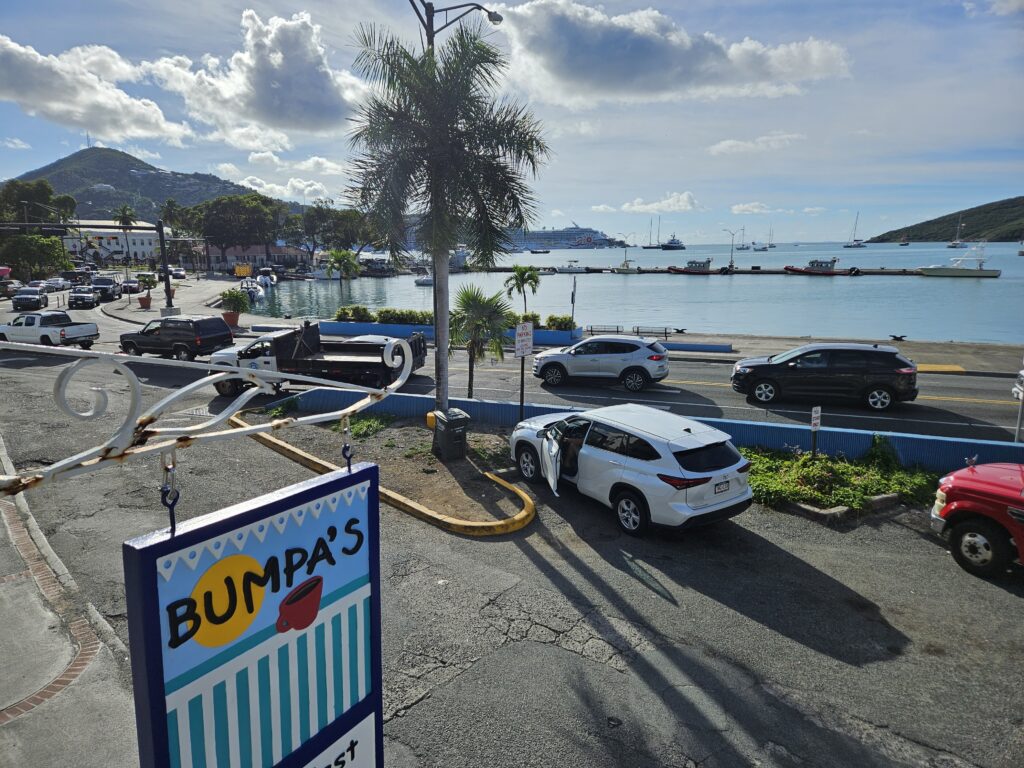
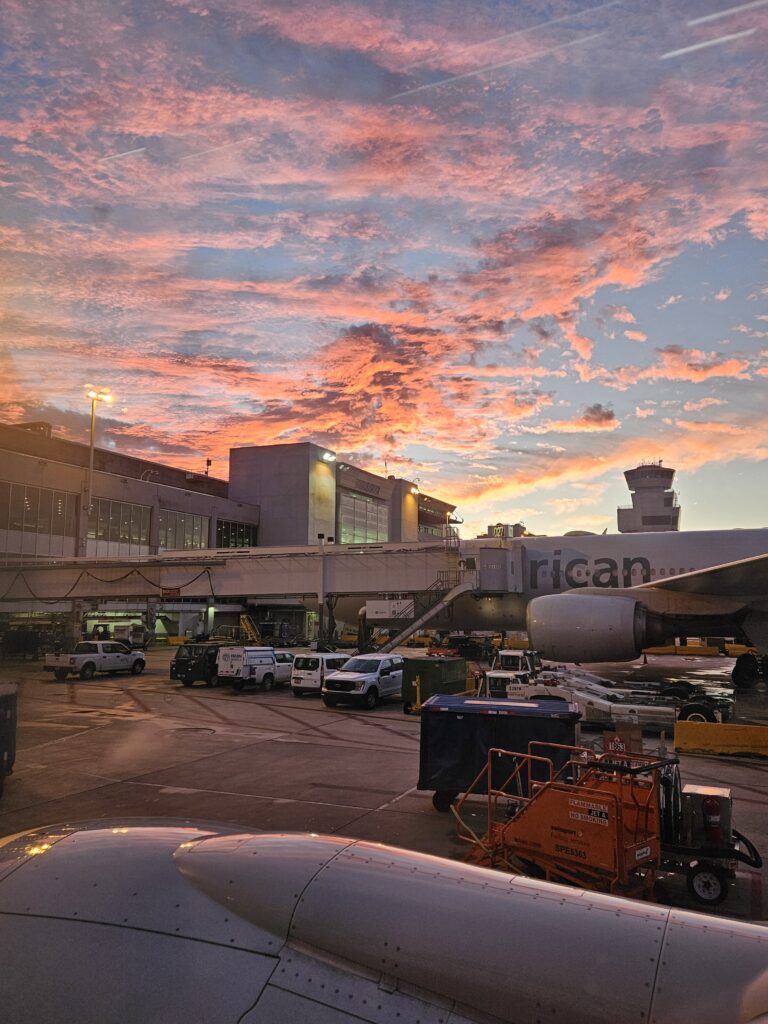
Charlotte Amalie, St Thomas
St John
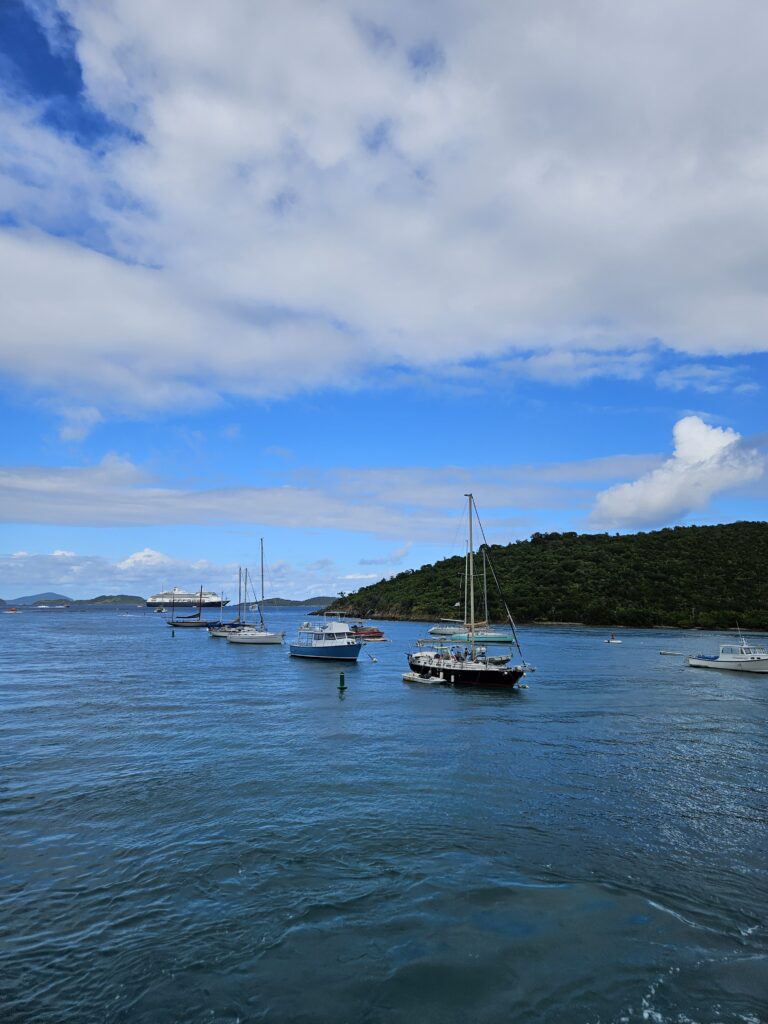
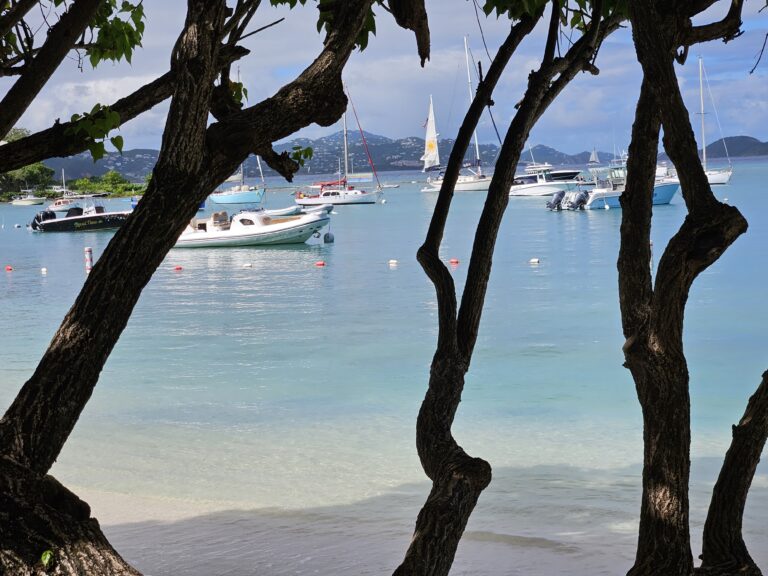
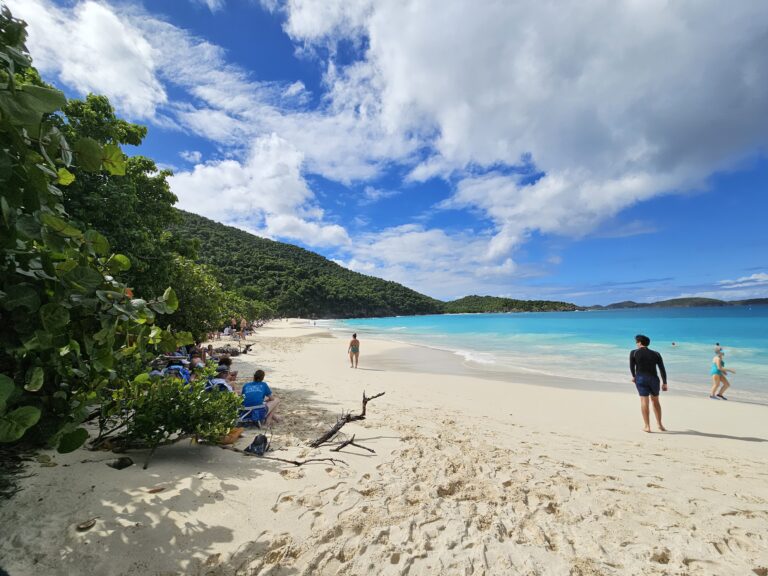
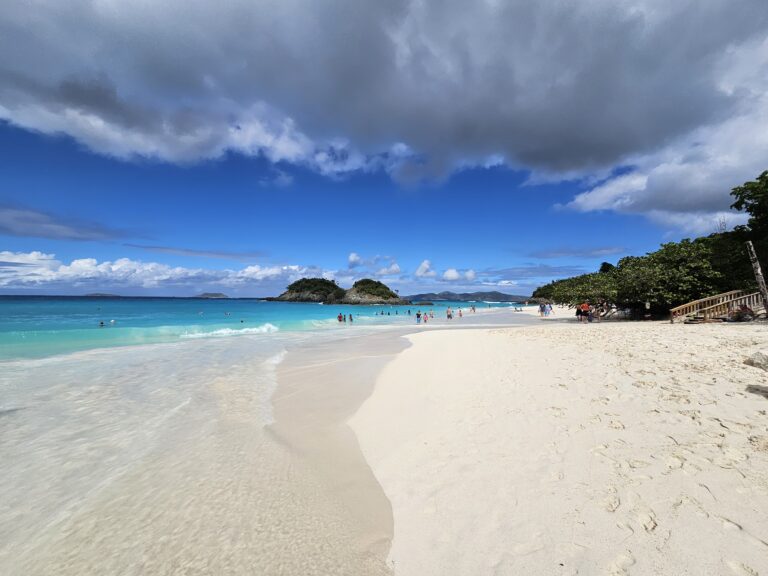
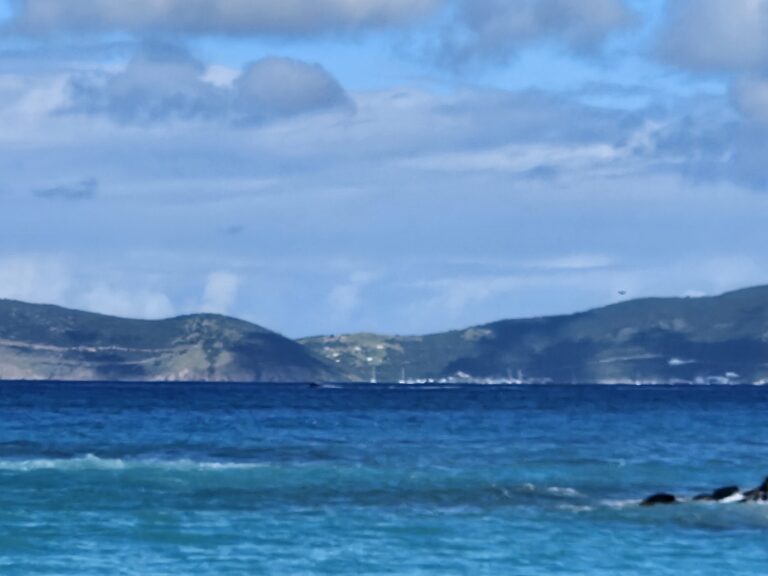
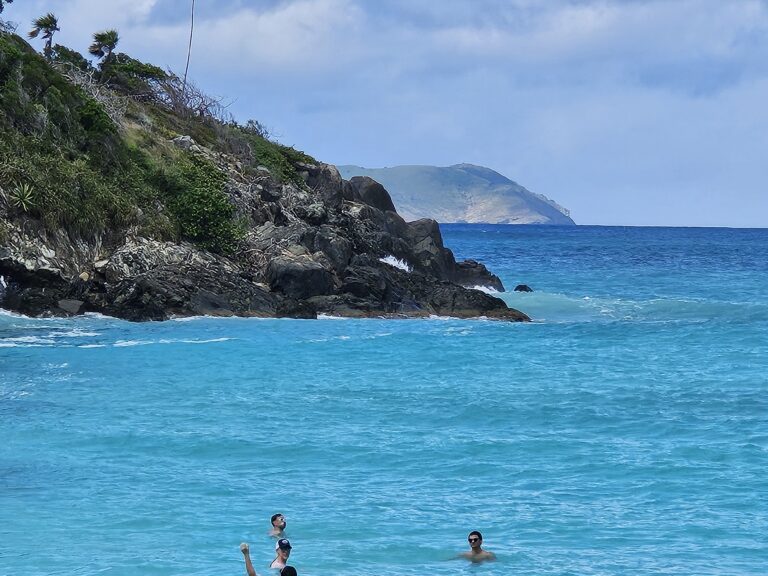
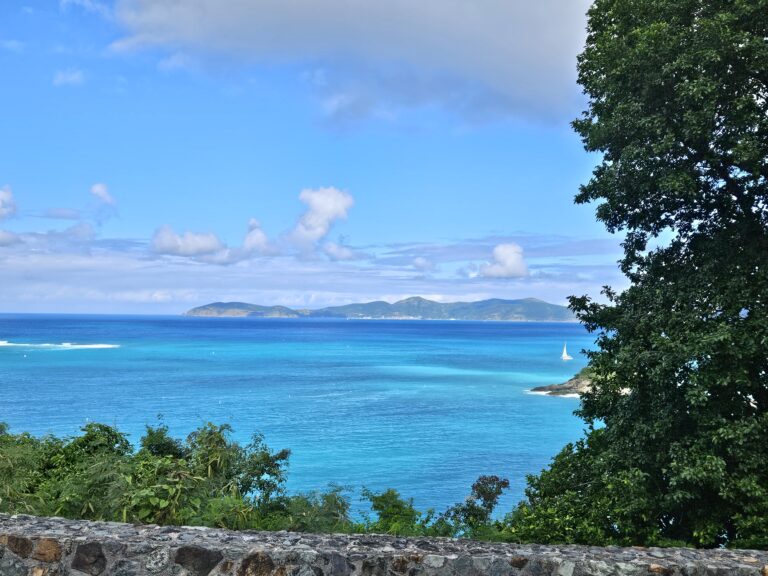
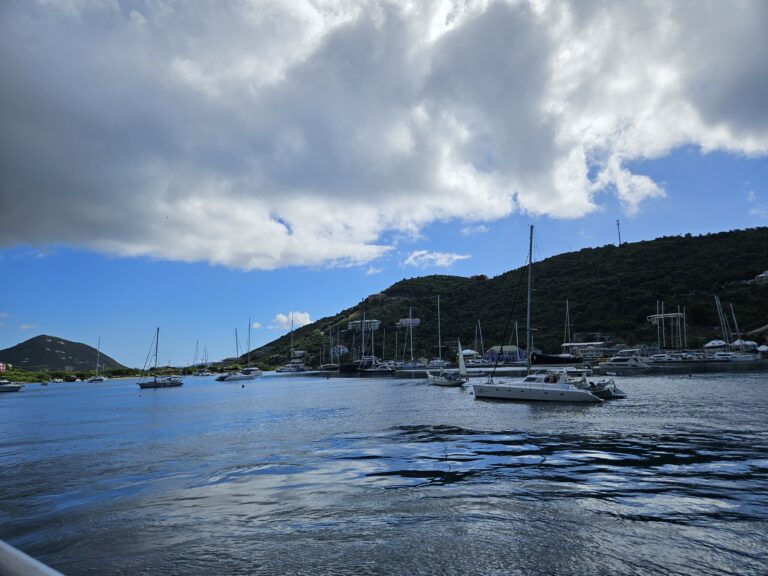
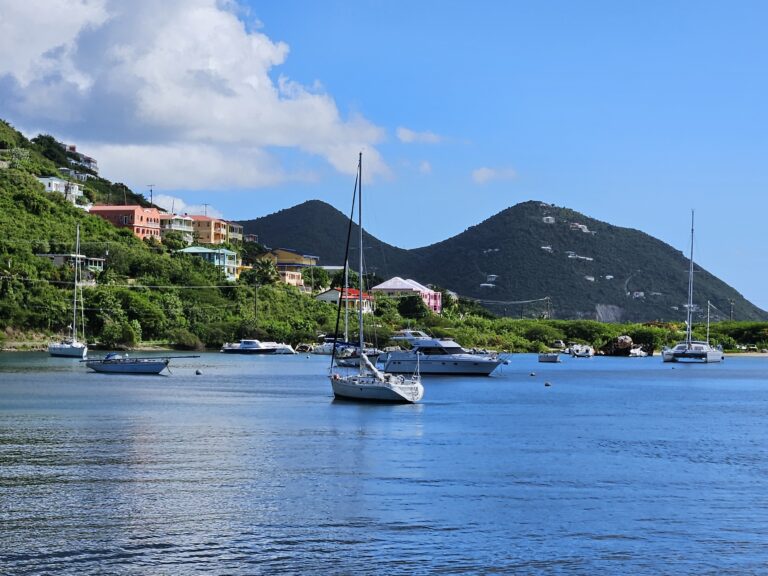
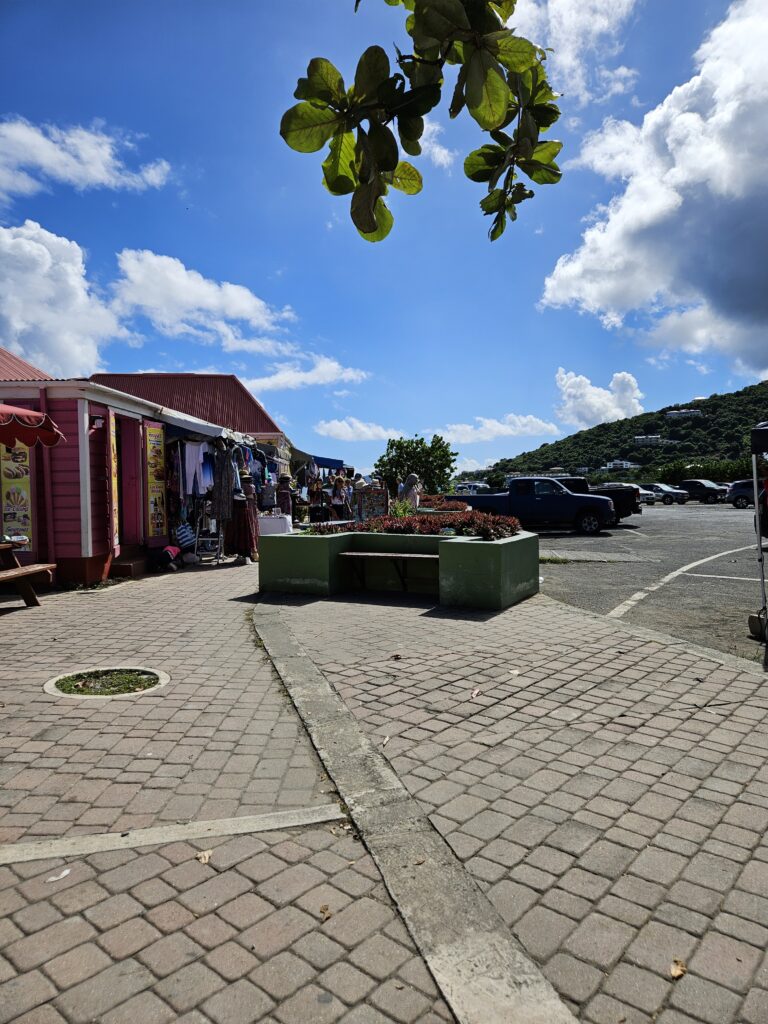
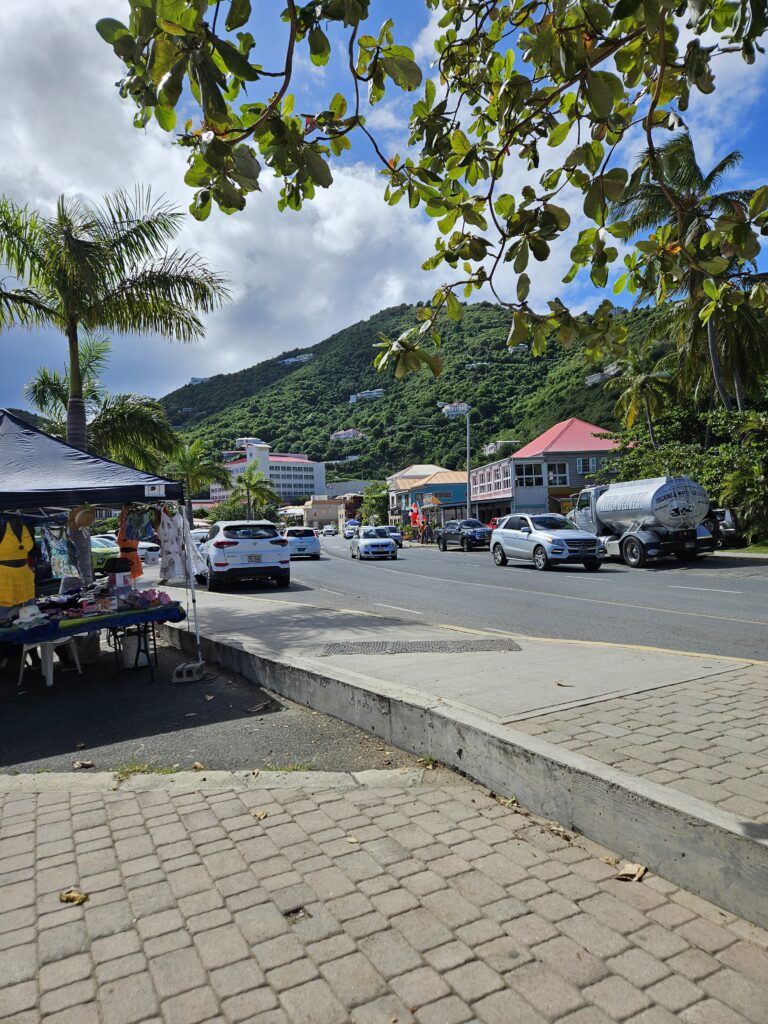
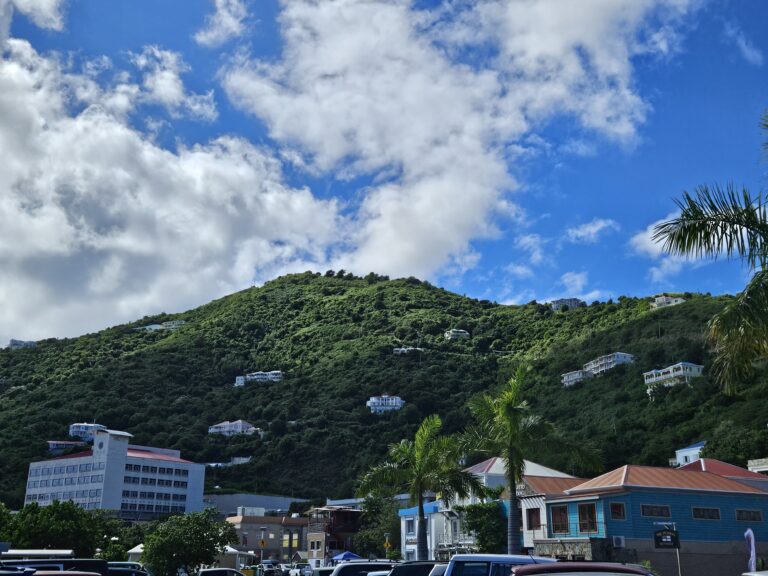
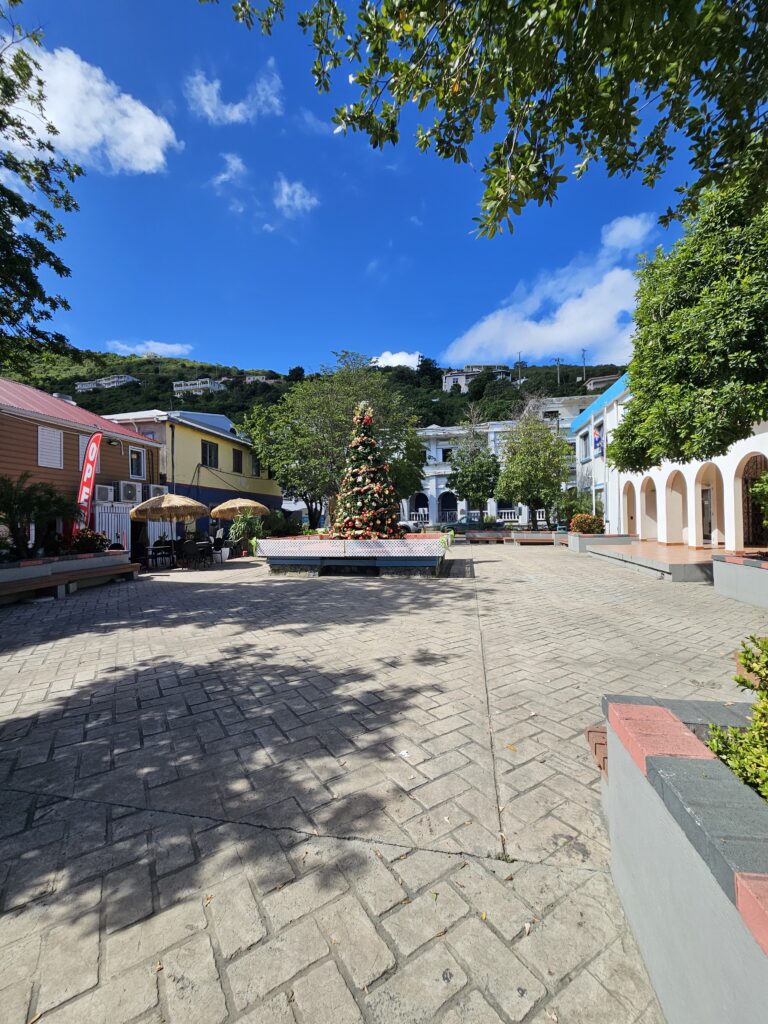
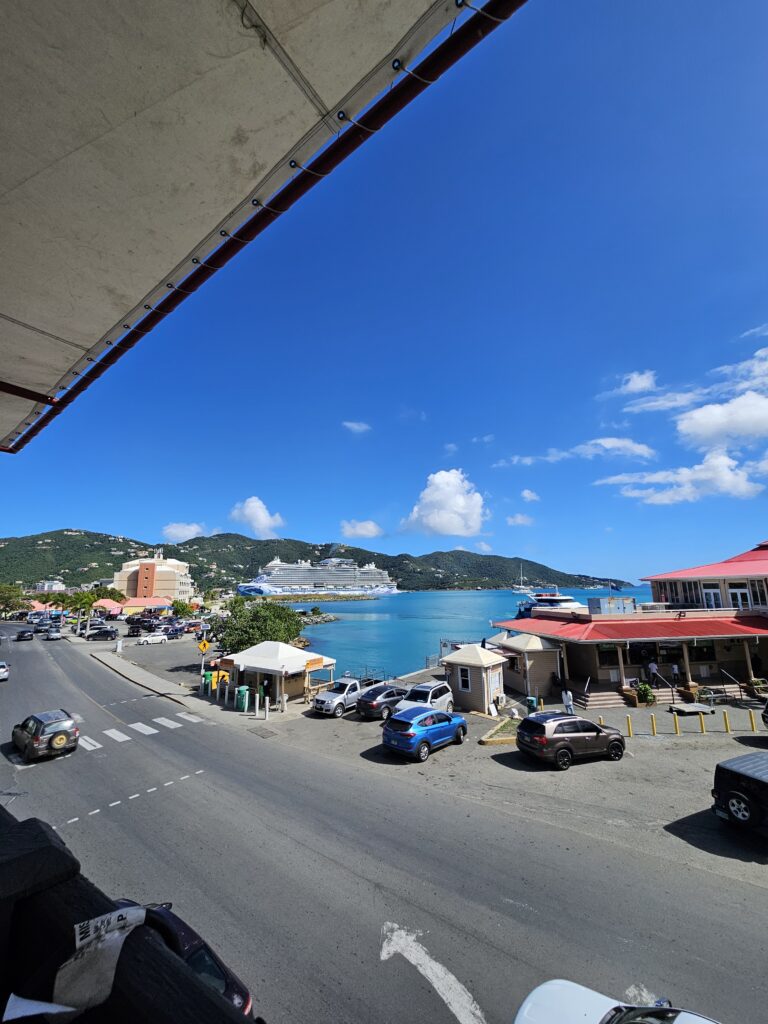
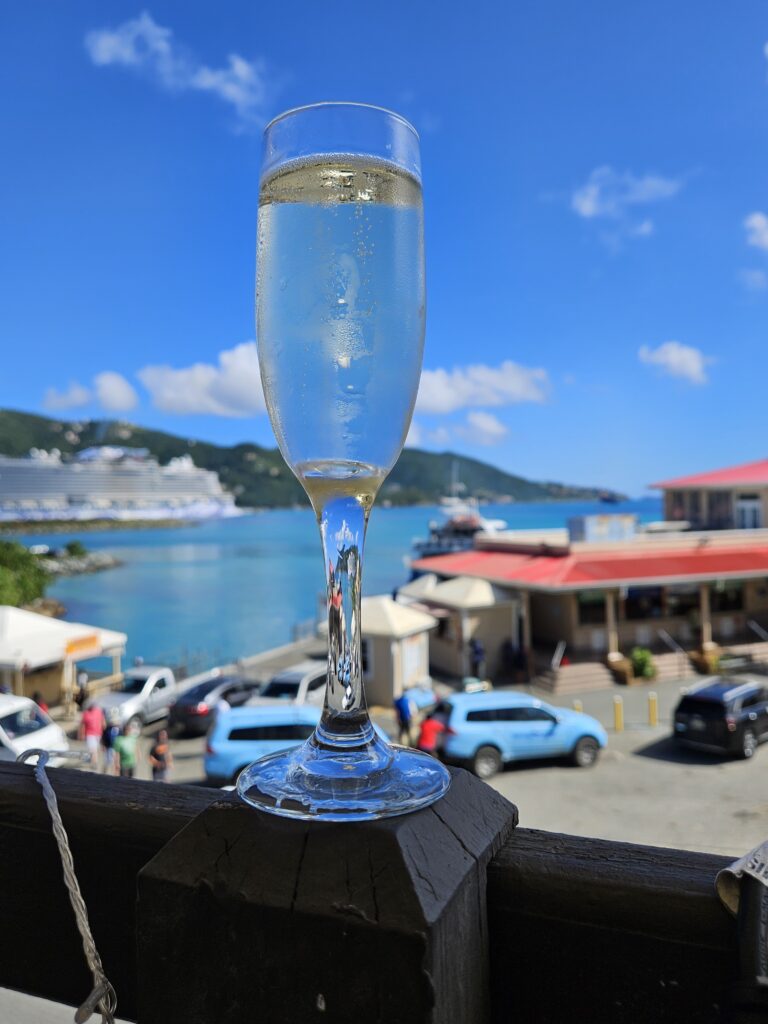
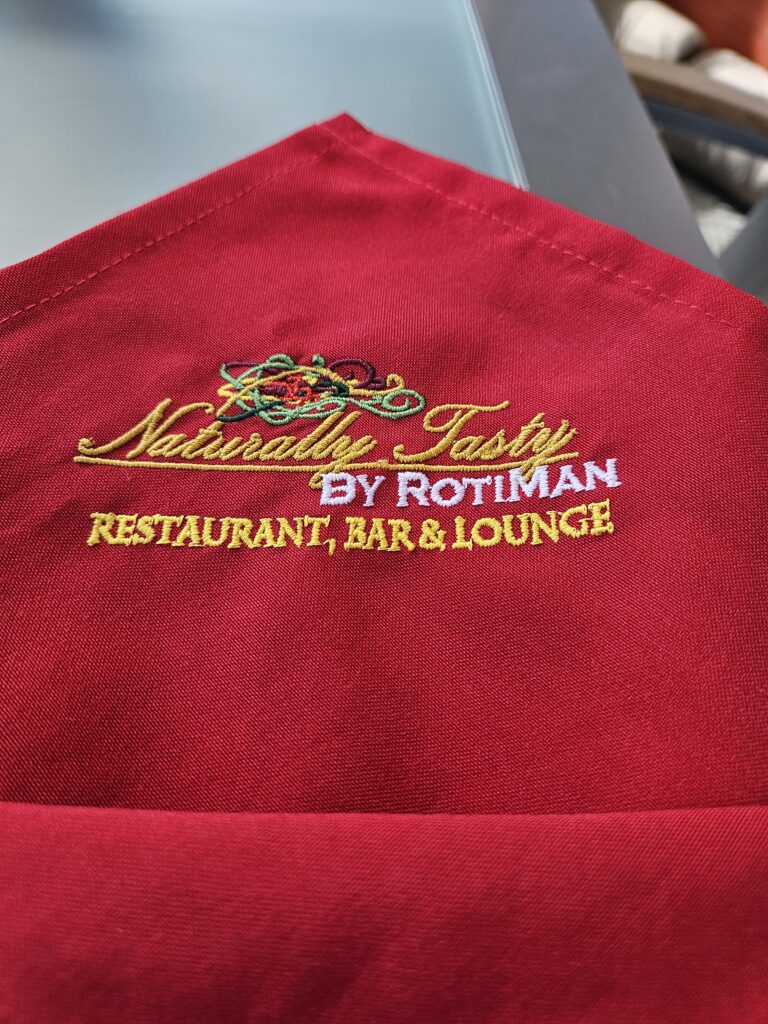
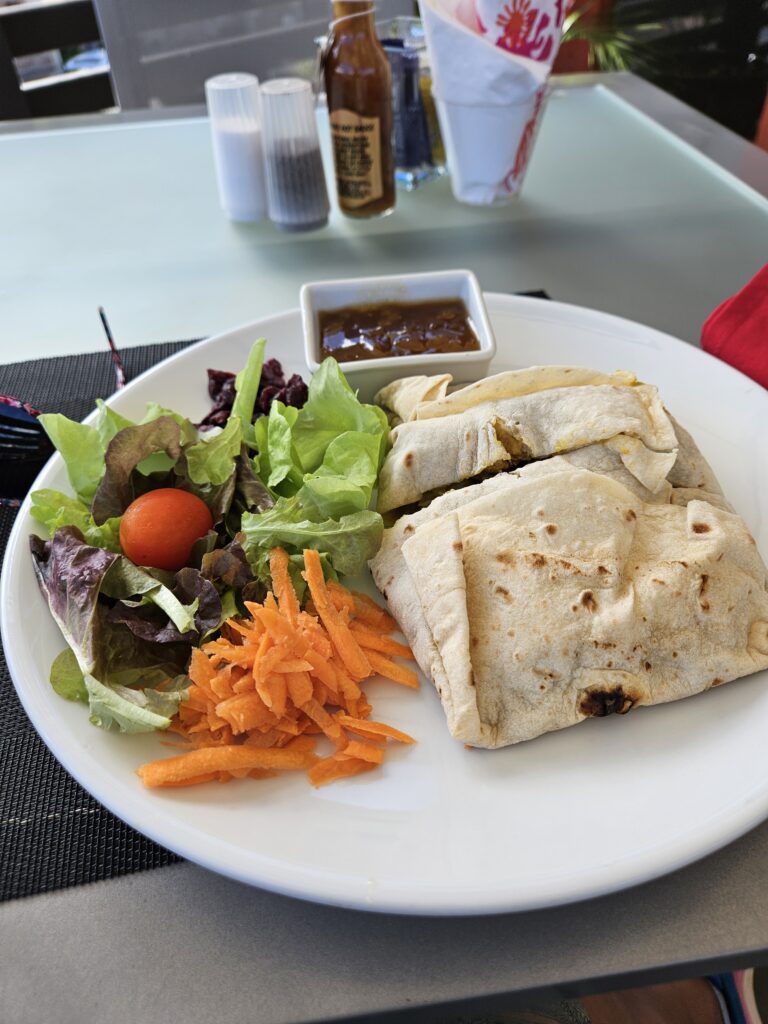
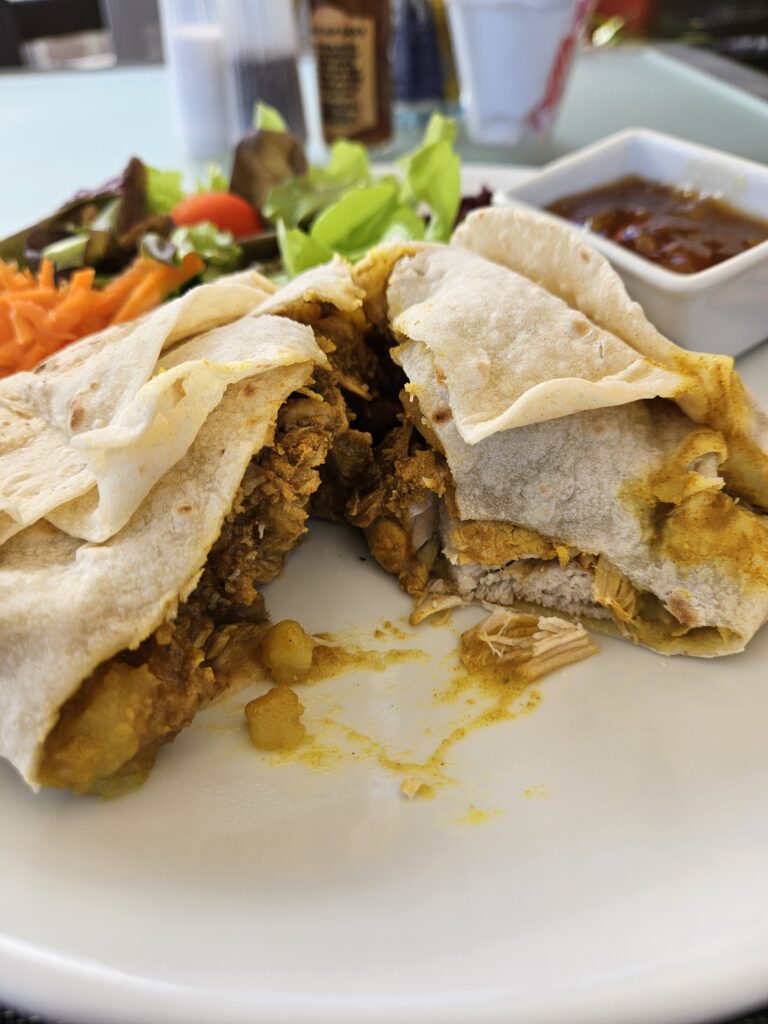
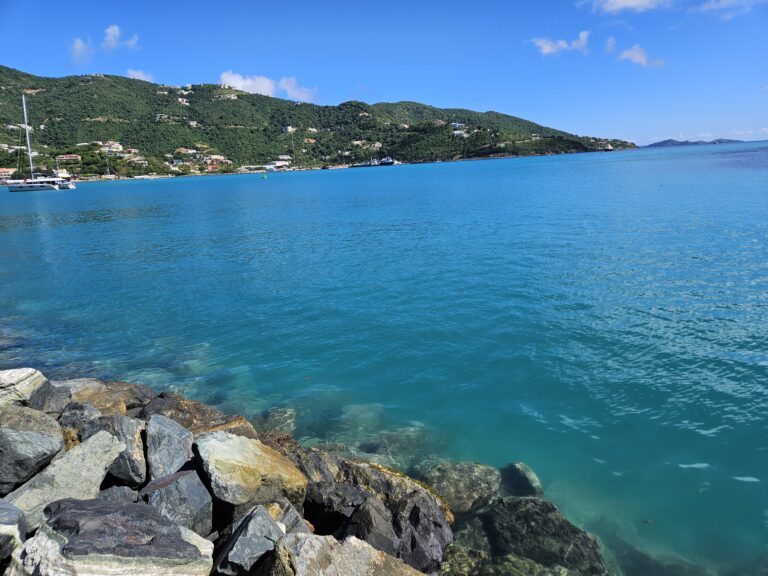
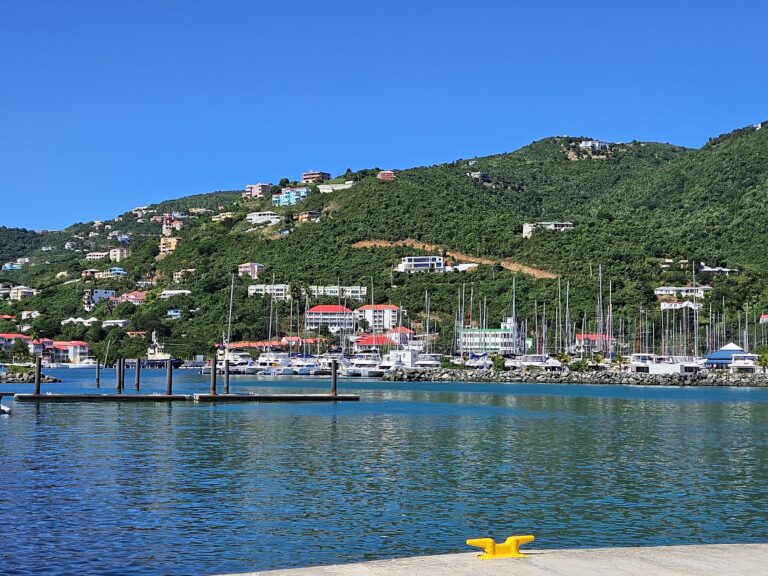
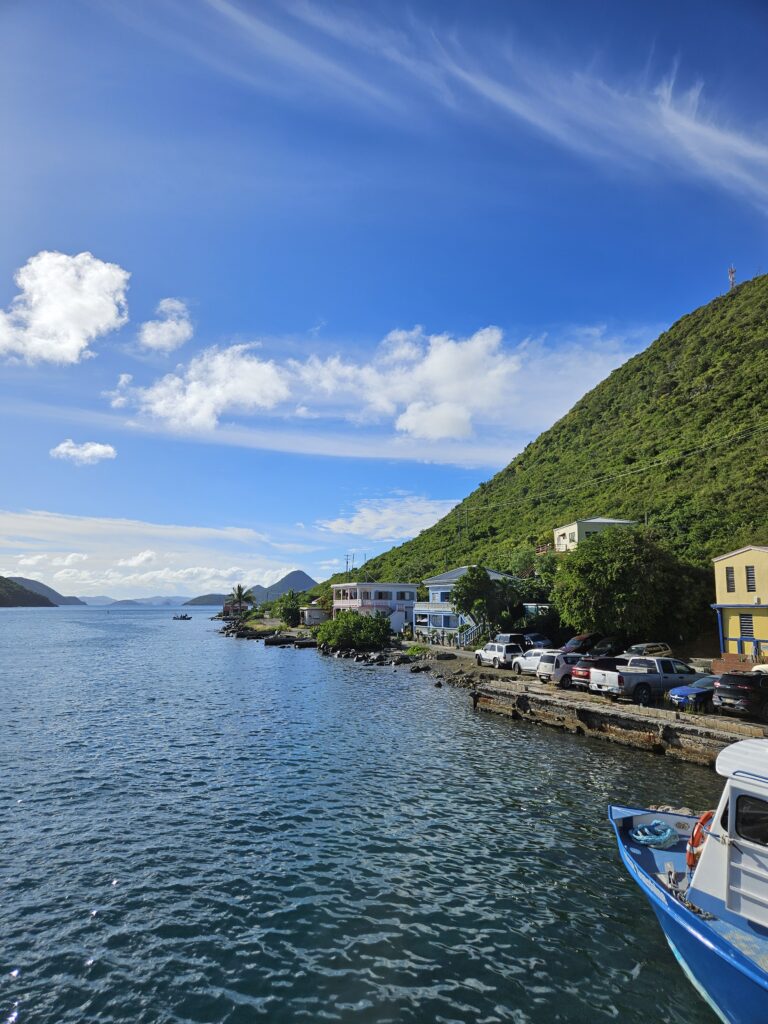
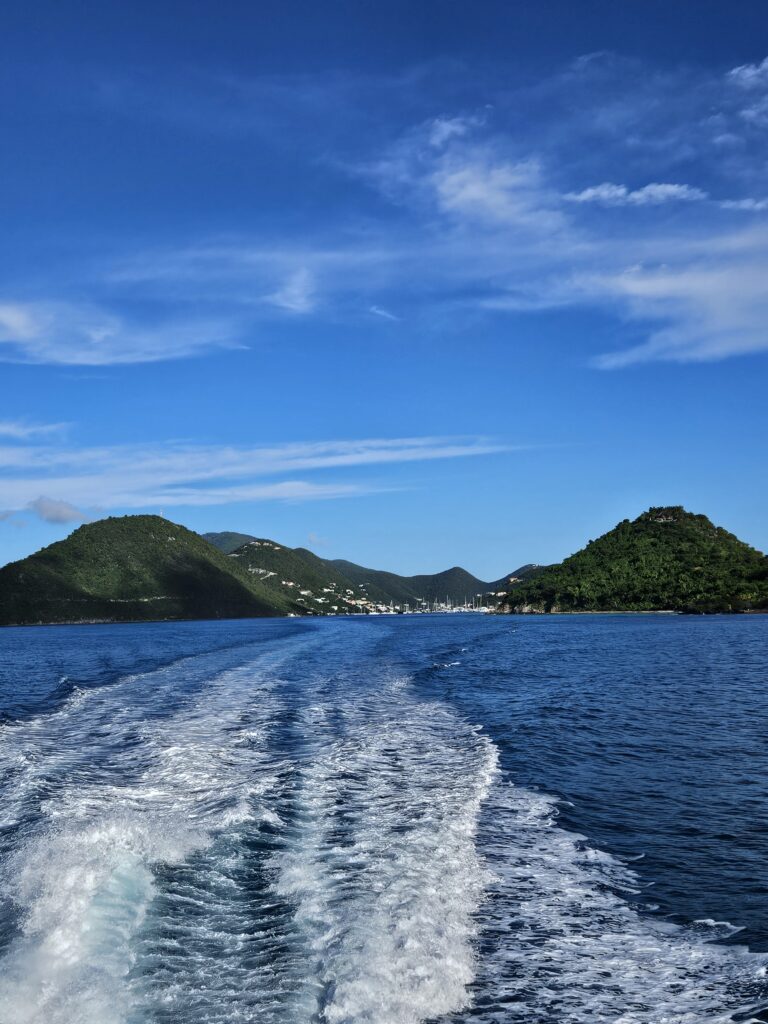
Tortola, British VI
Charlotte Amalie, St Thomas
Mountain Top
Coki Beach
Skyline Look out
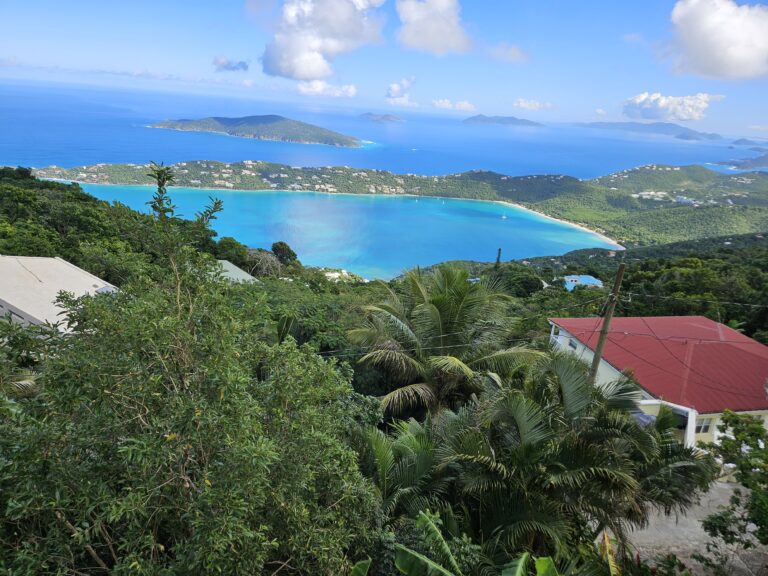
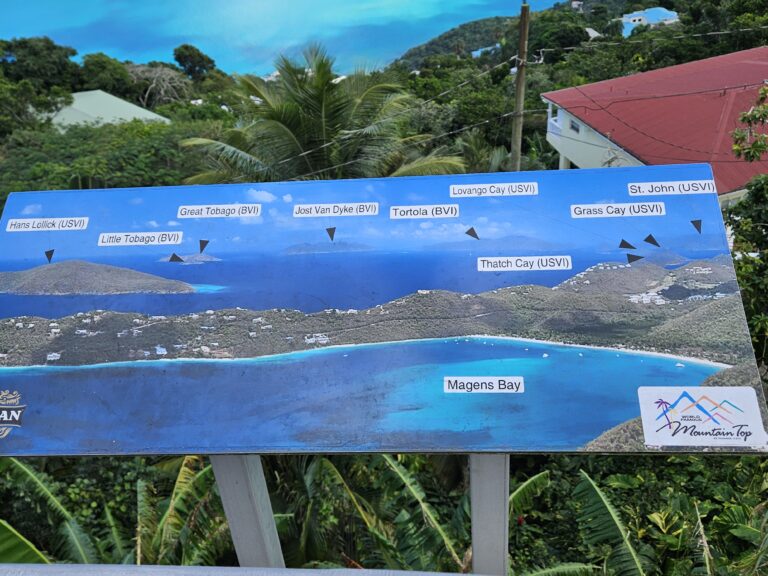
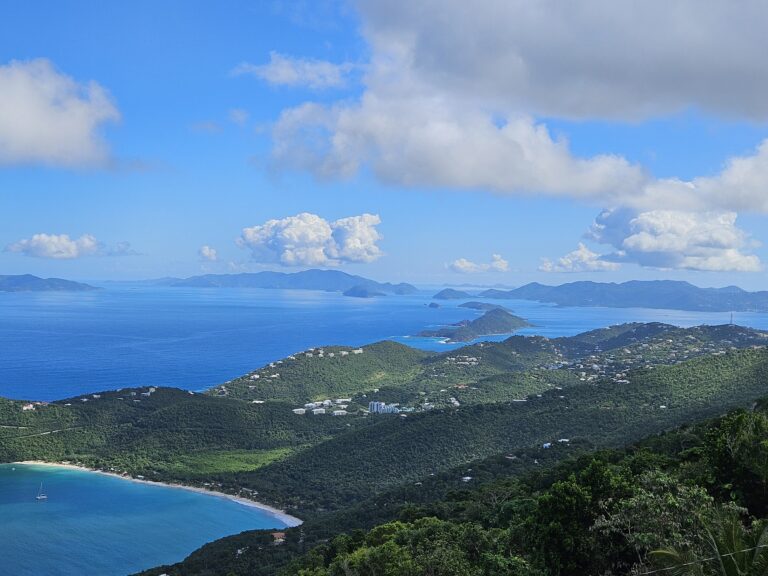
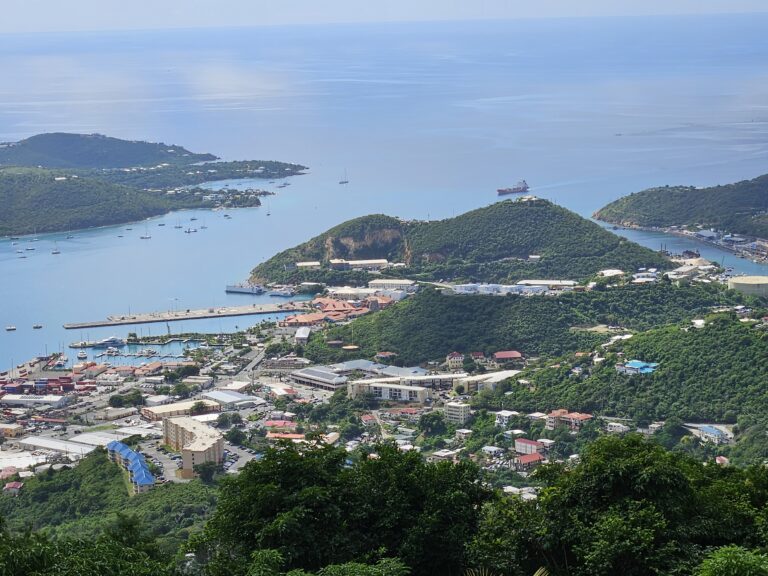
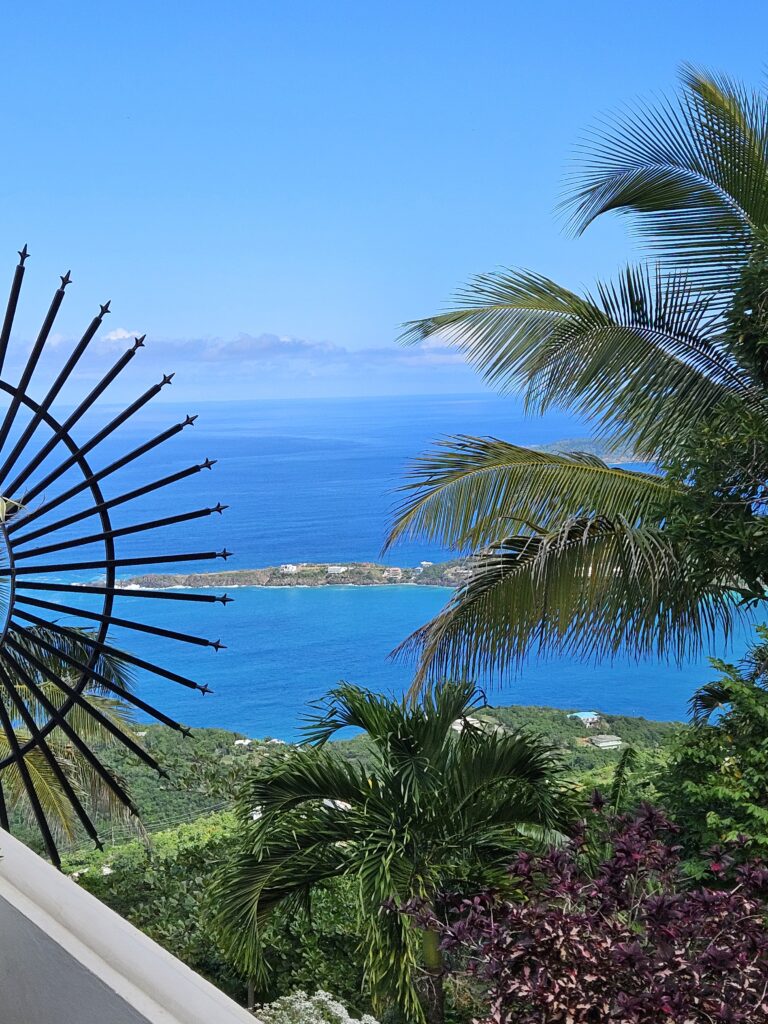
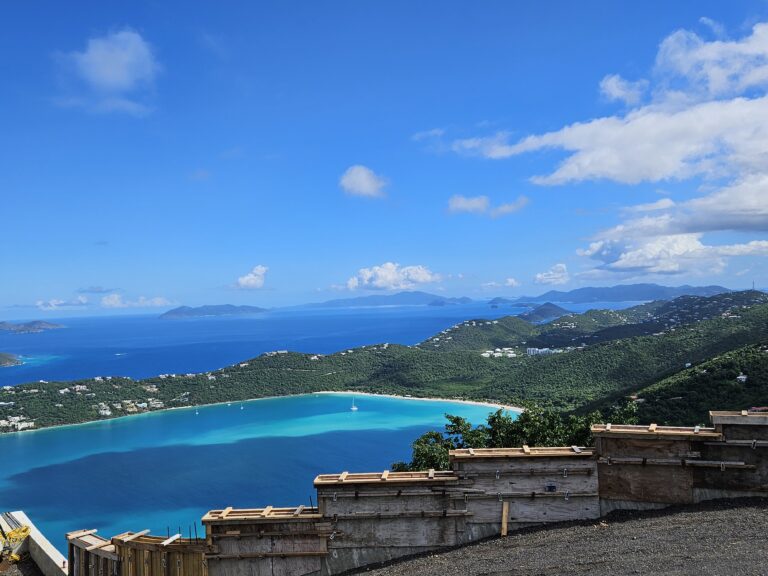
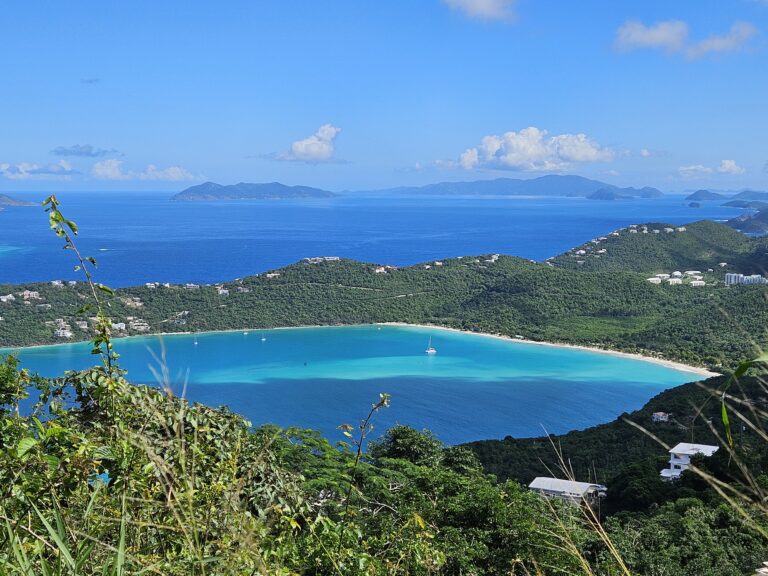
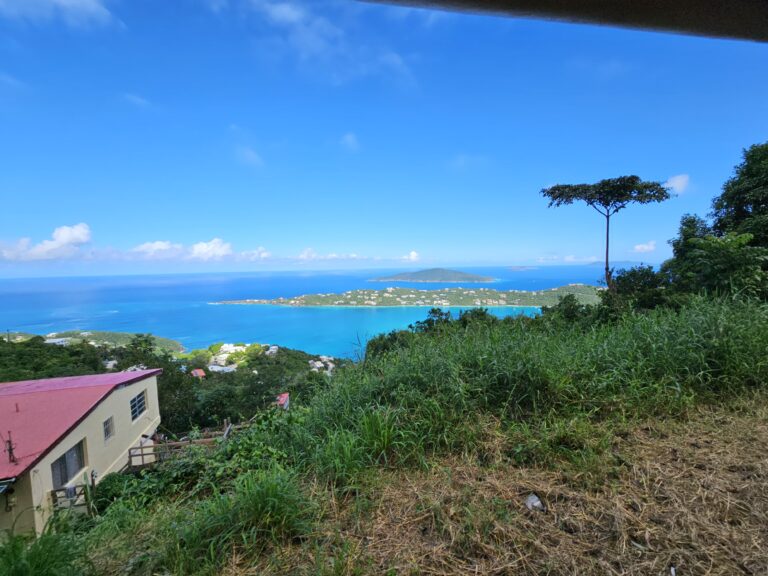
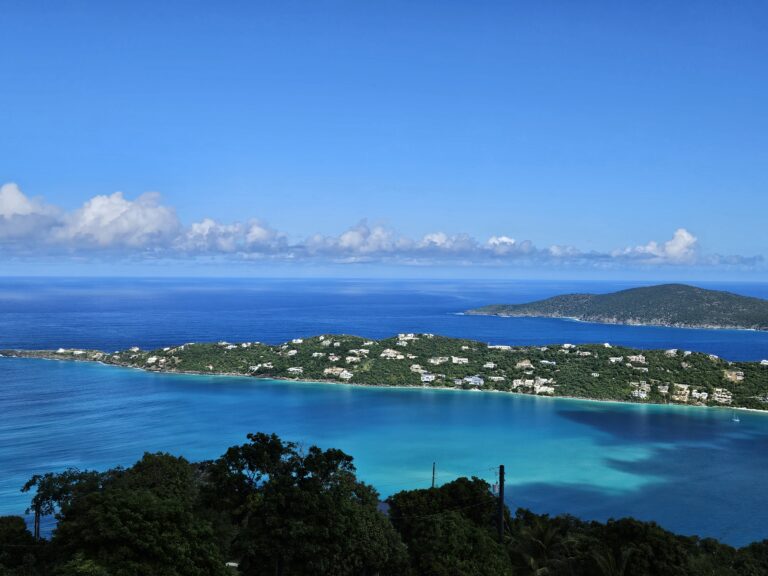
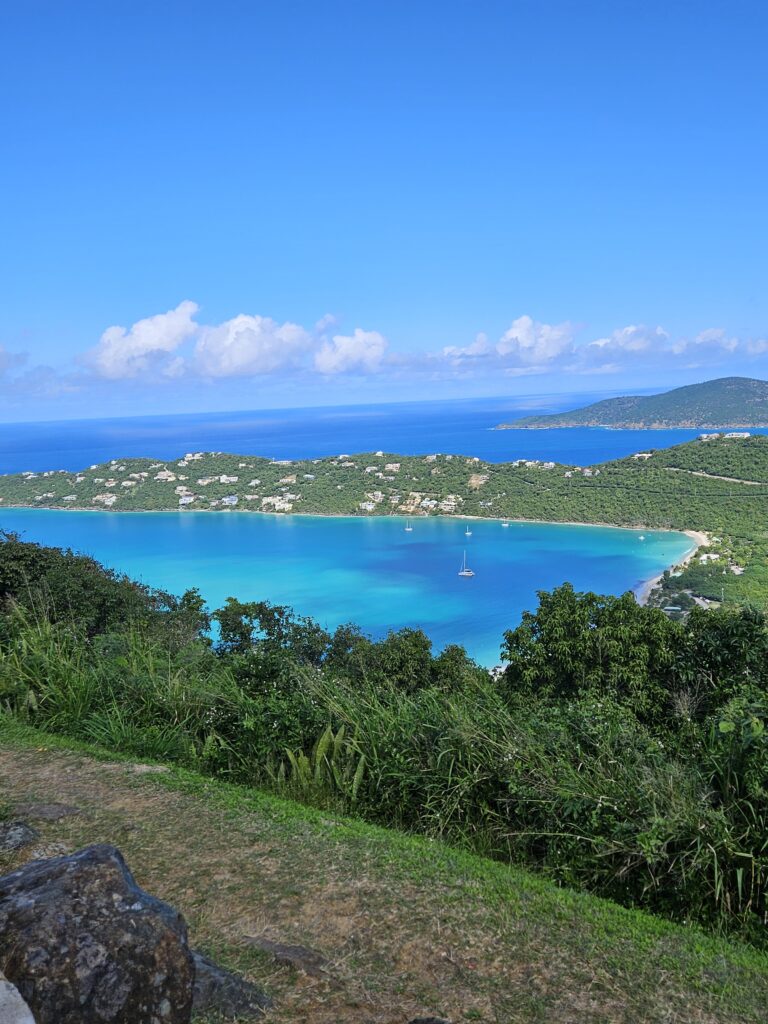
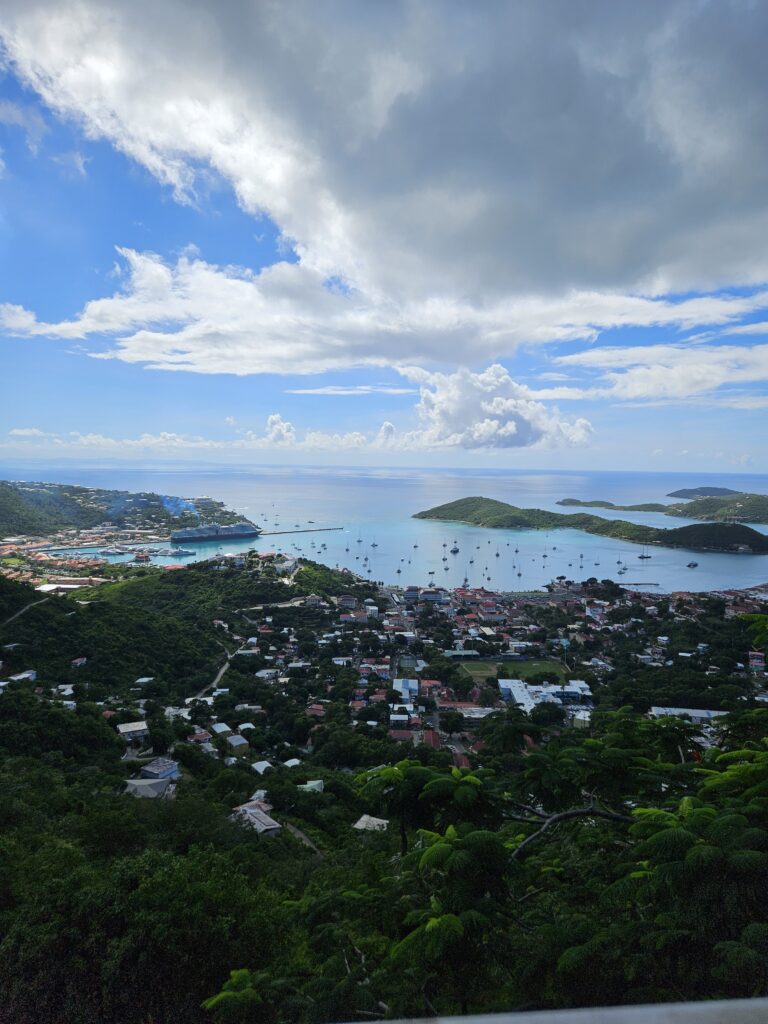
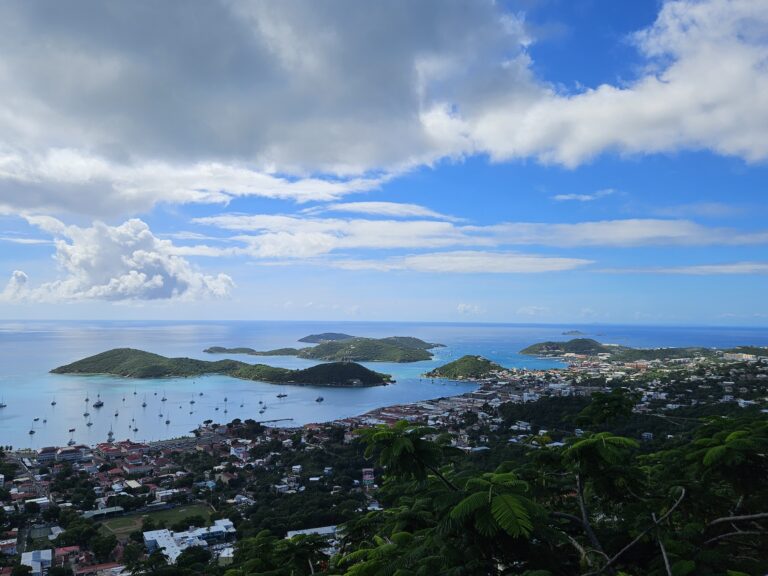
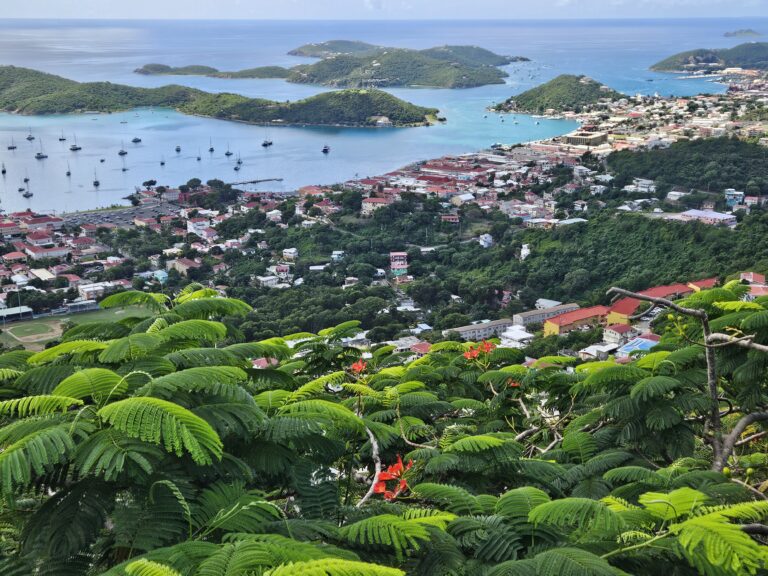
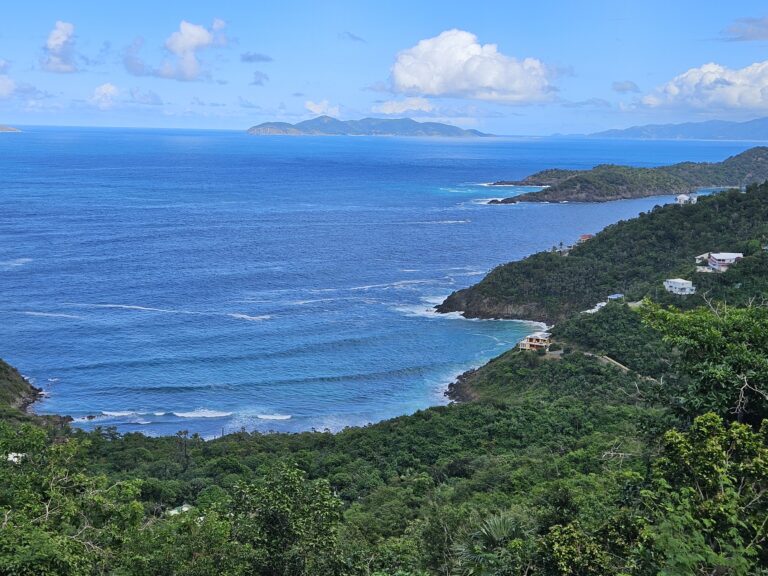
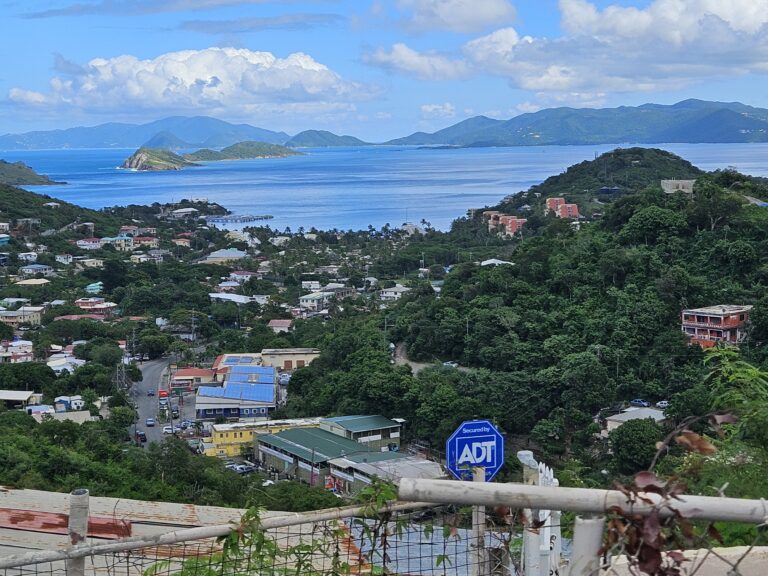
Charlotte Amalie, St Thomas
Visit to Coral World
Lunch at Pink Palm Hotel
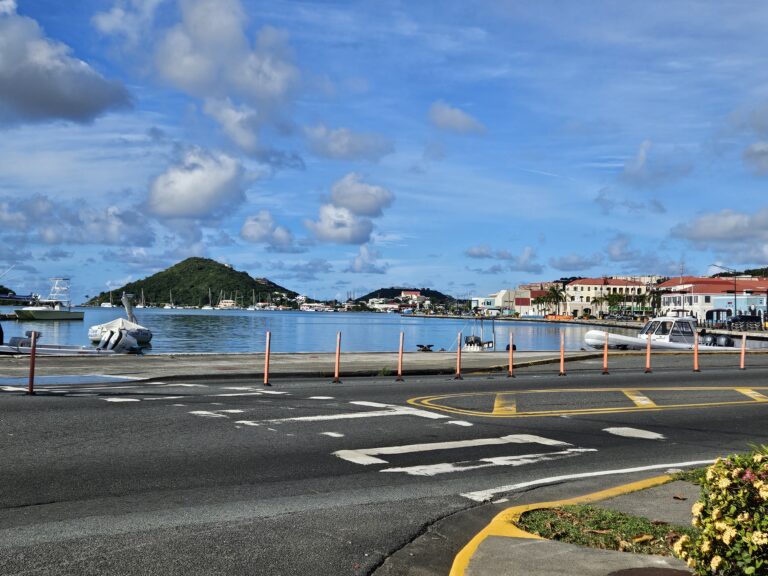
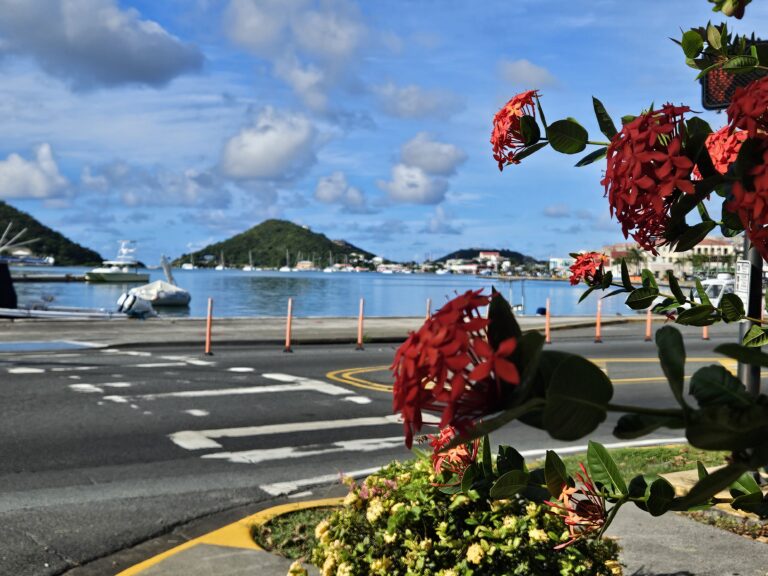
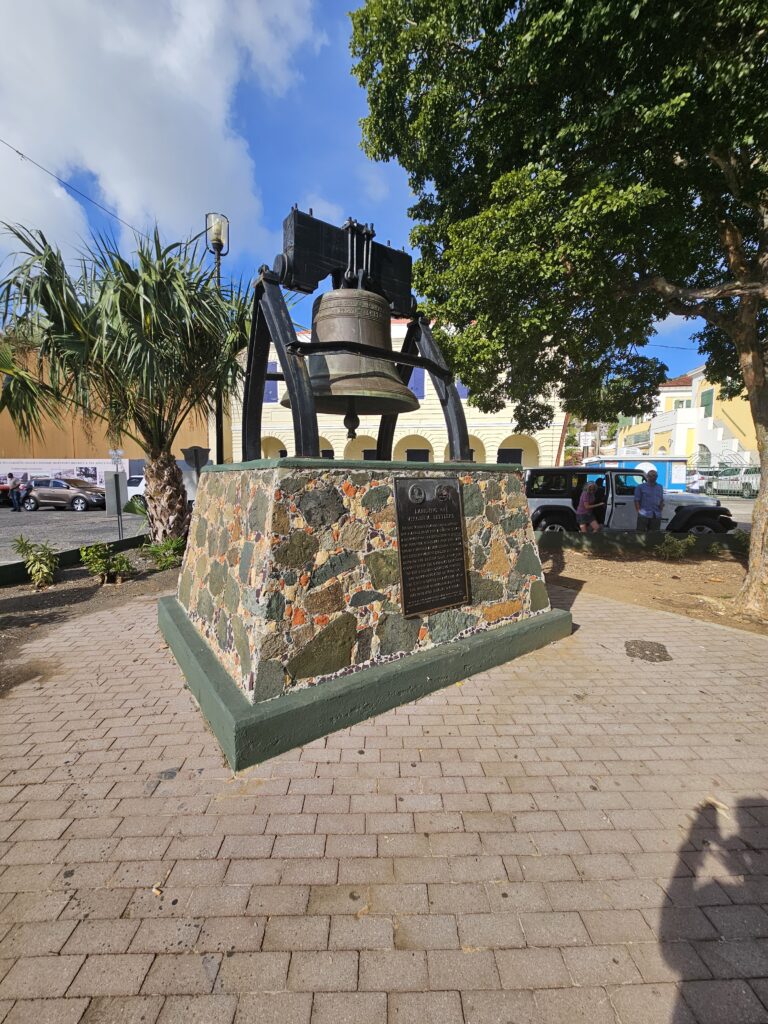
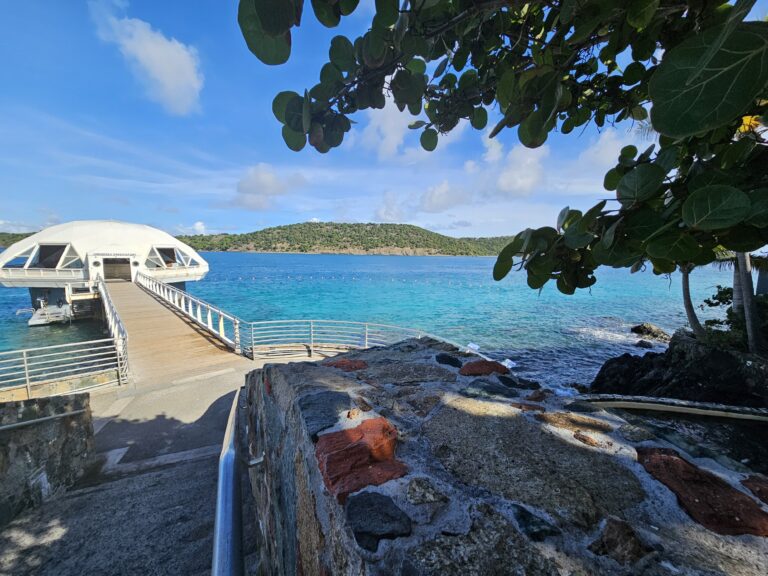
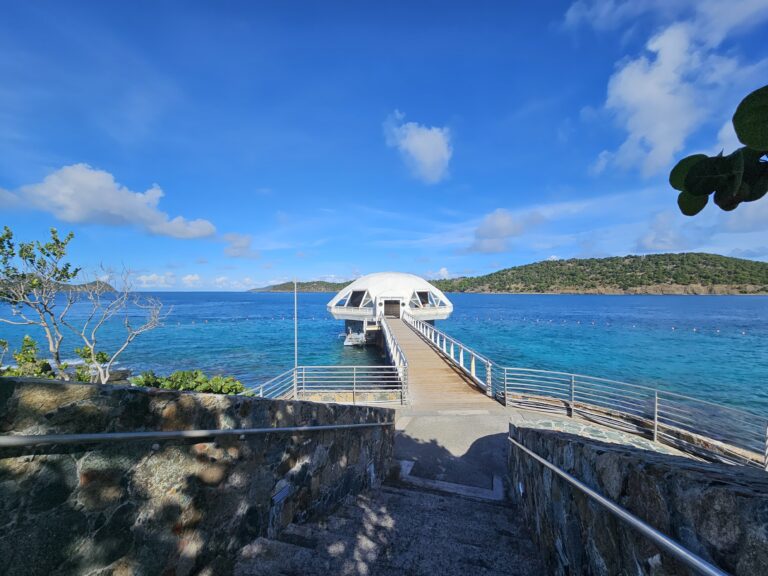
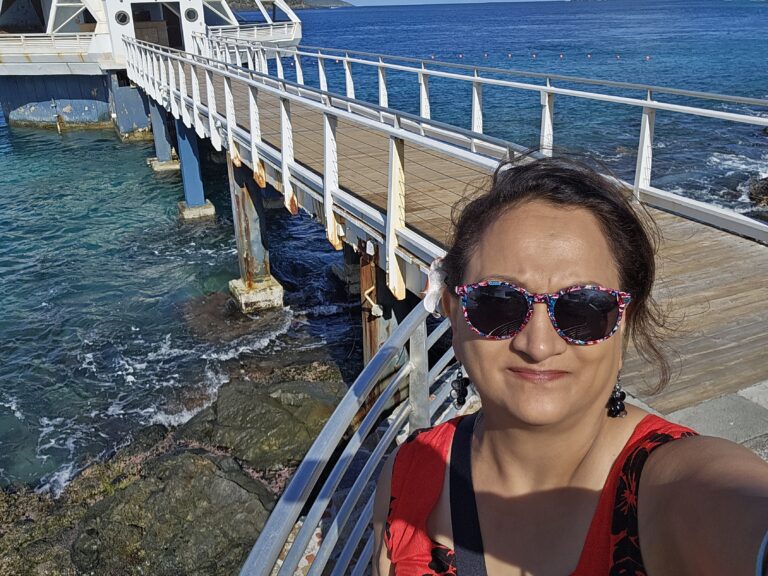
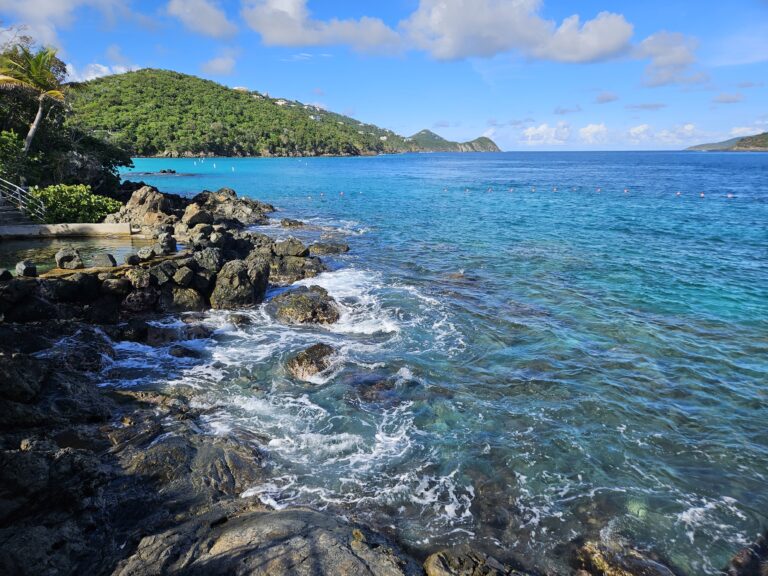
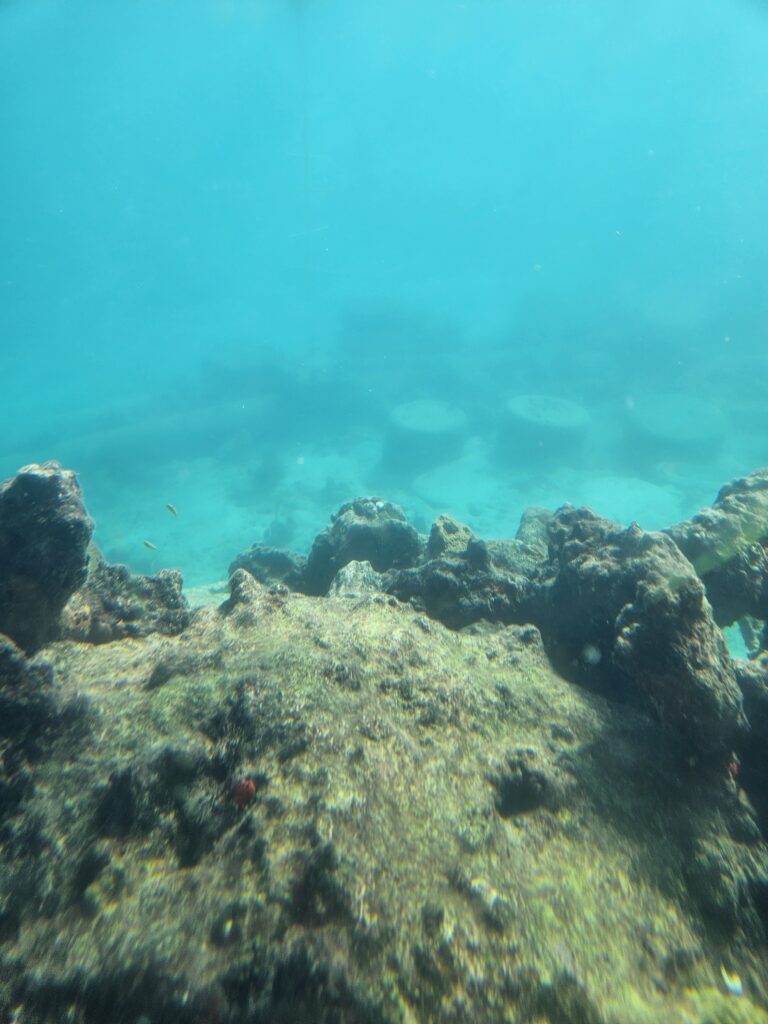
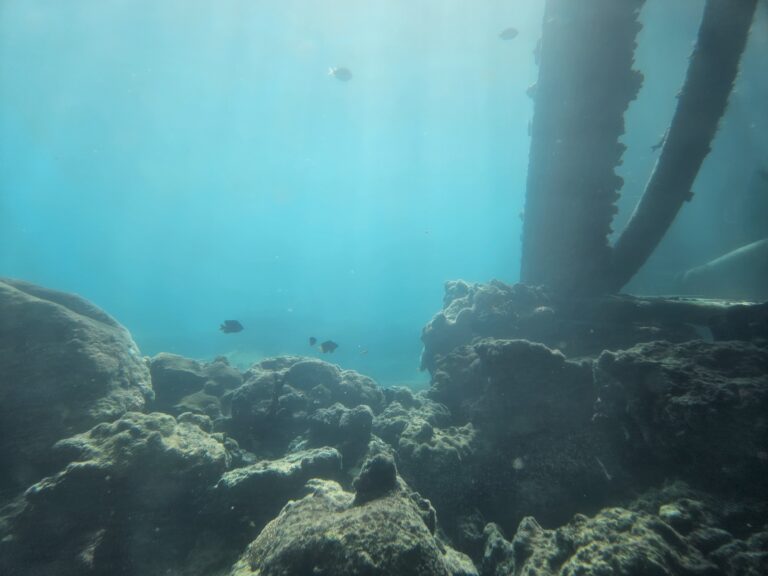
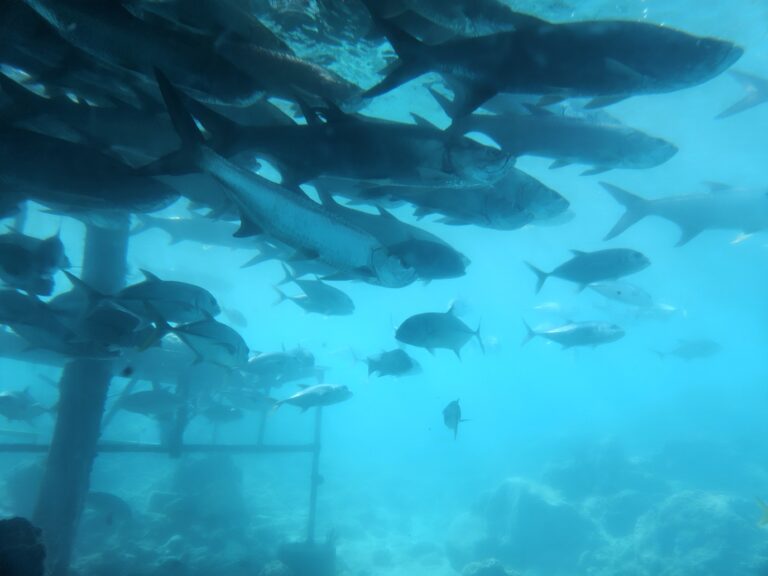

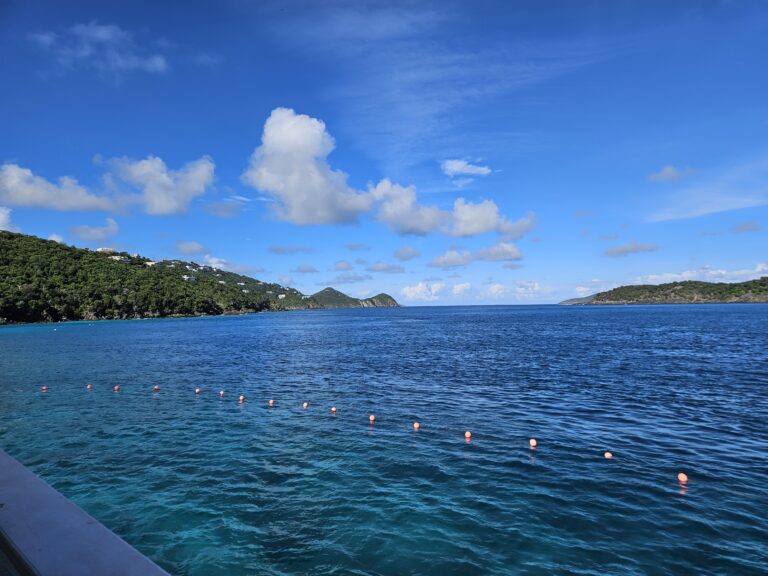
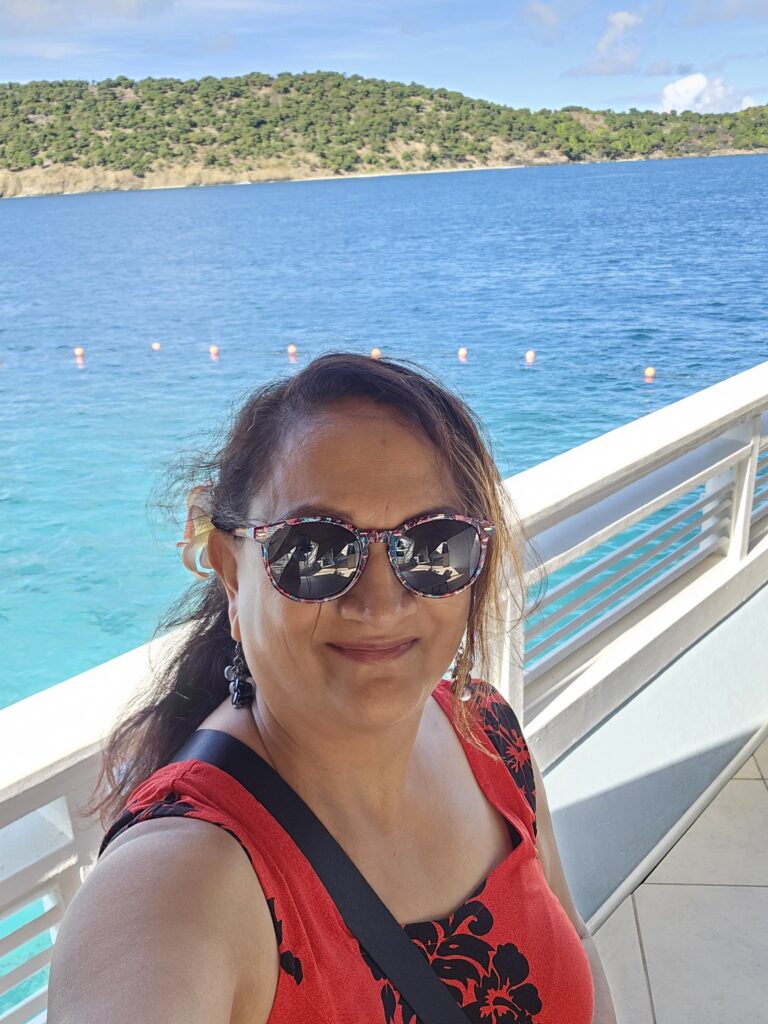
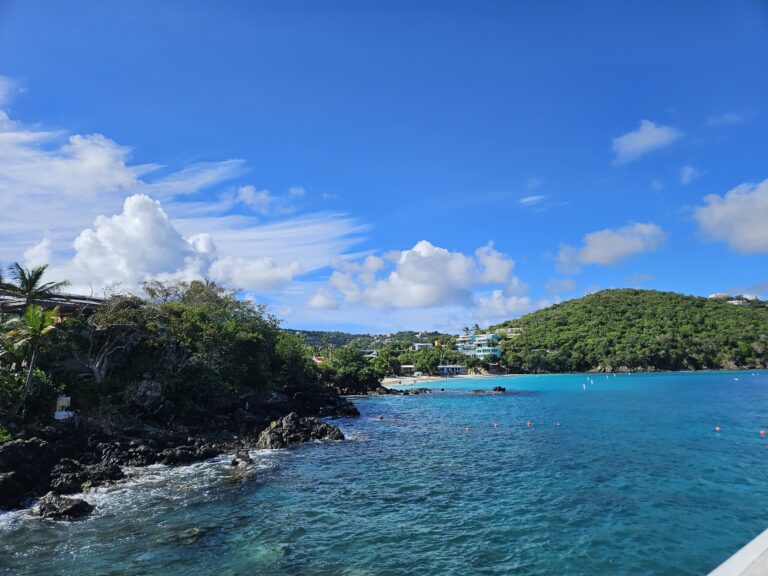
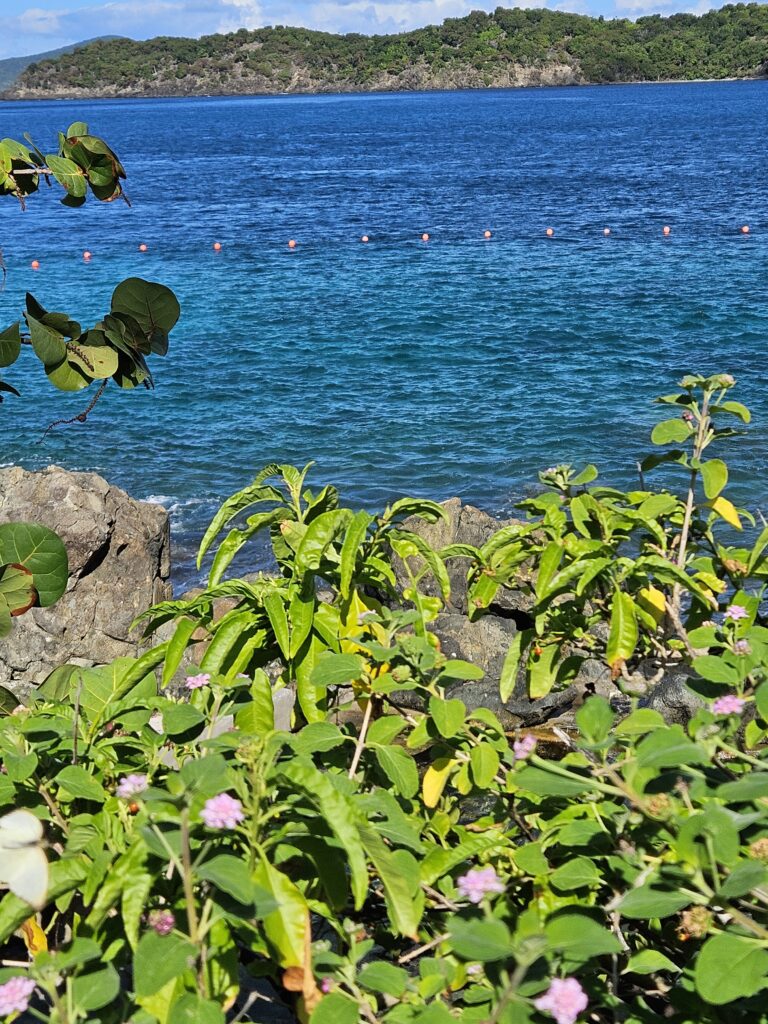
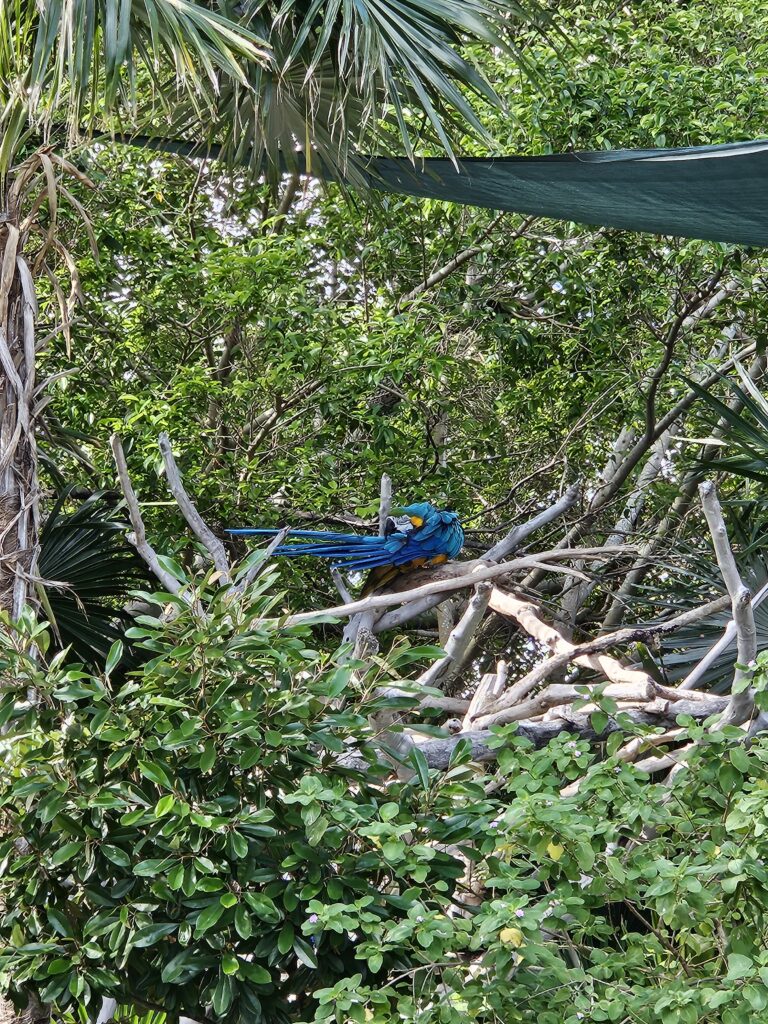
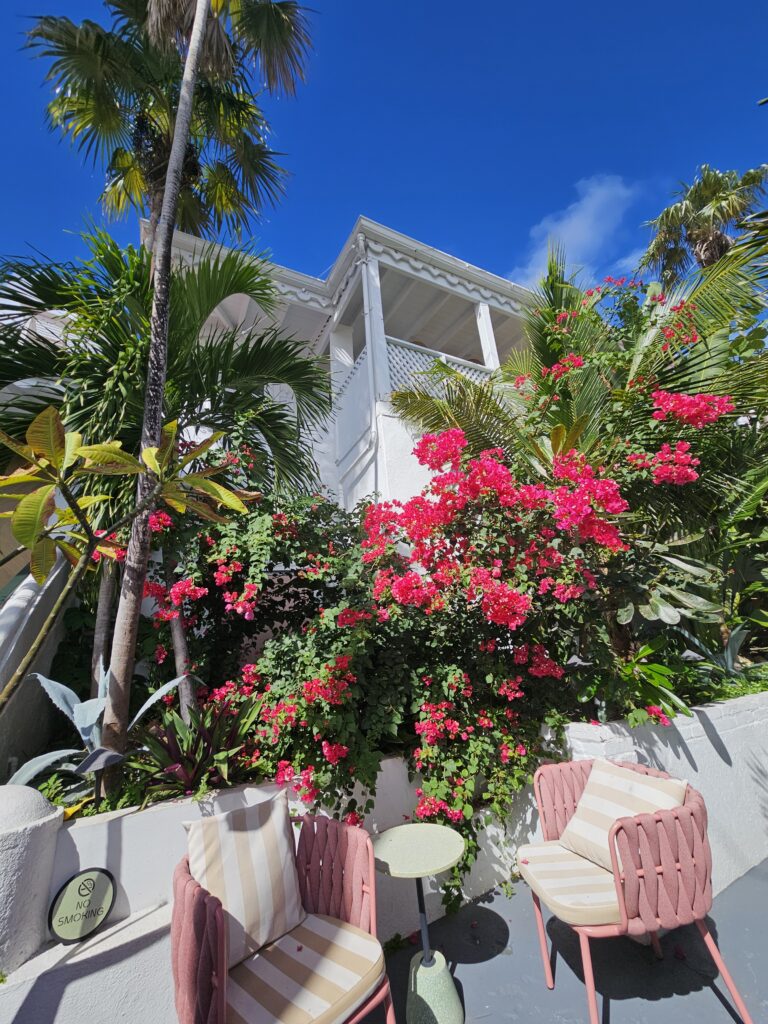
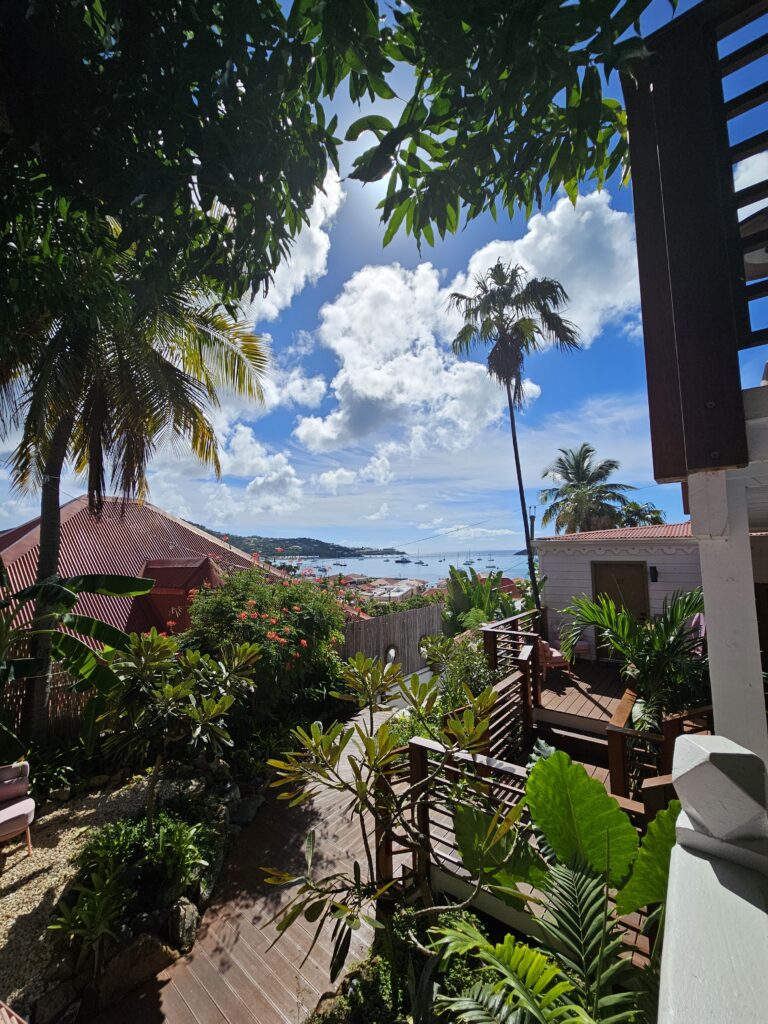
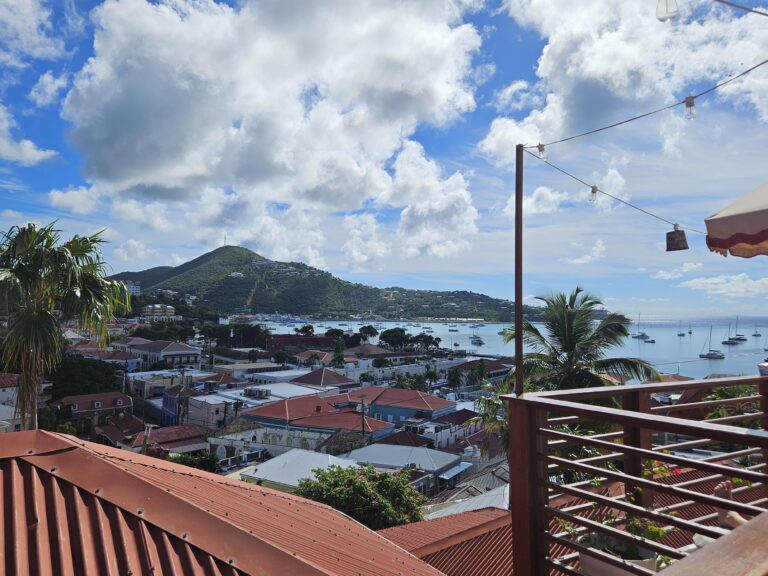
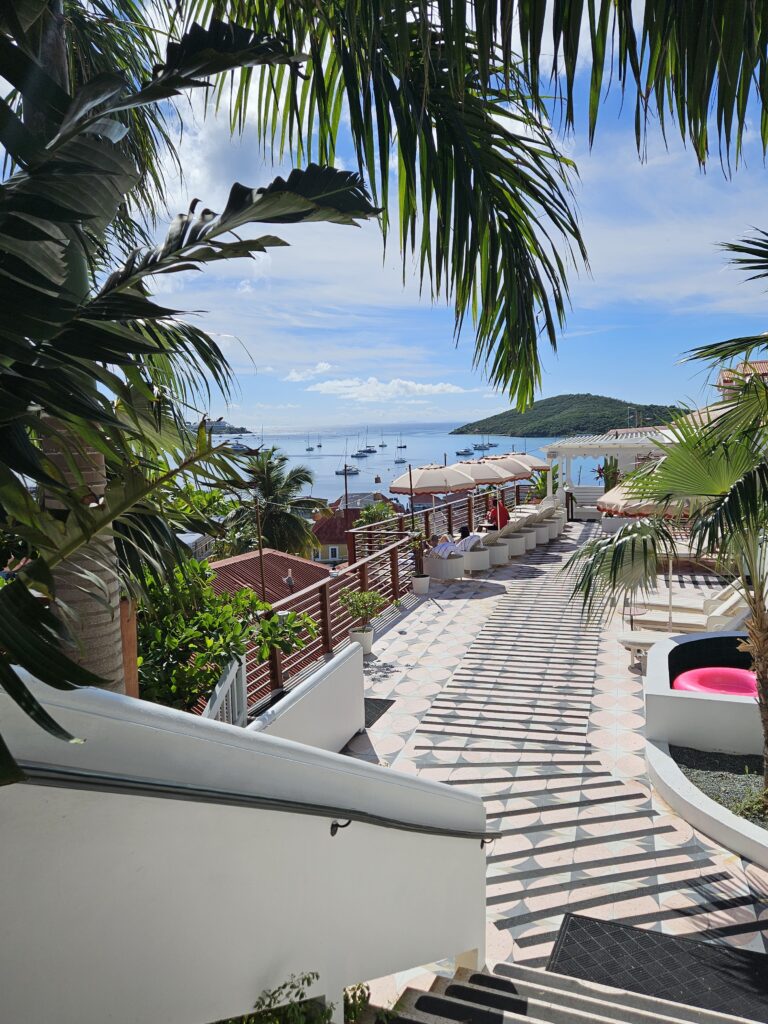
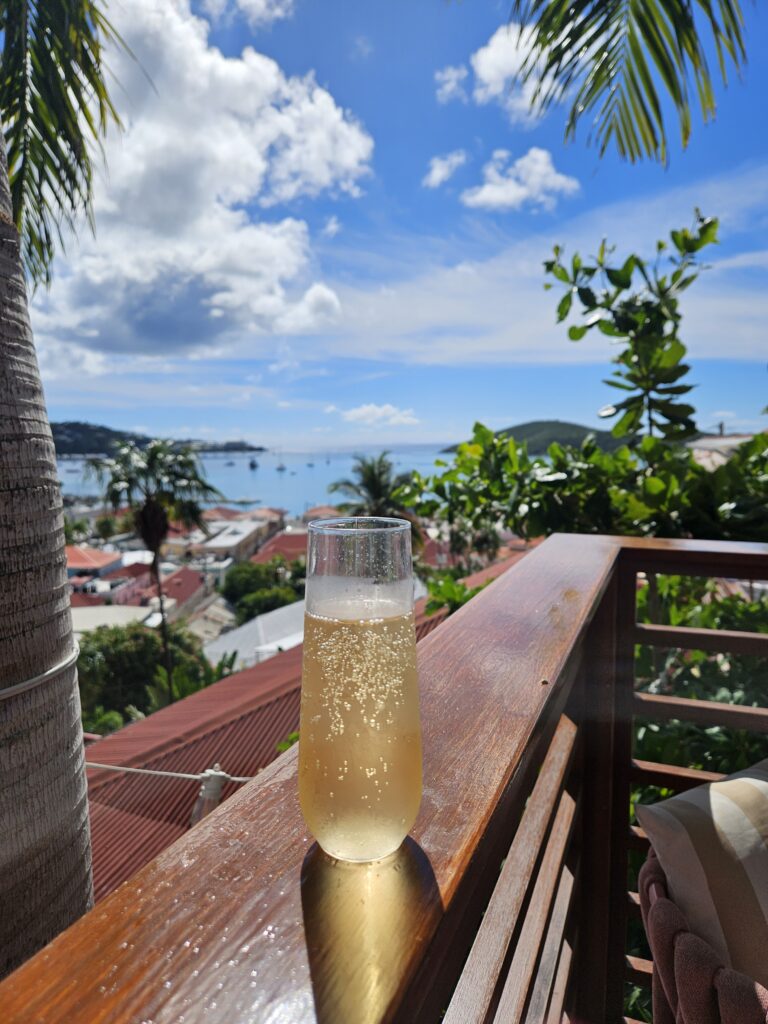

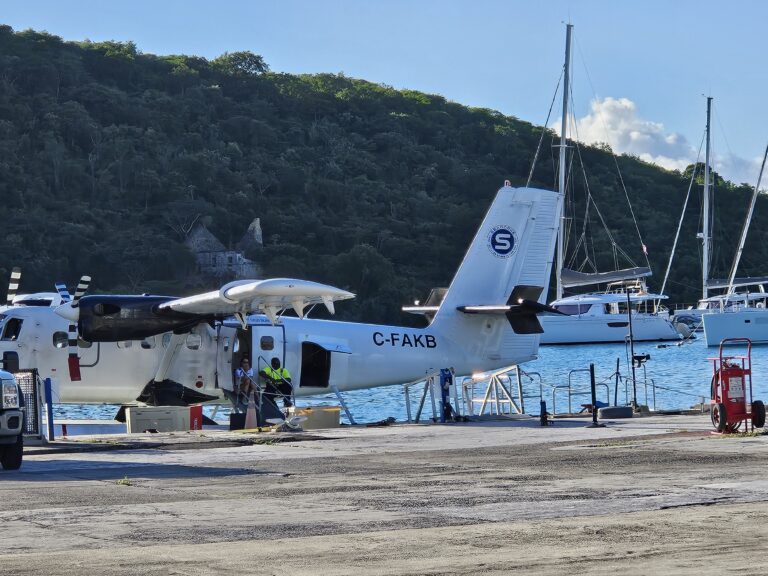
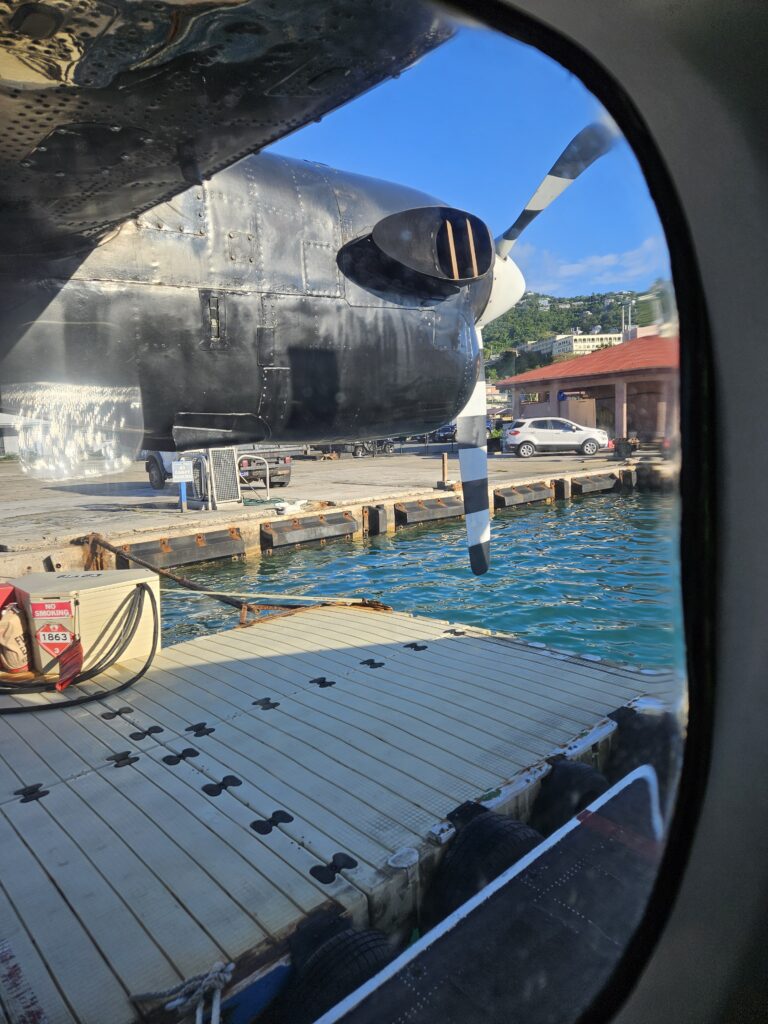
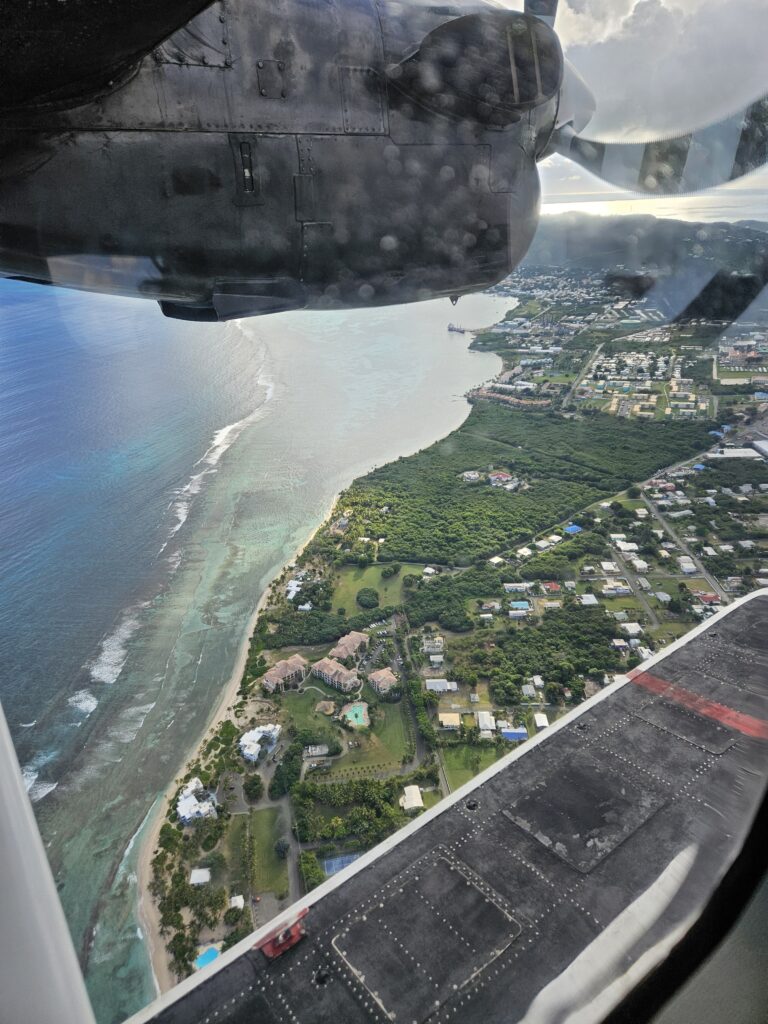
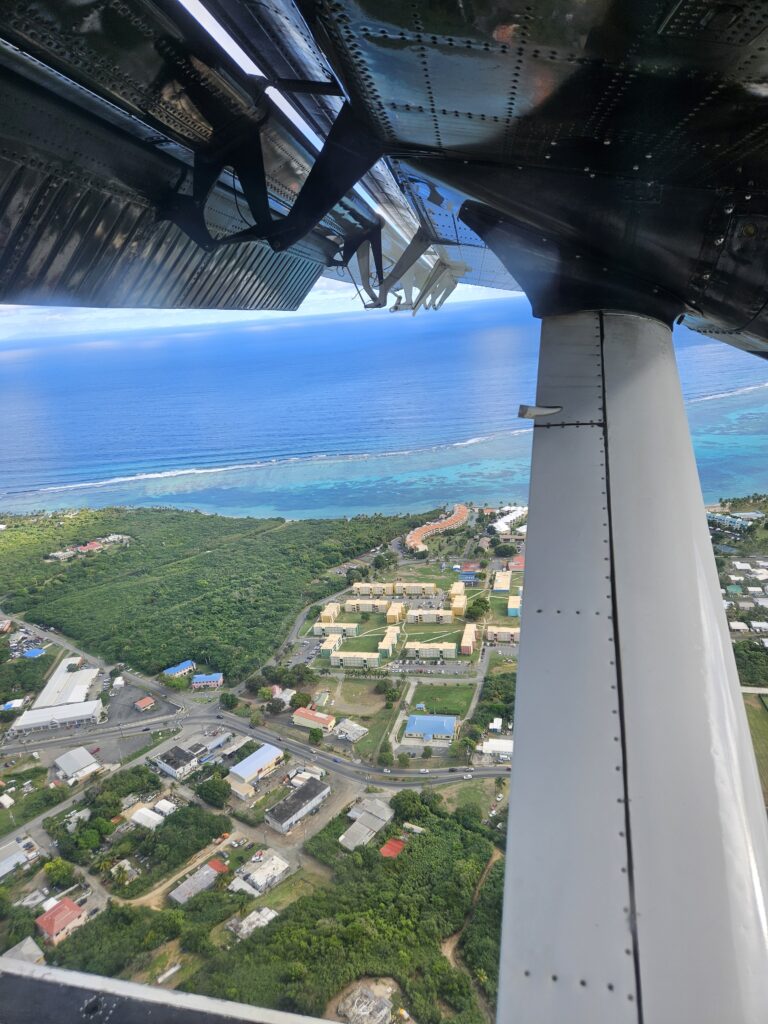
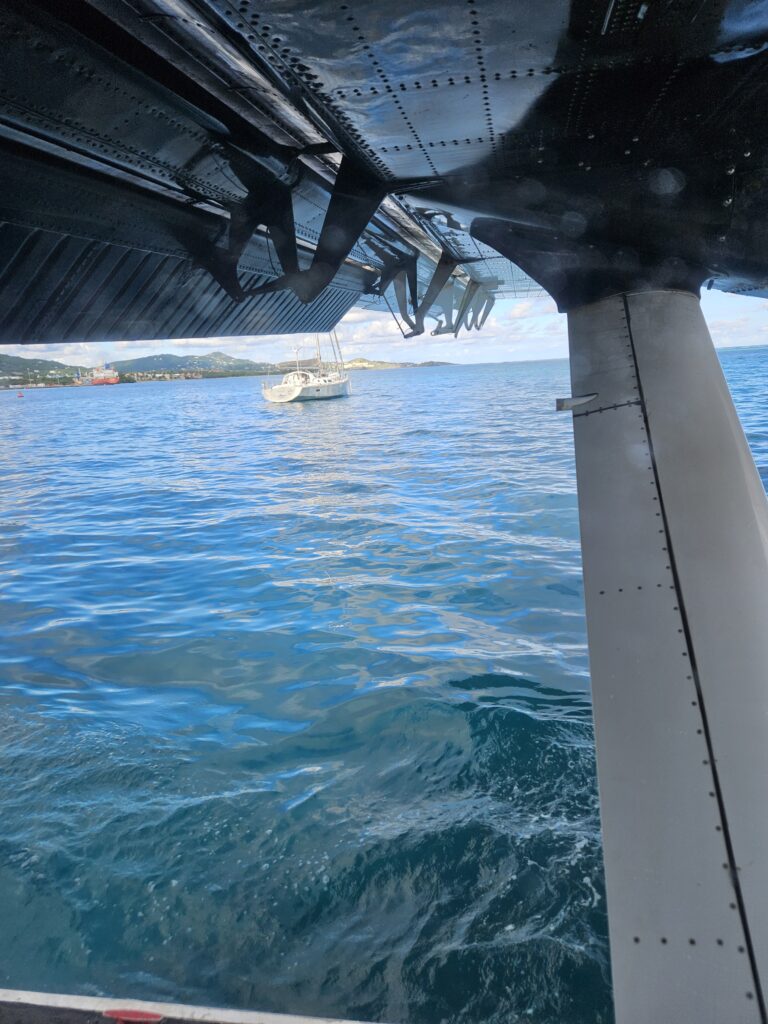
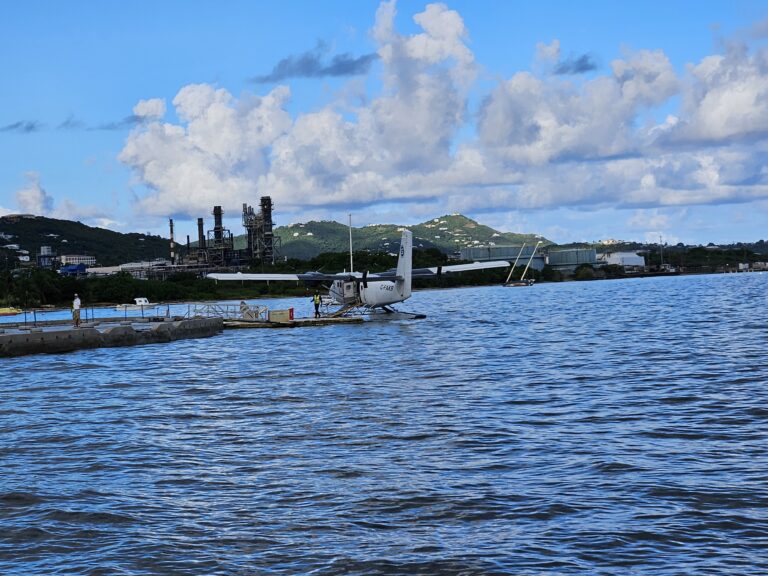
Seaplane Ride to St Croix! Great Experience
Christiansted, St Criox…. Great architecture
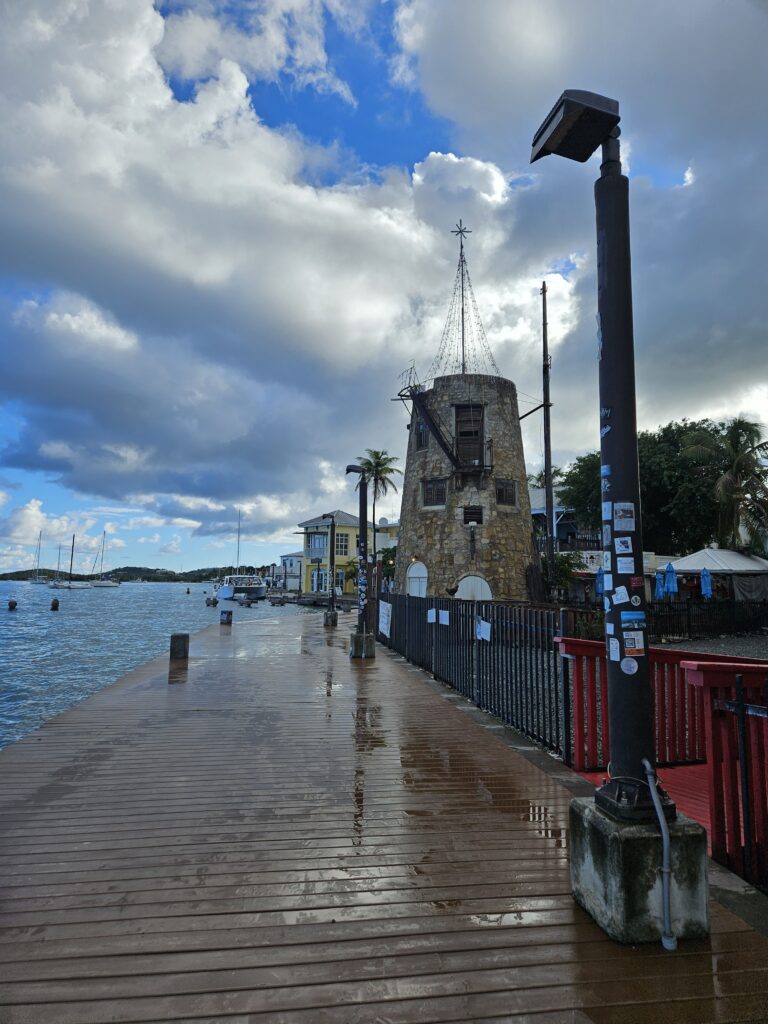
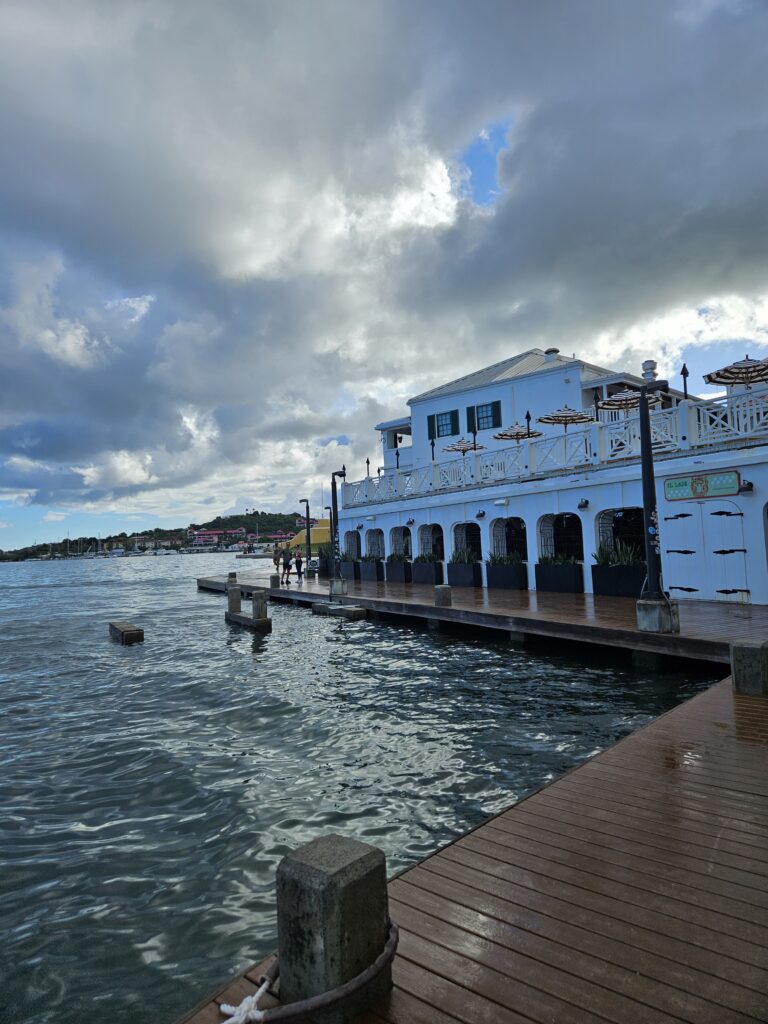
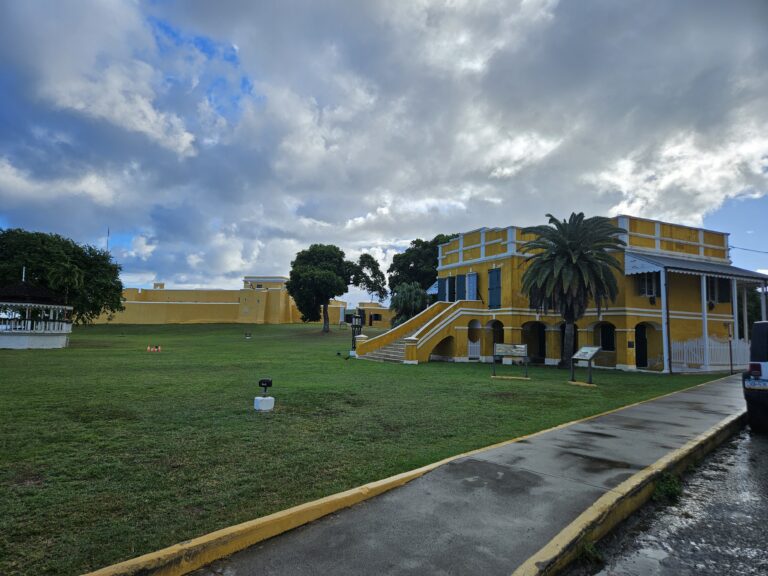
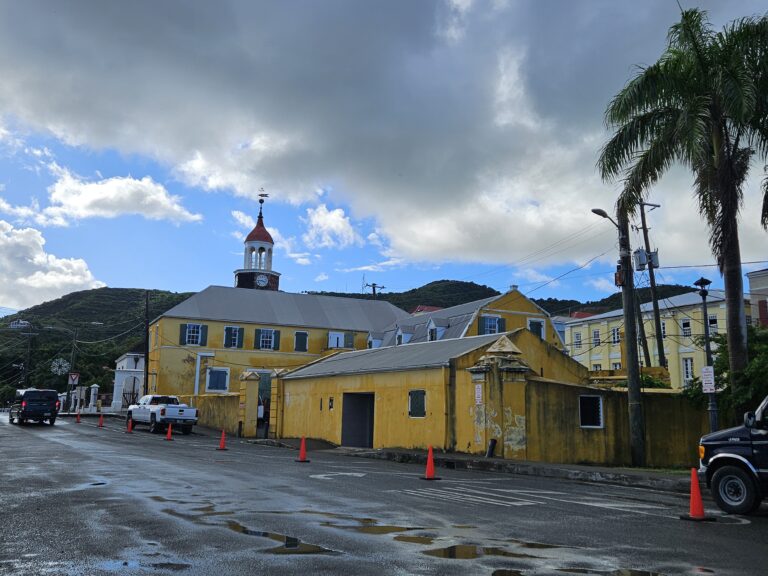
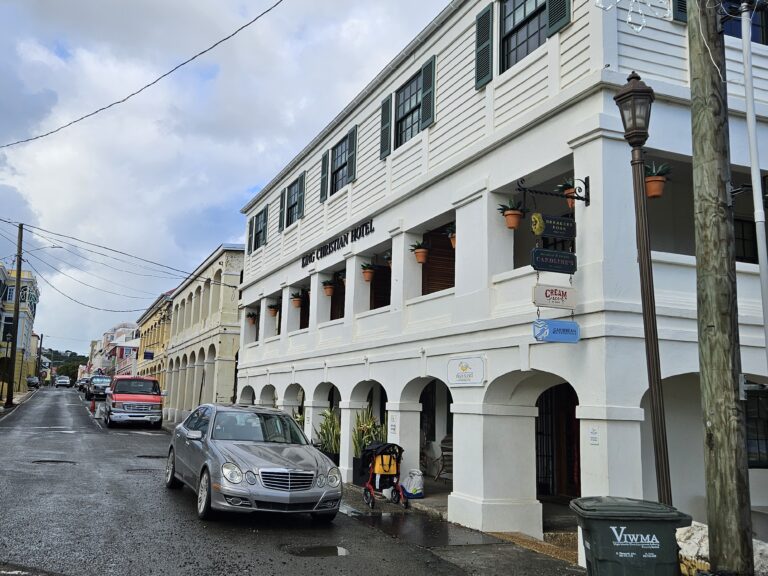
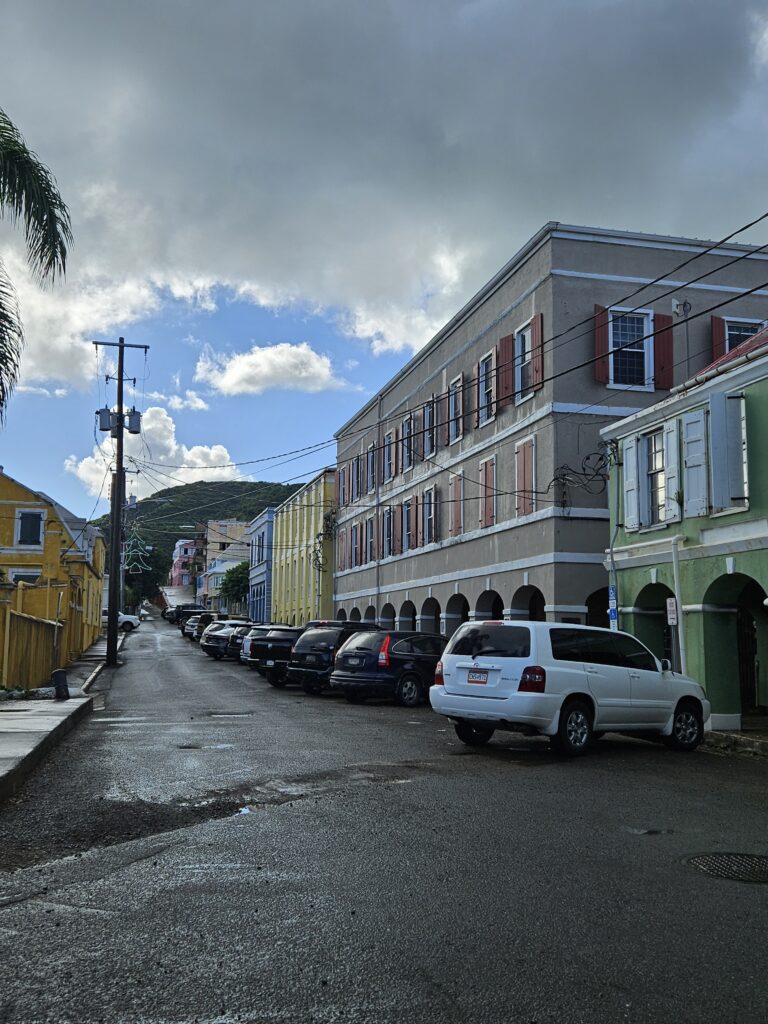
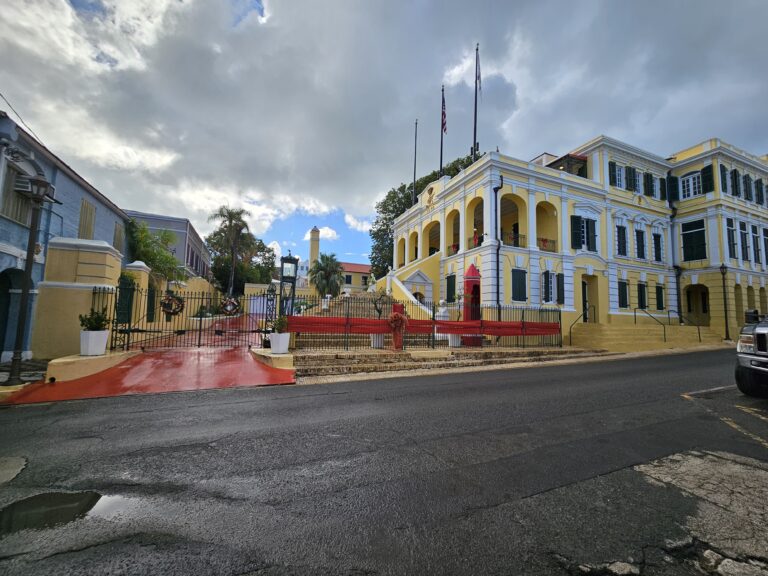
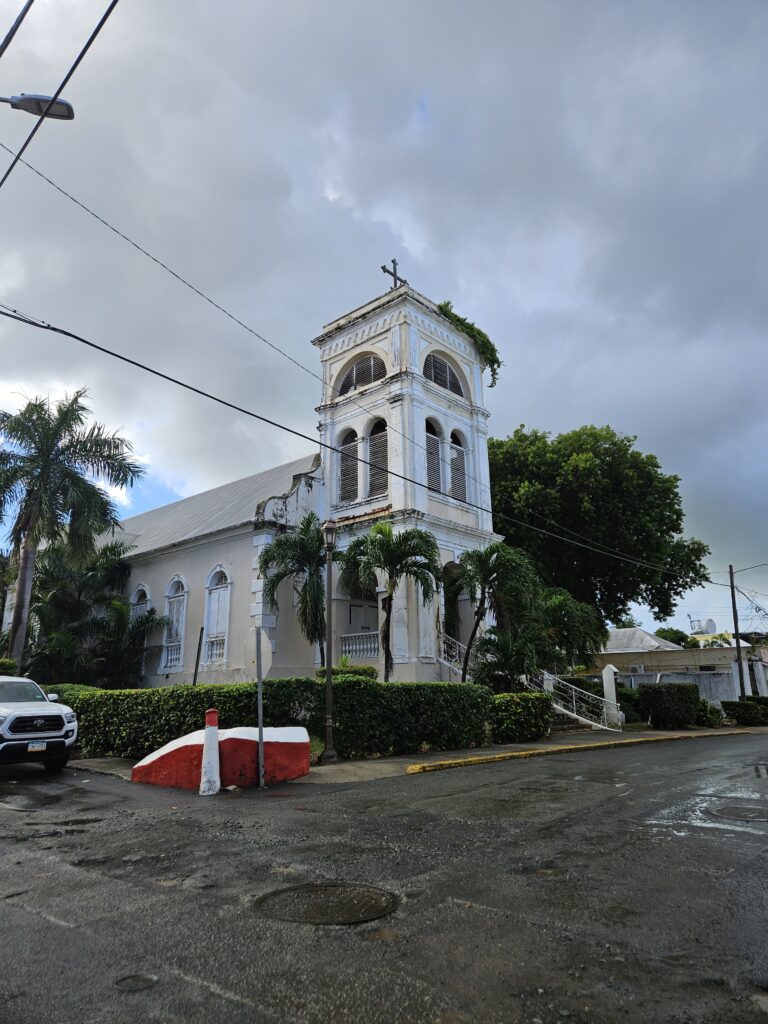
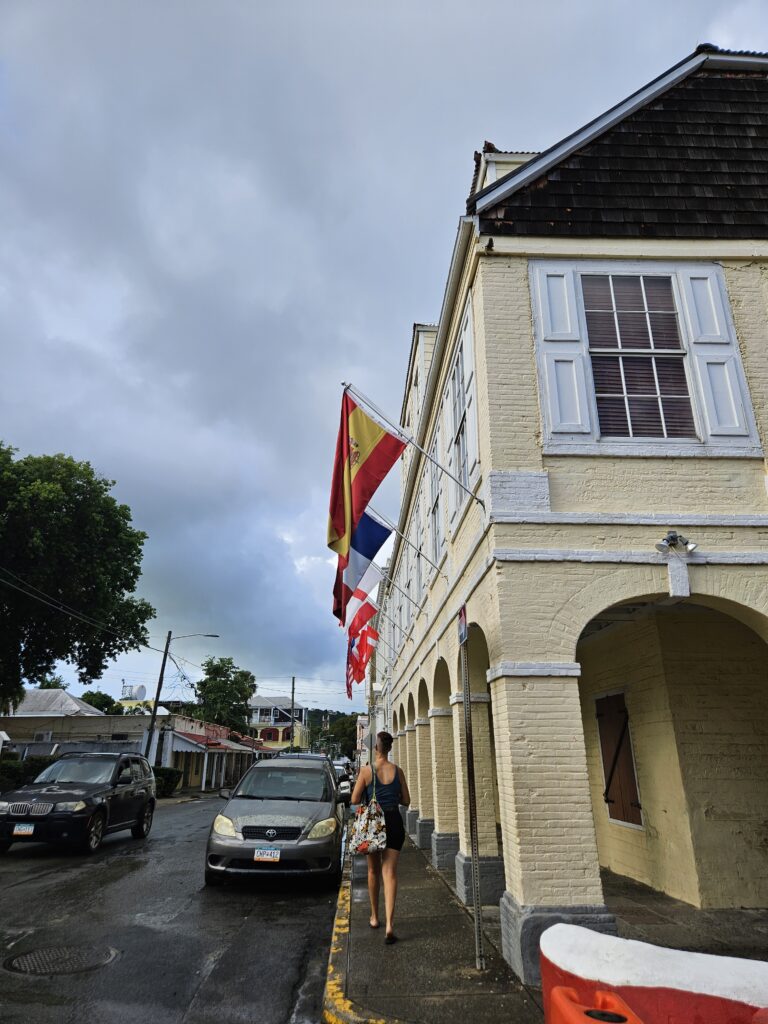
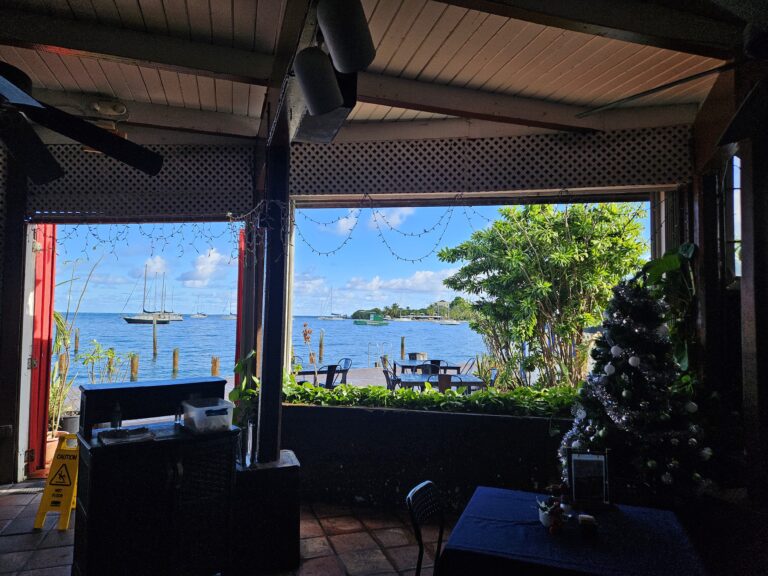
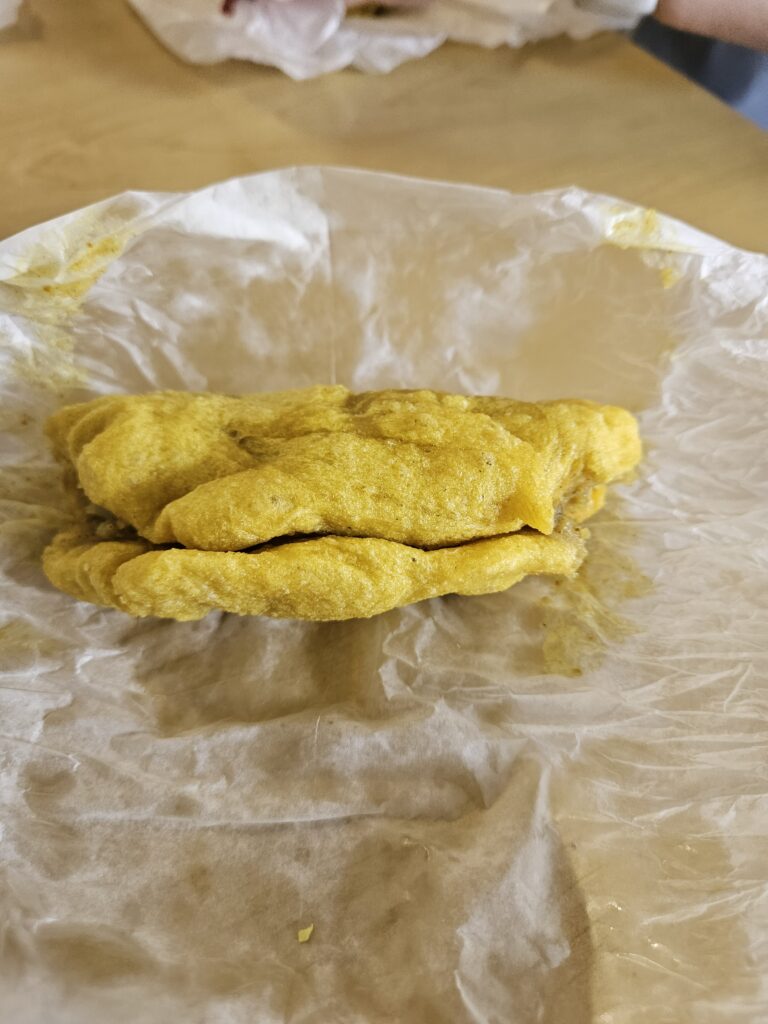
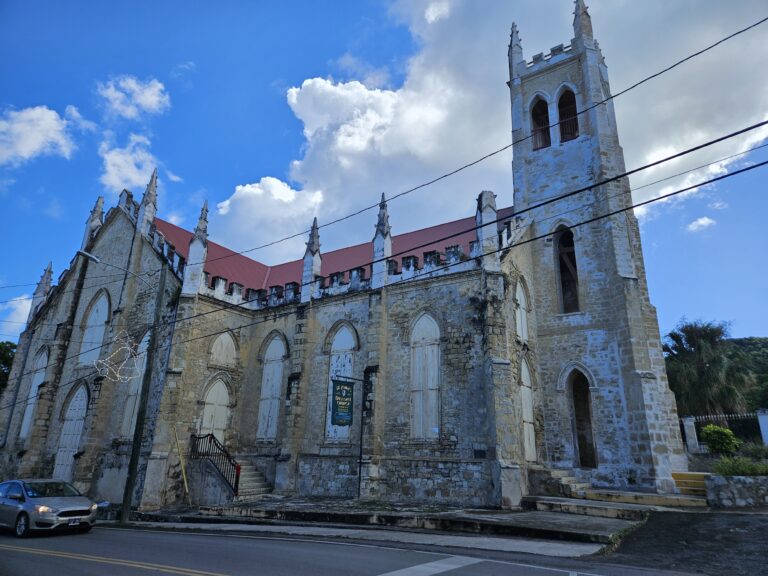
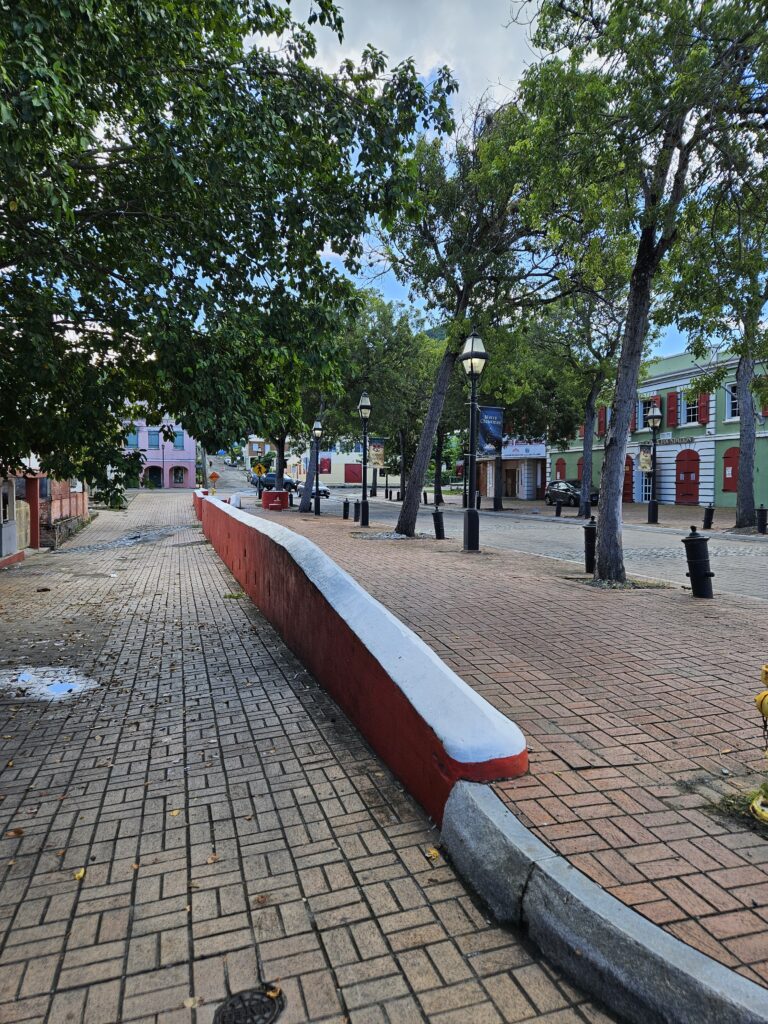
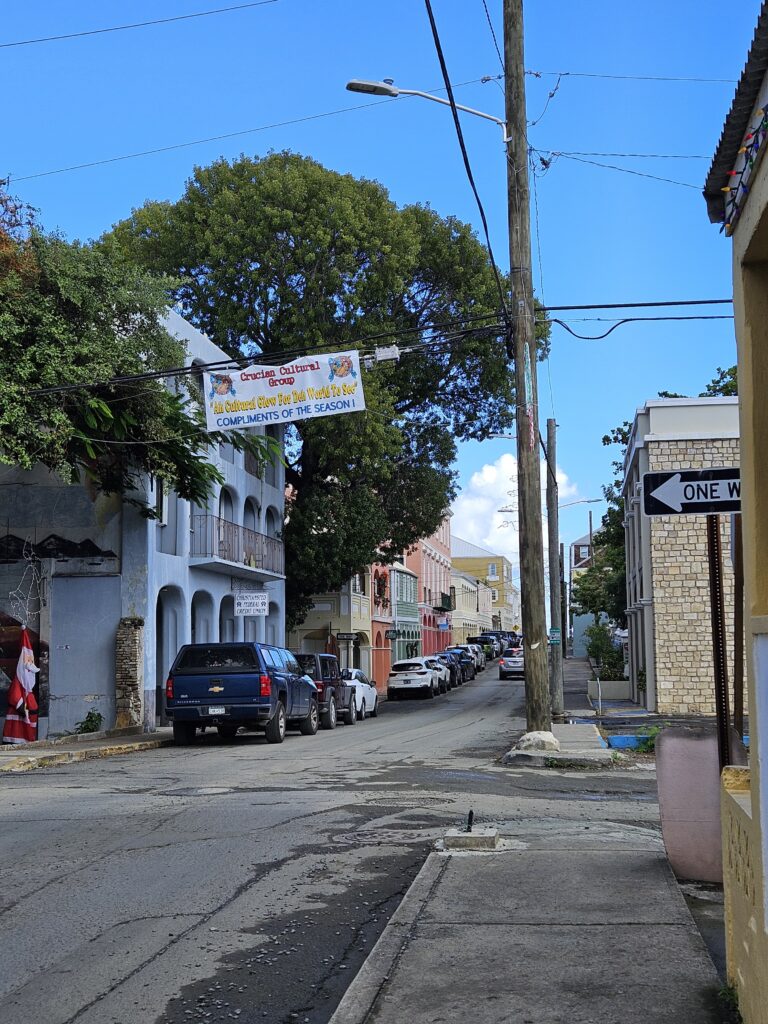
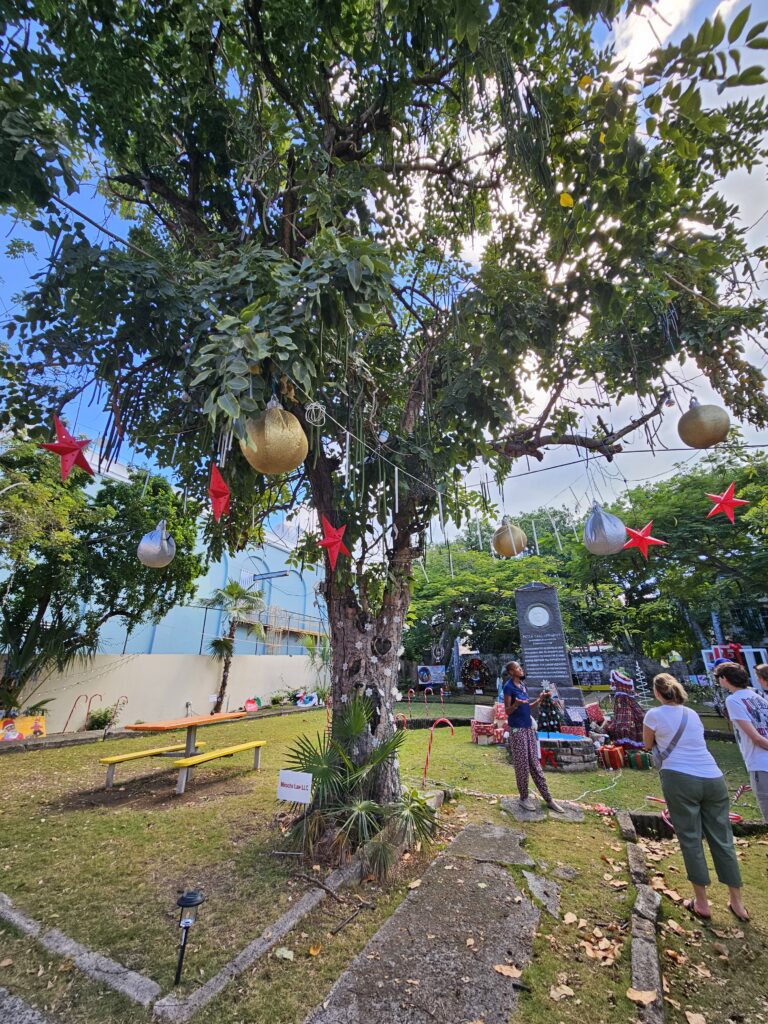
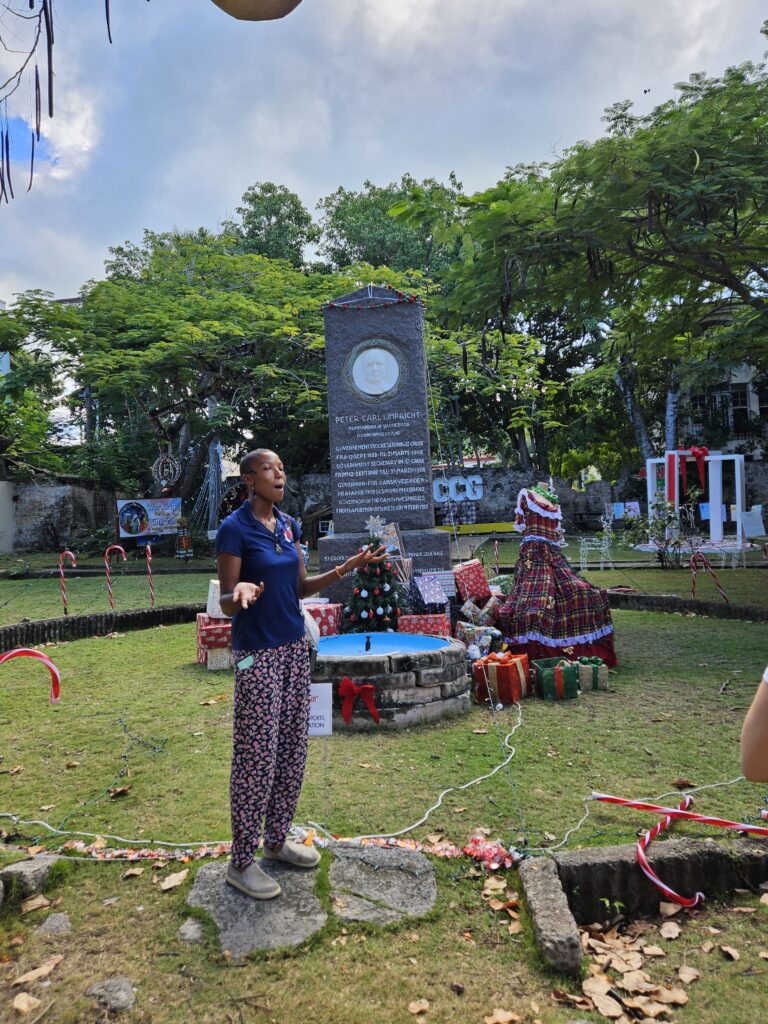
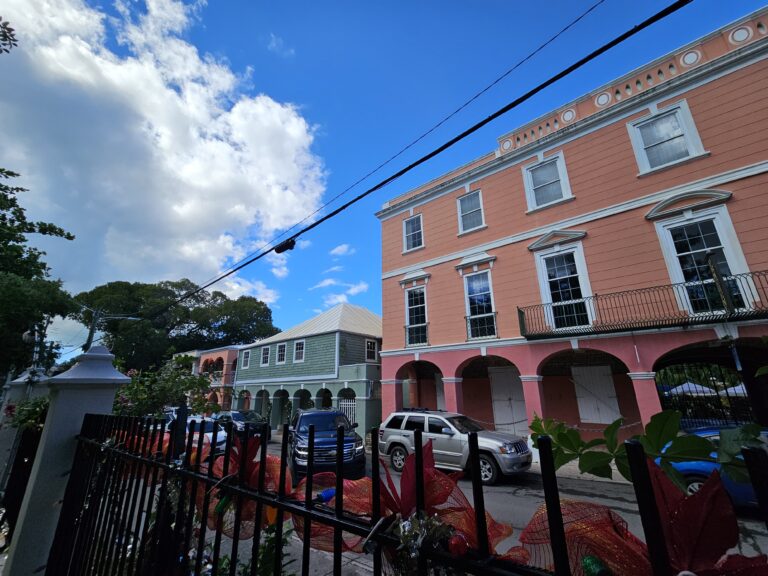
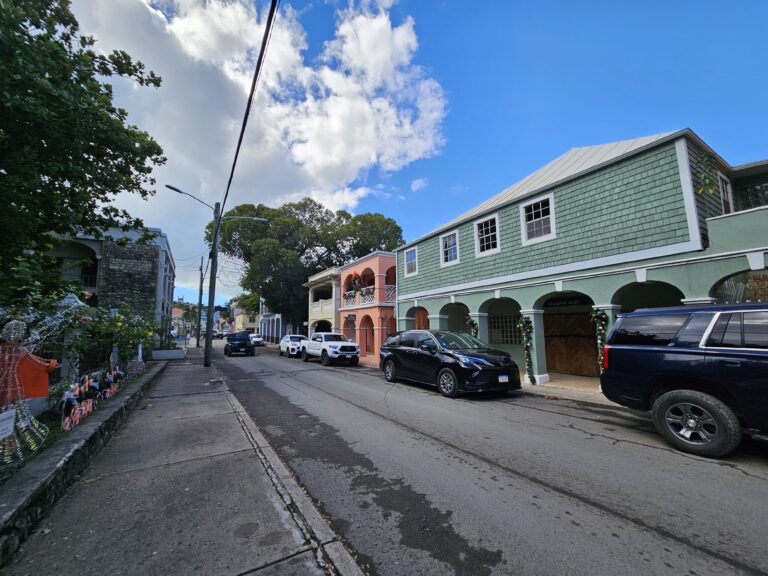
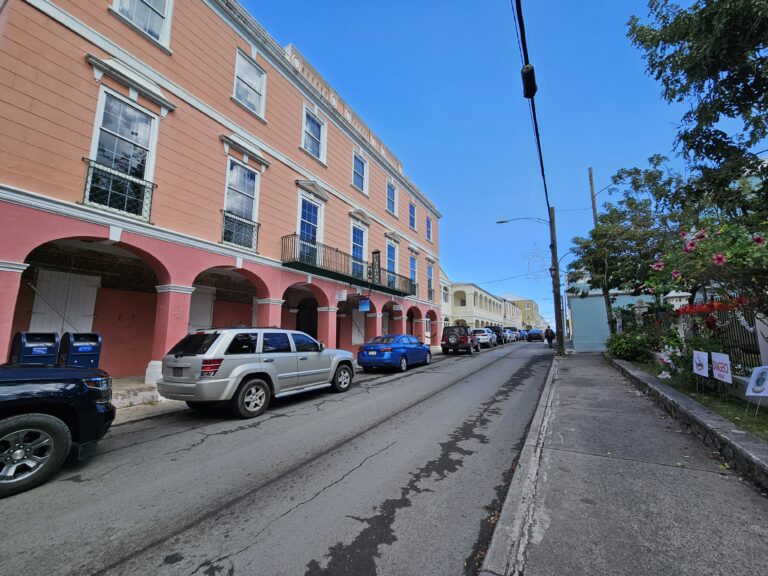
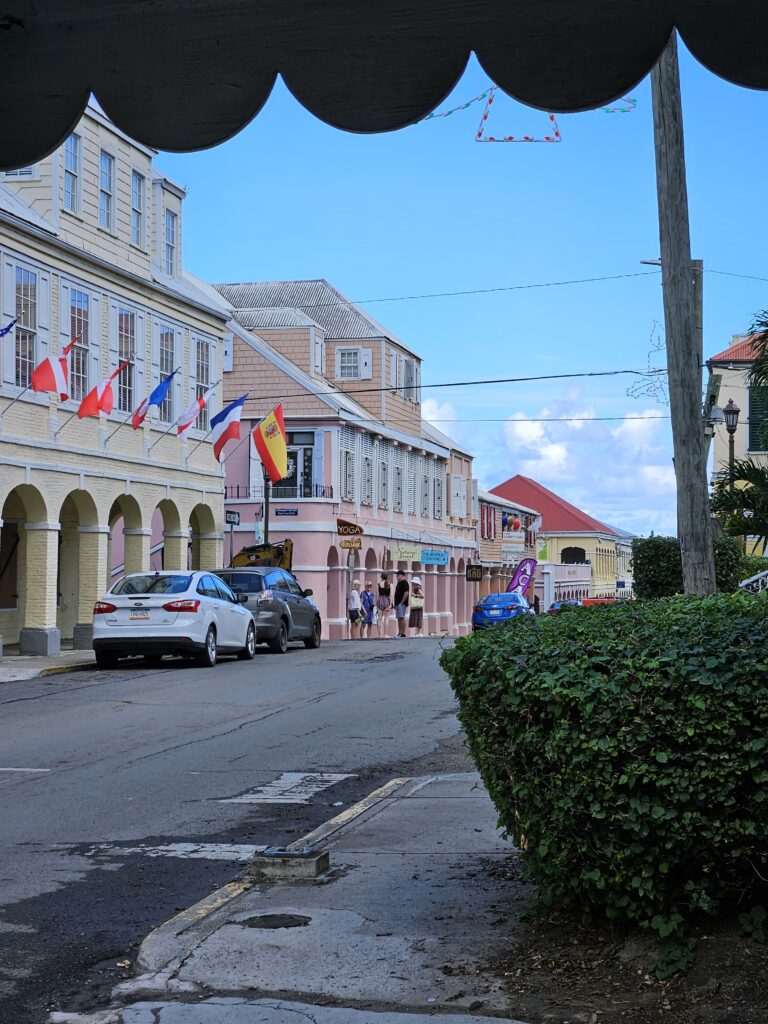
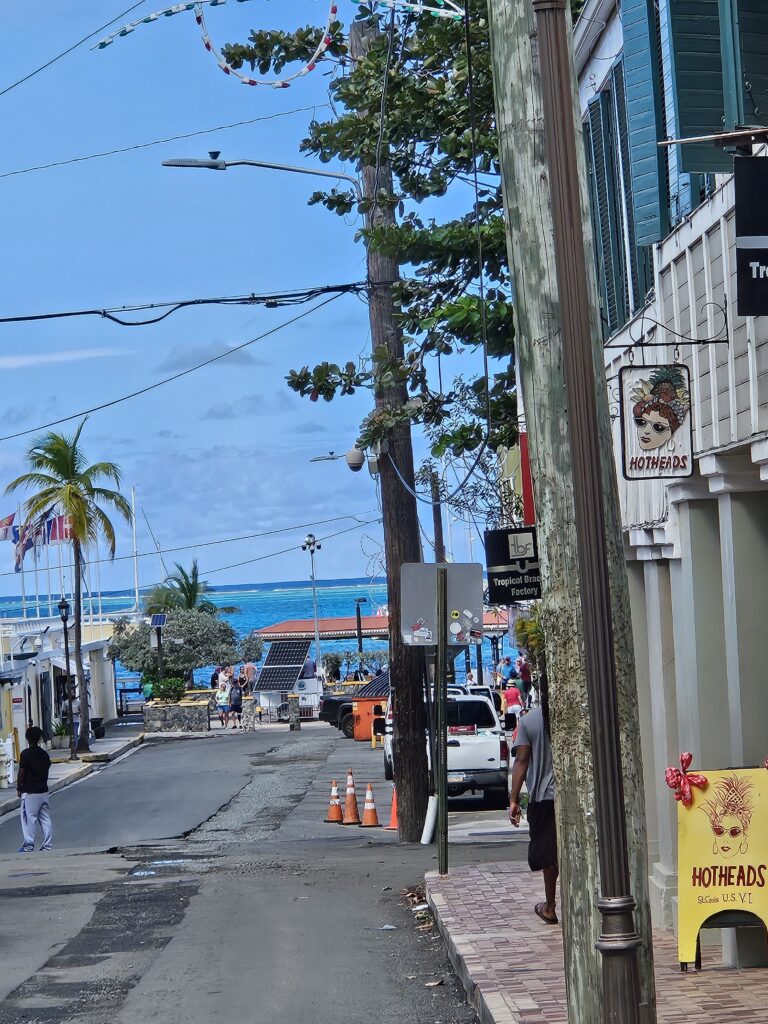
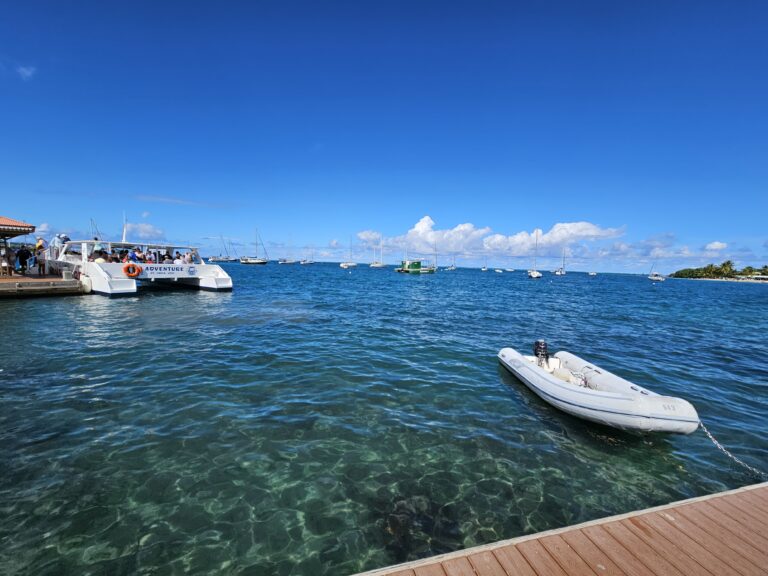
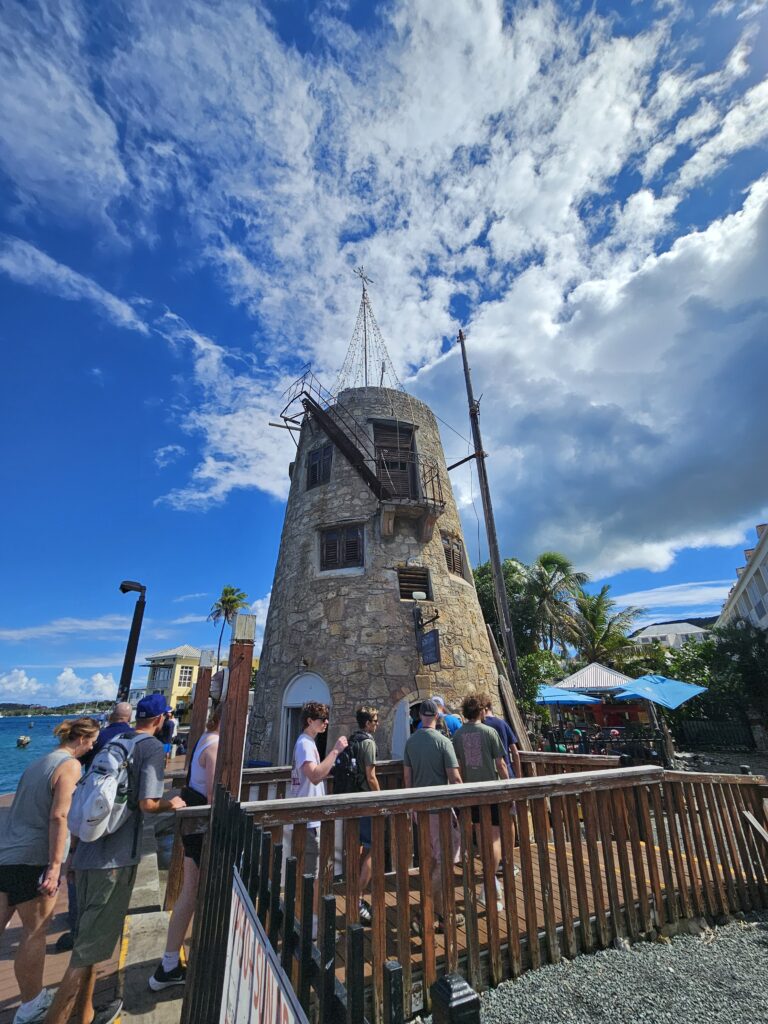
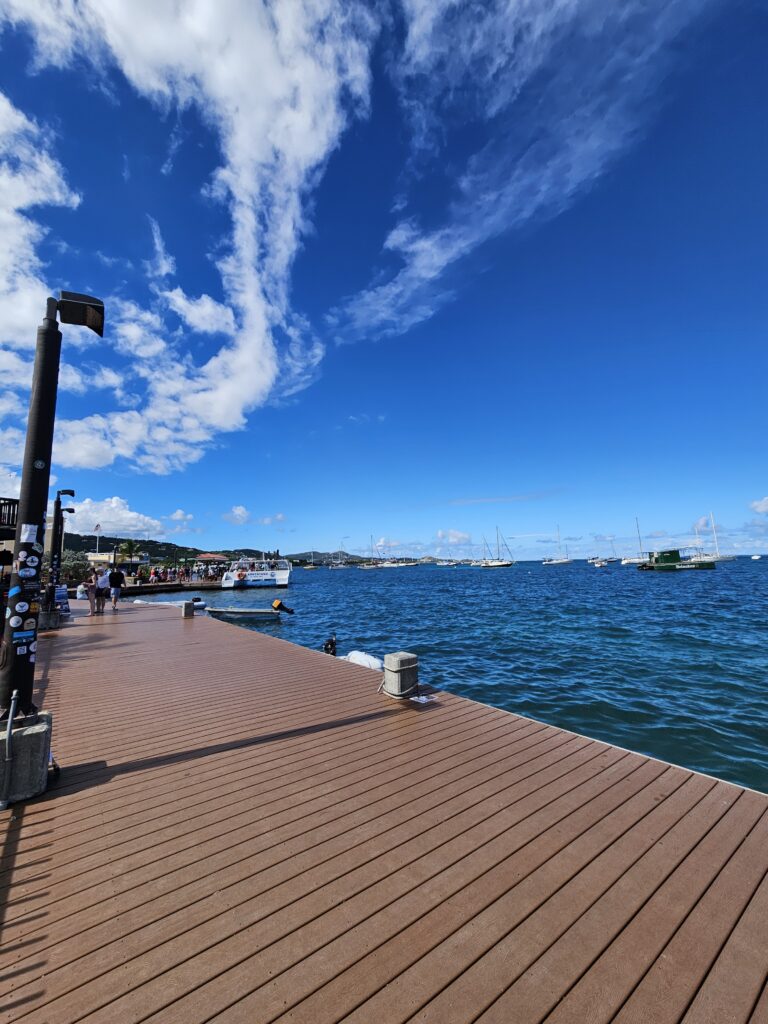
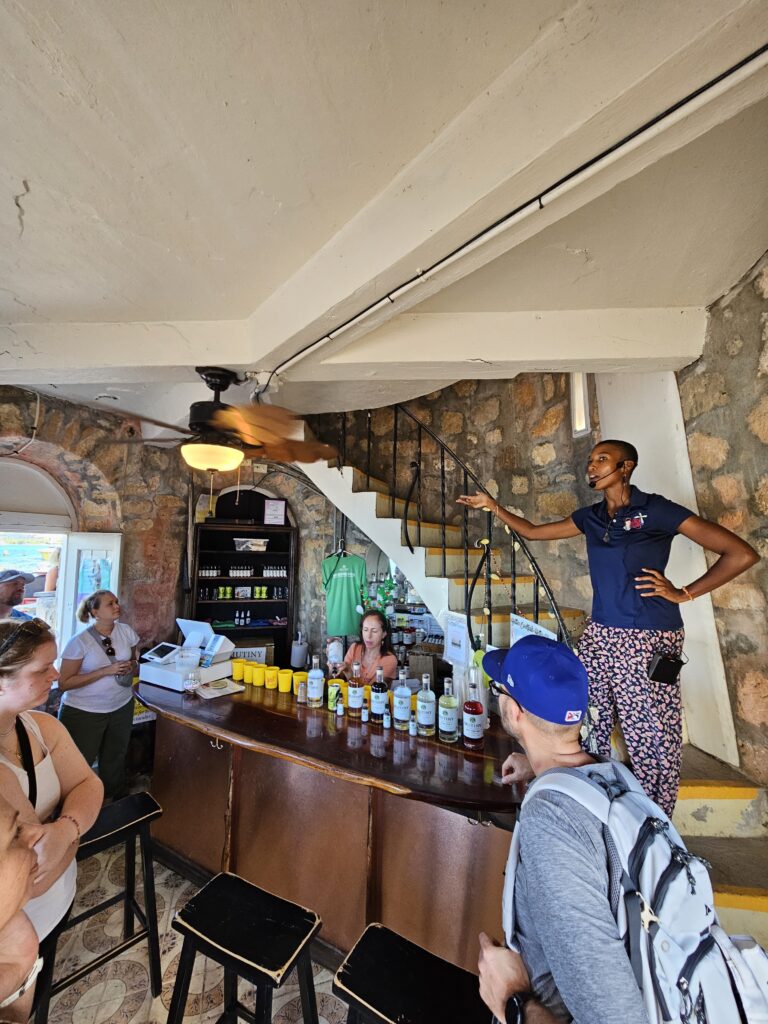
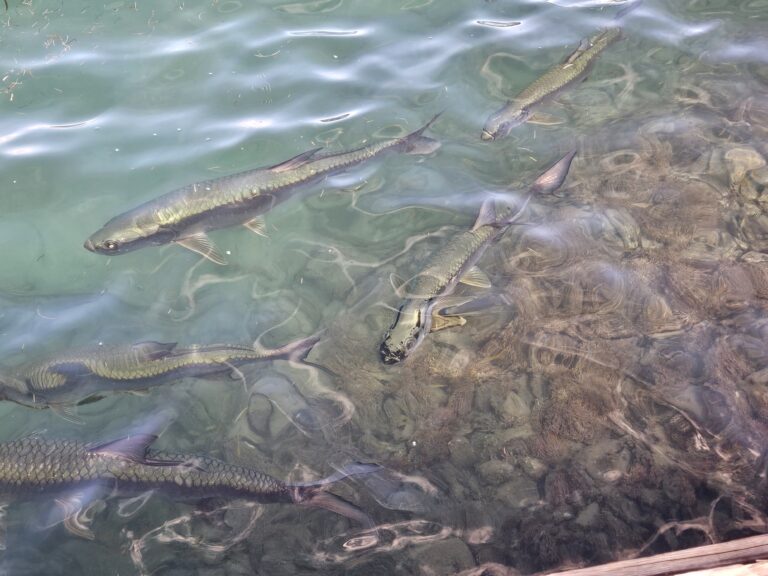
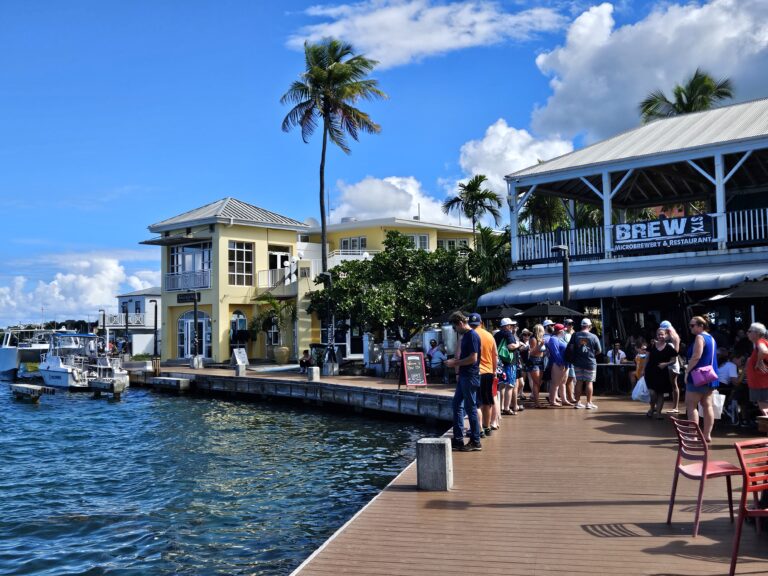
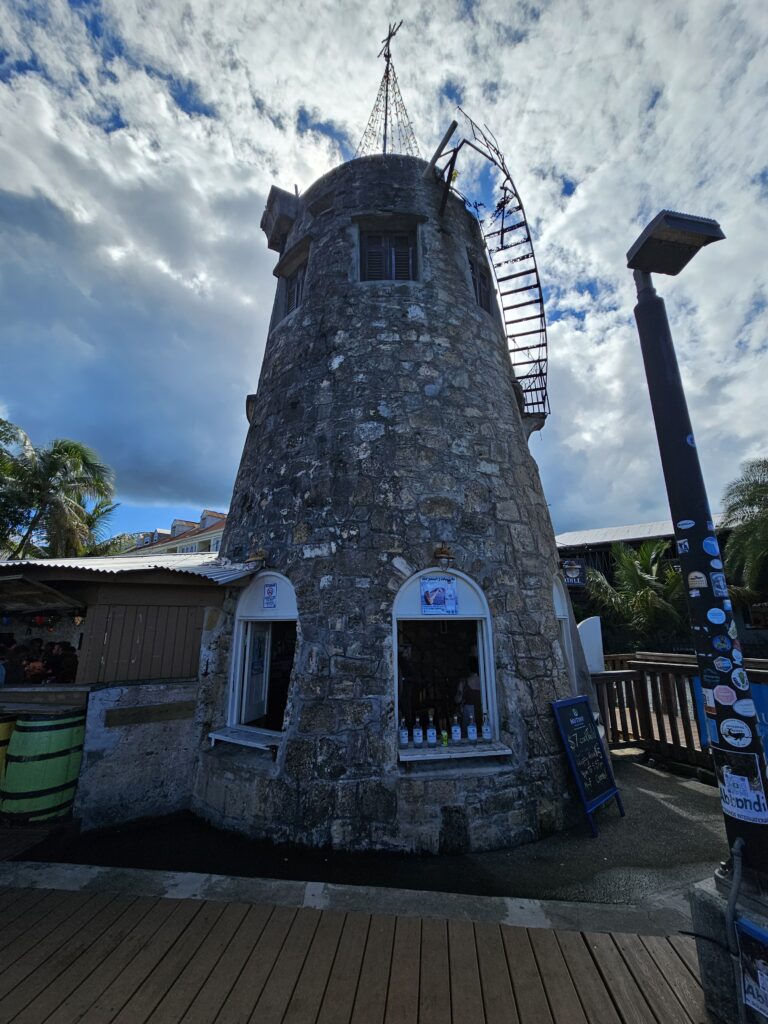
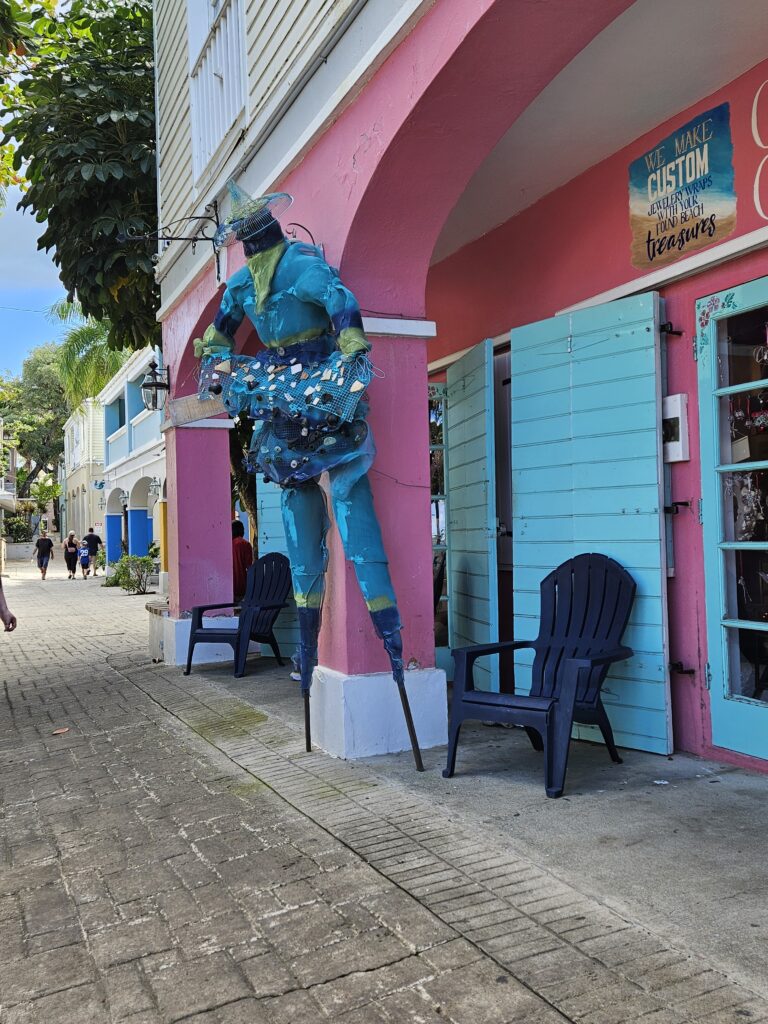
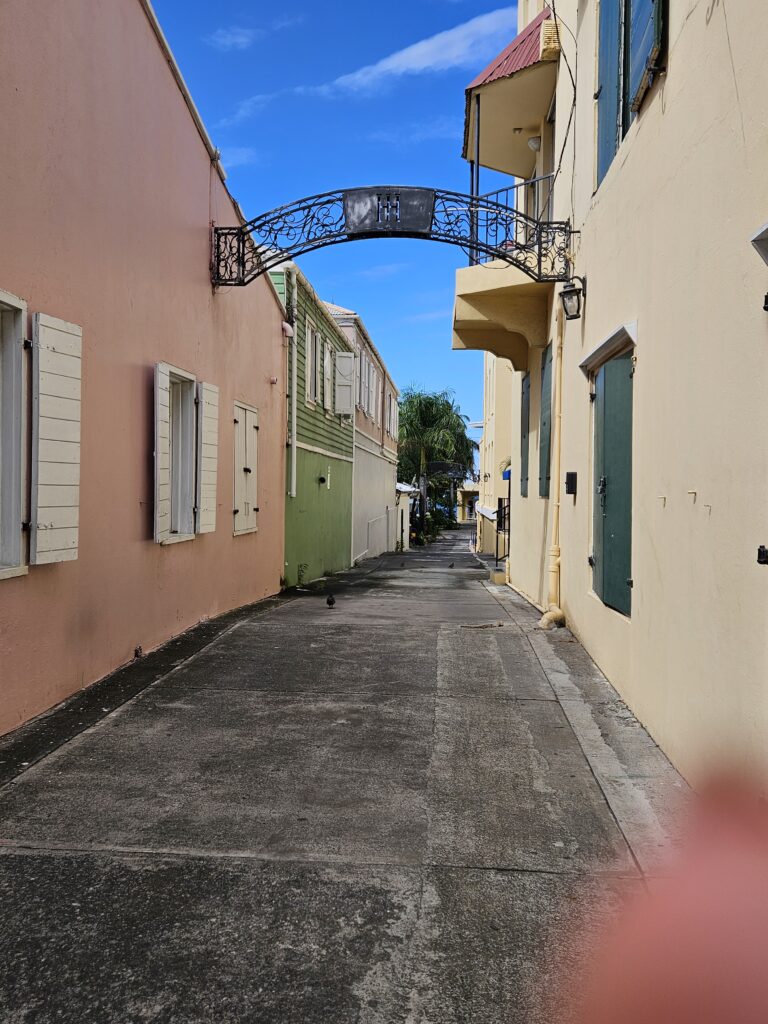
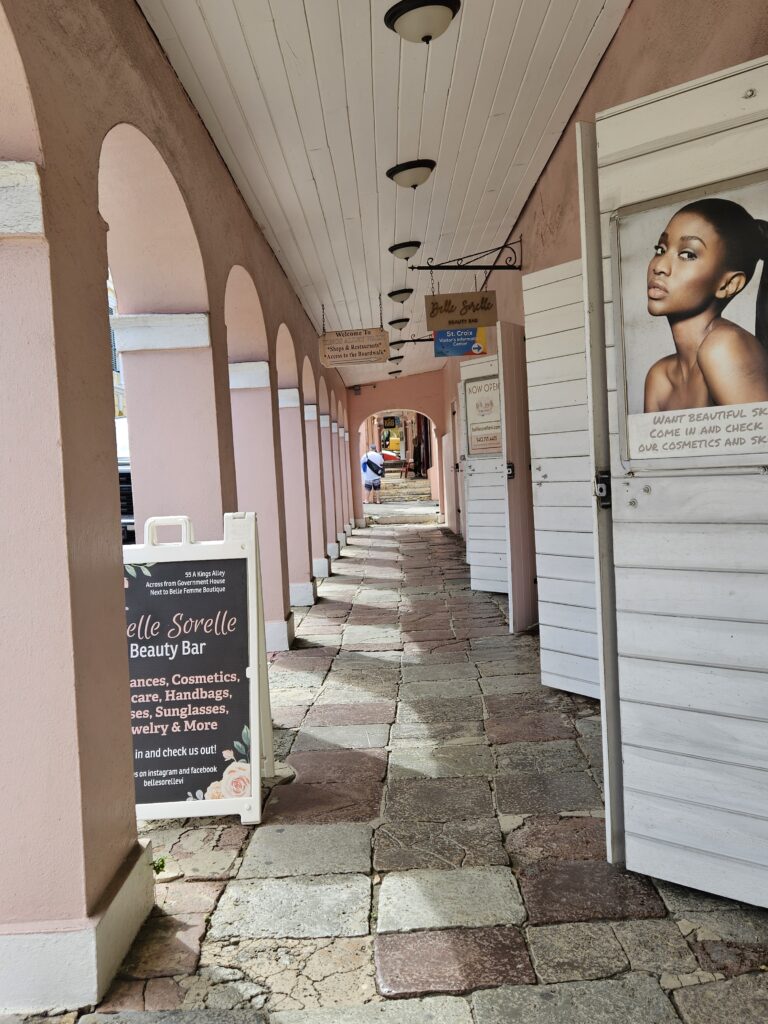
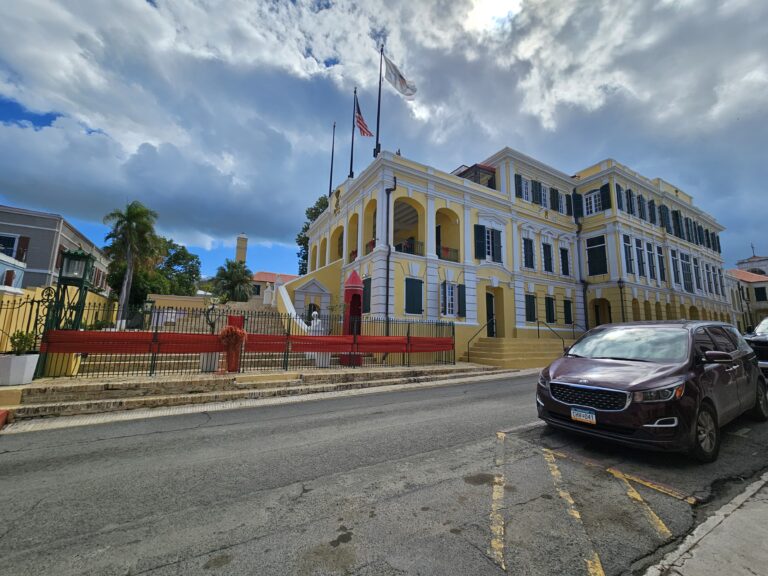
Walking Food Tour in Christiansted, St Croix
Always here this song, no matter where in the world I am.
Kids performing Christmas eve morning in Charlotte Amalie, St Thomas
Ferry ride between the Islands
Ferry ride between the Islands
Seaplane to St Croix
St Thomas Views
St Thomas Views